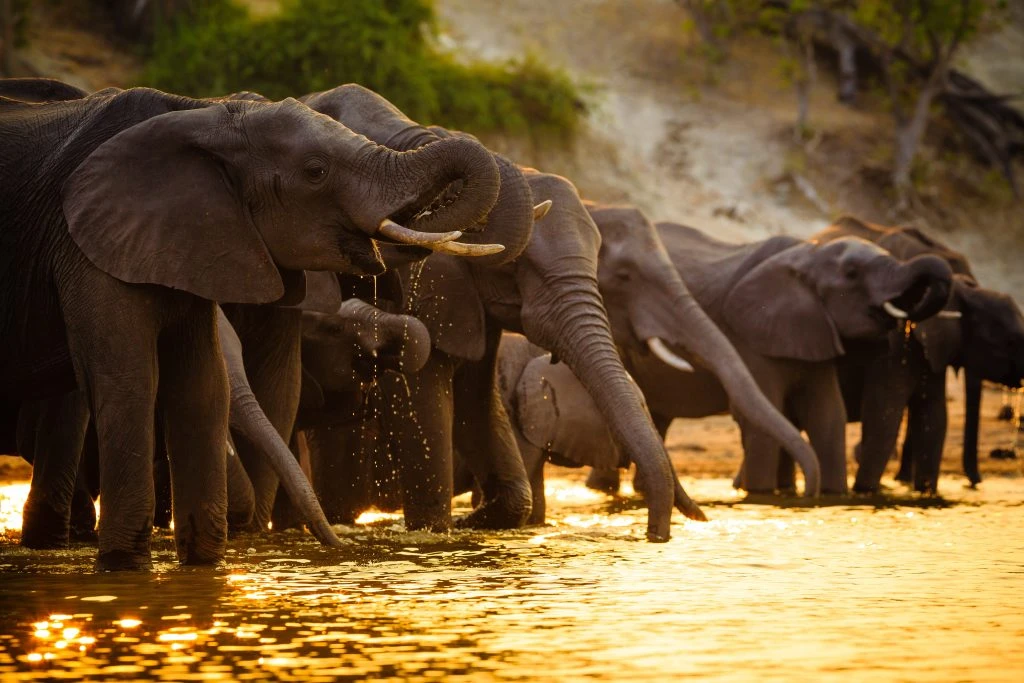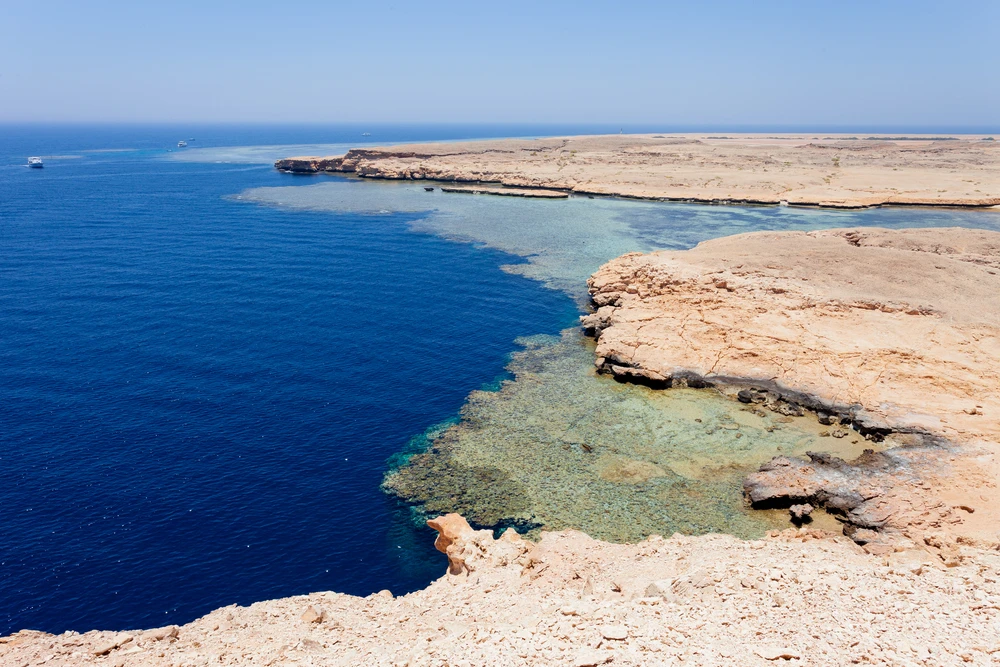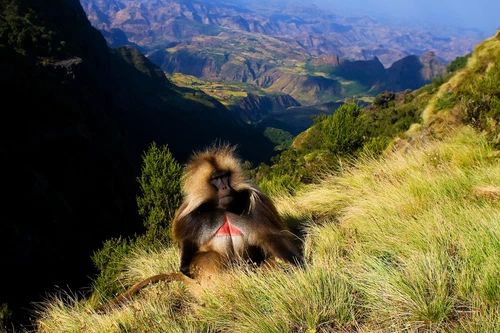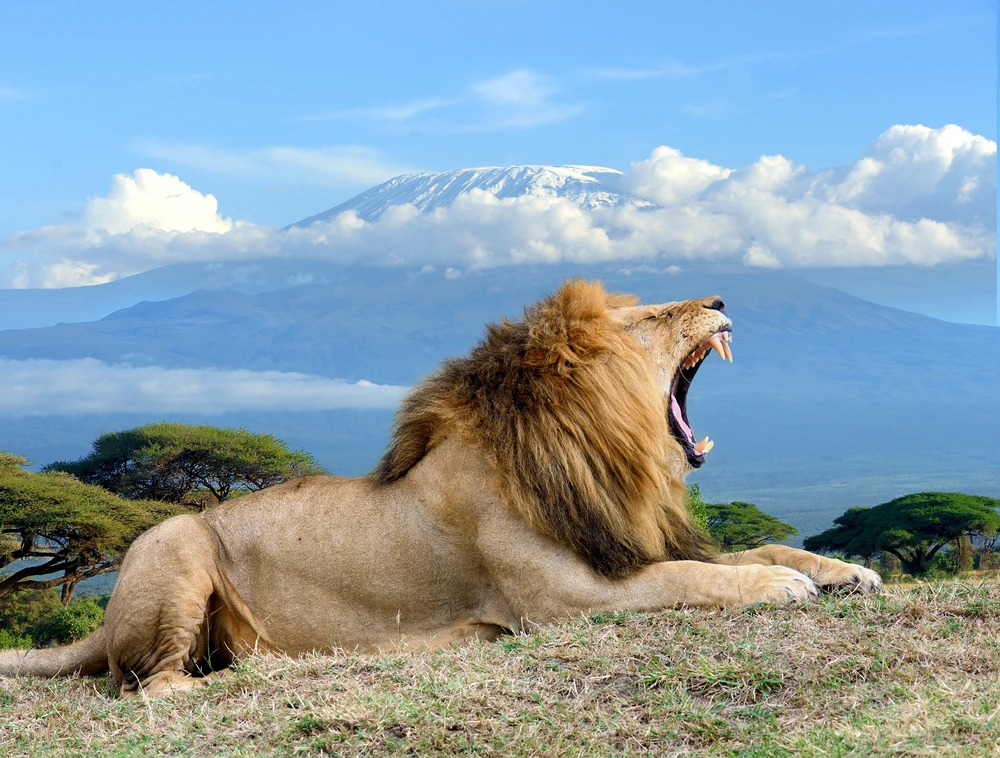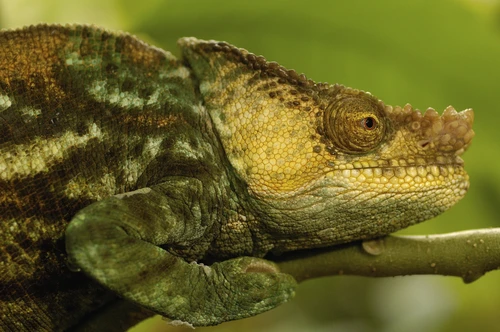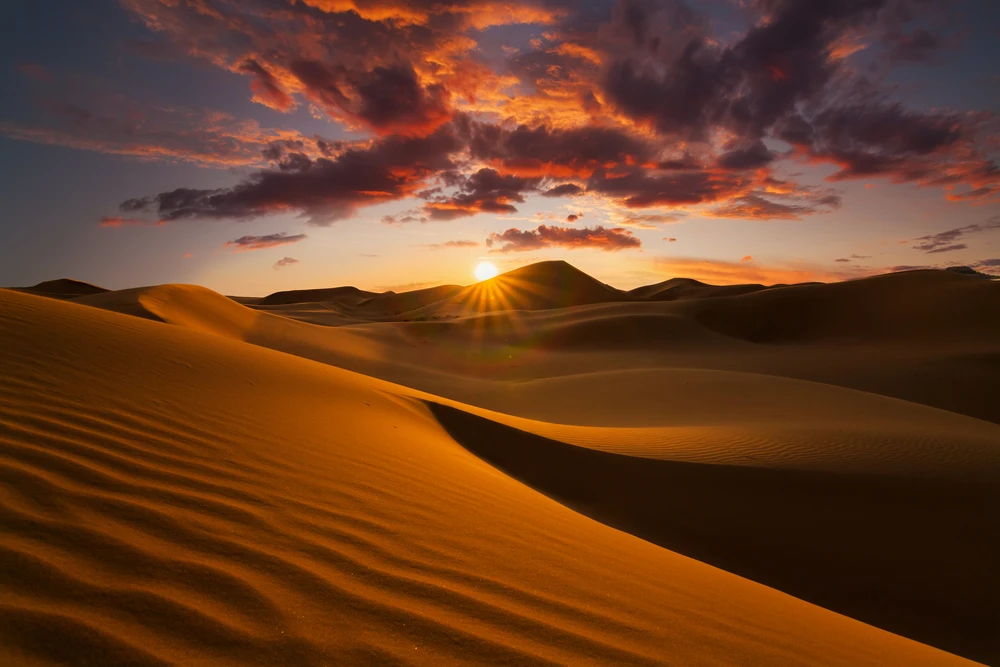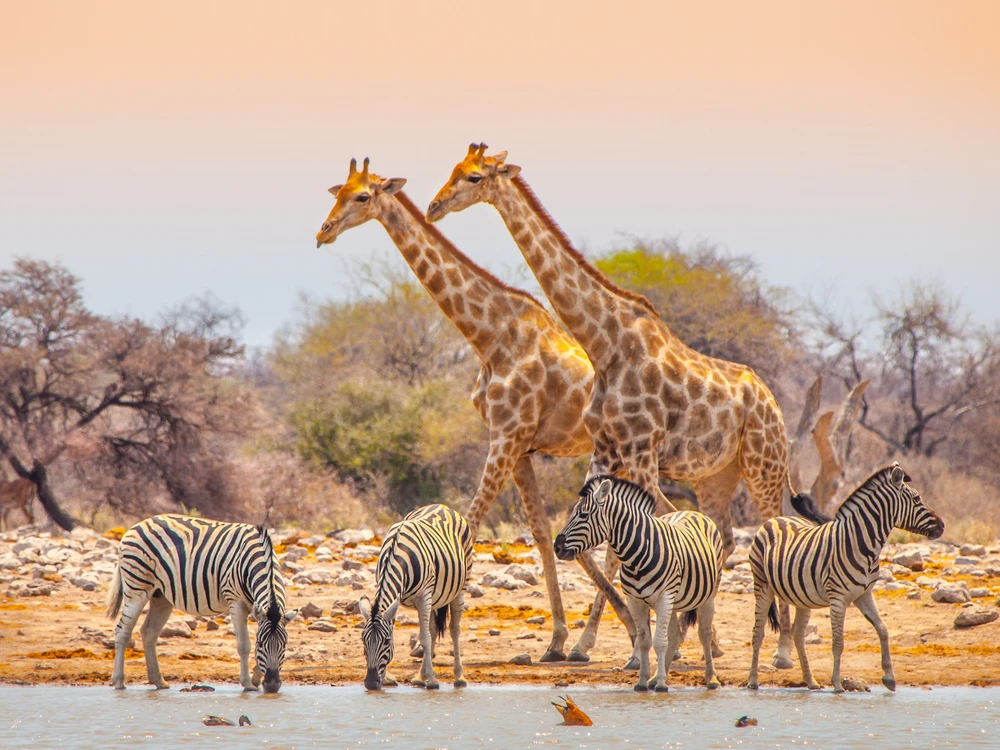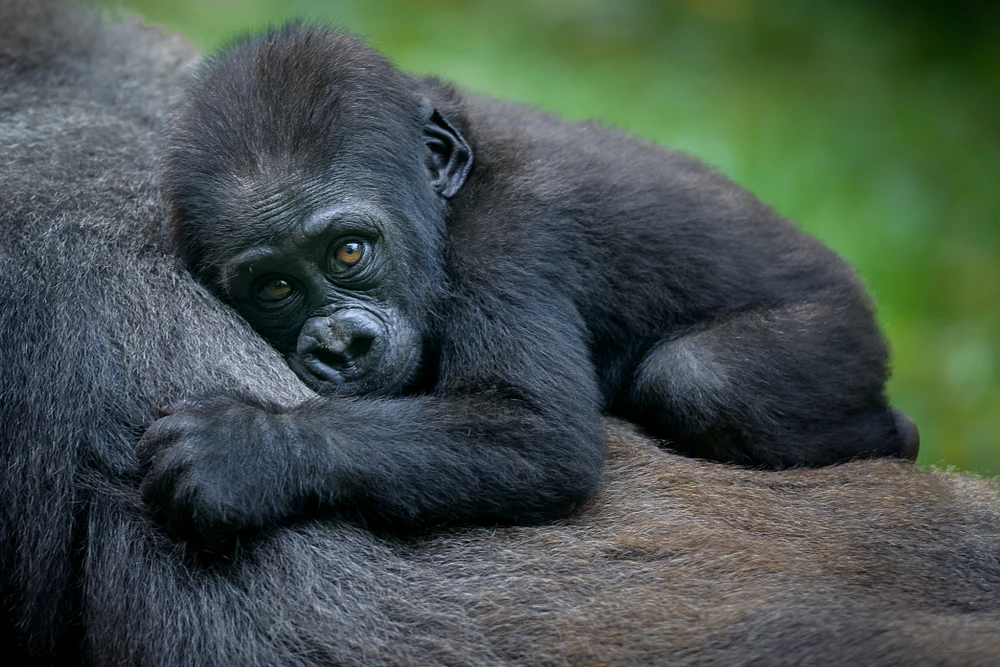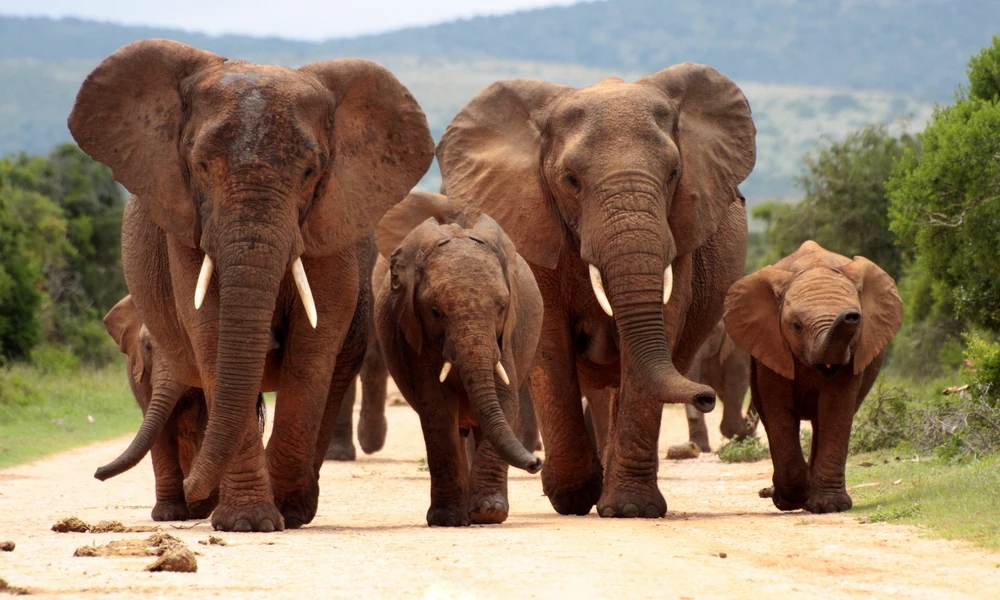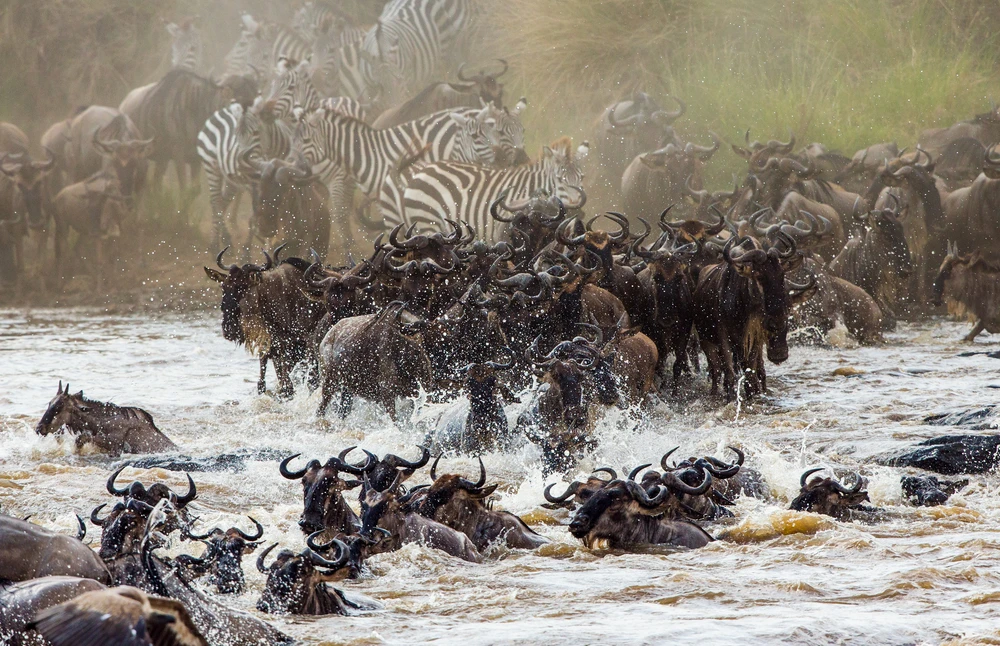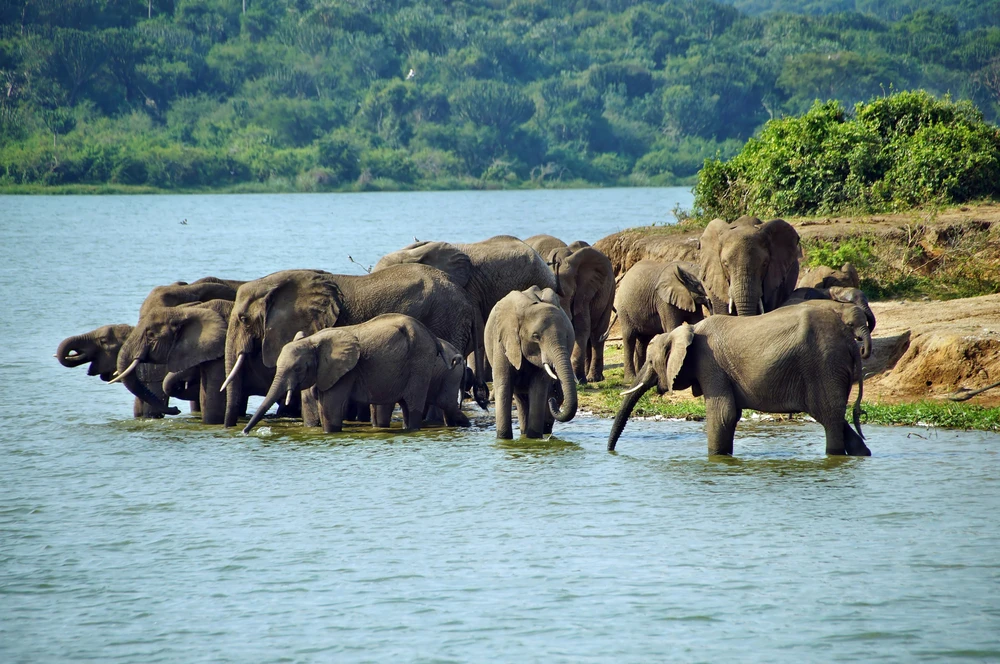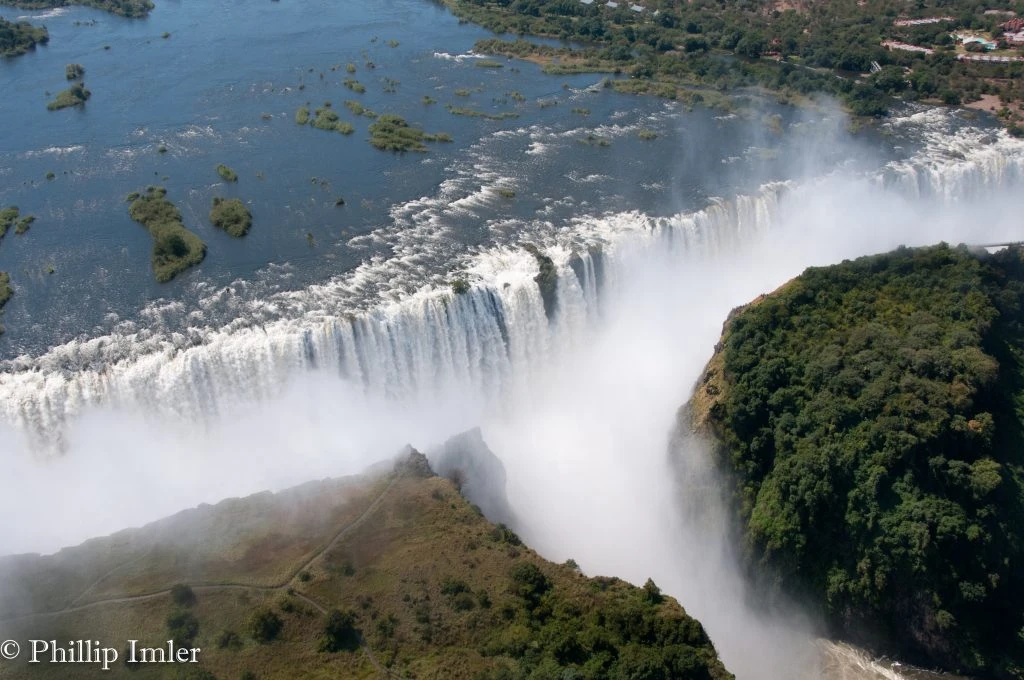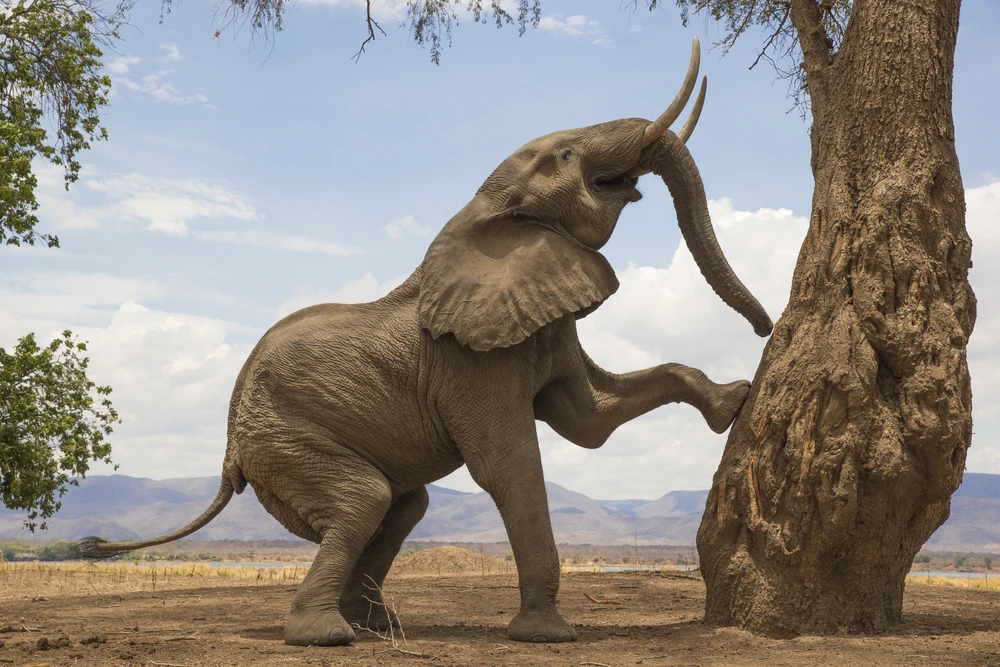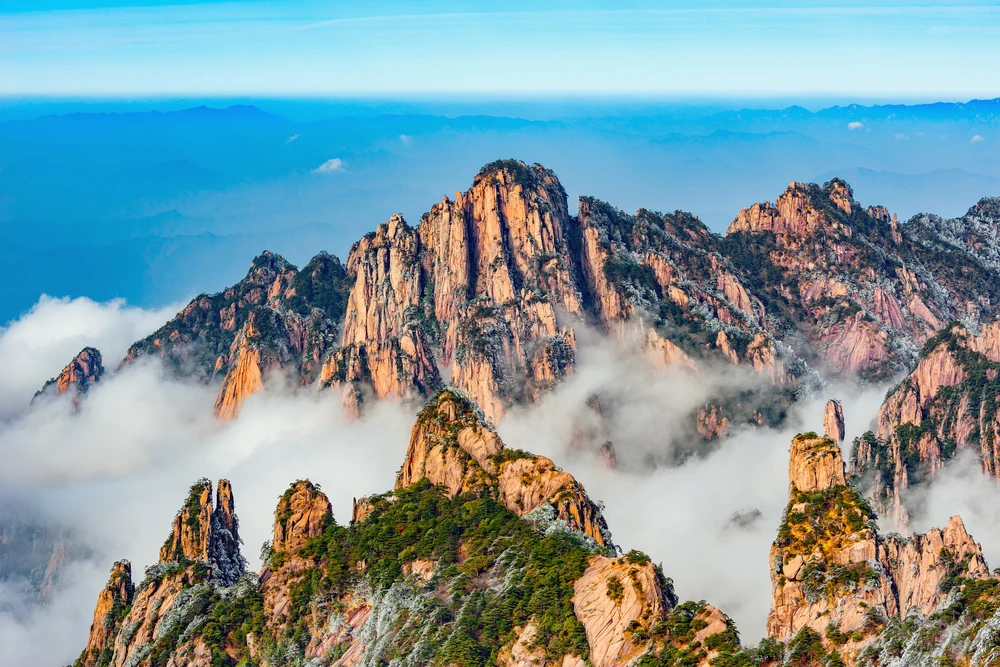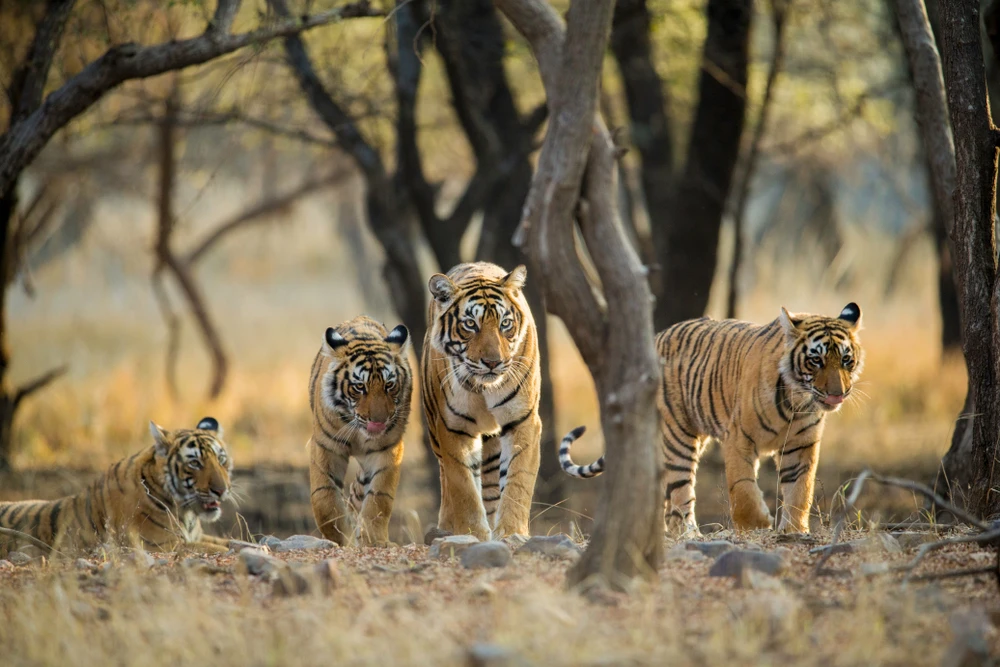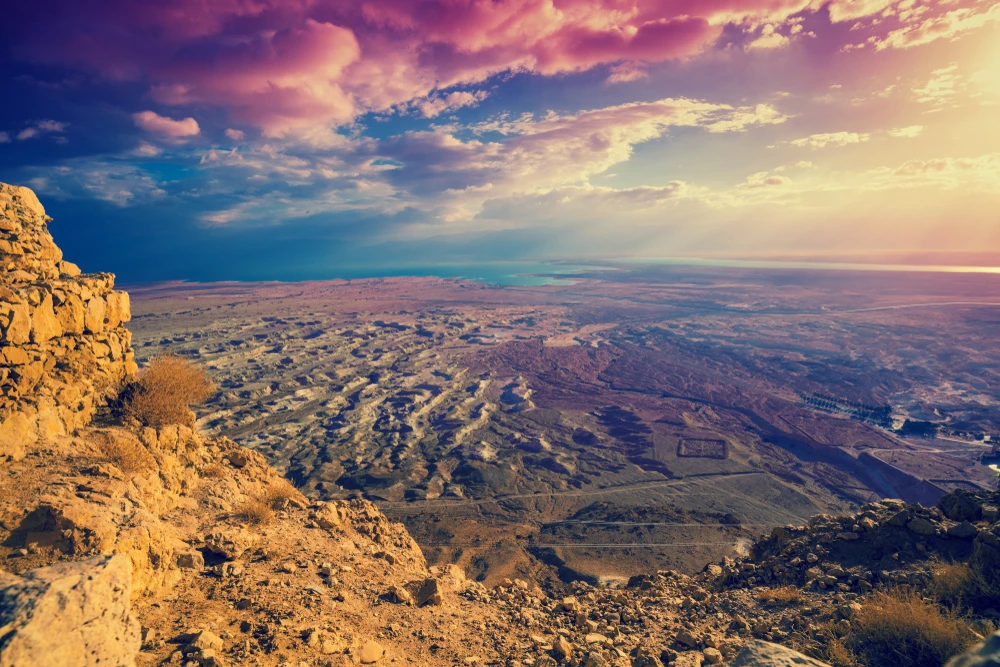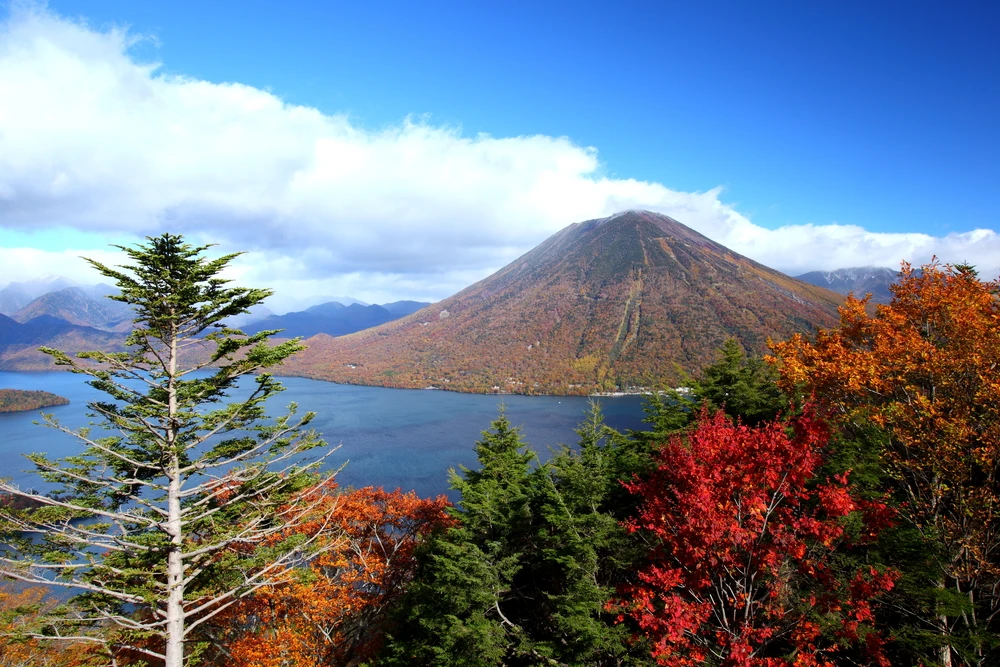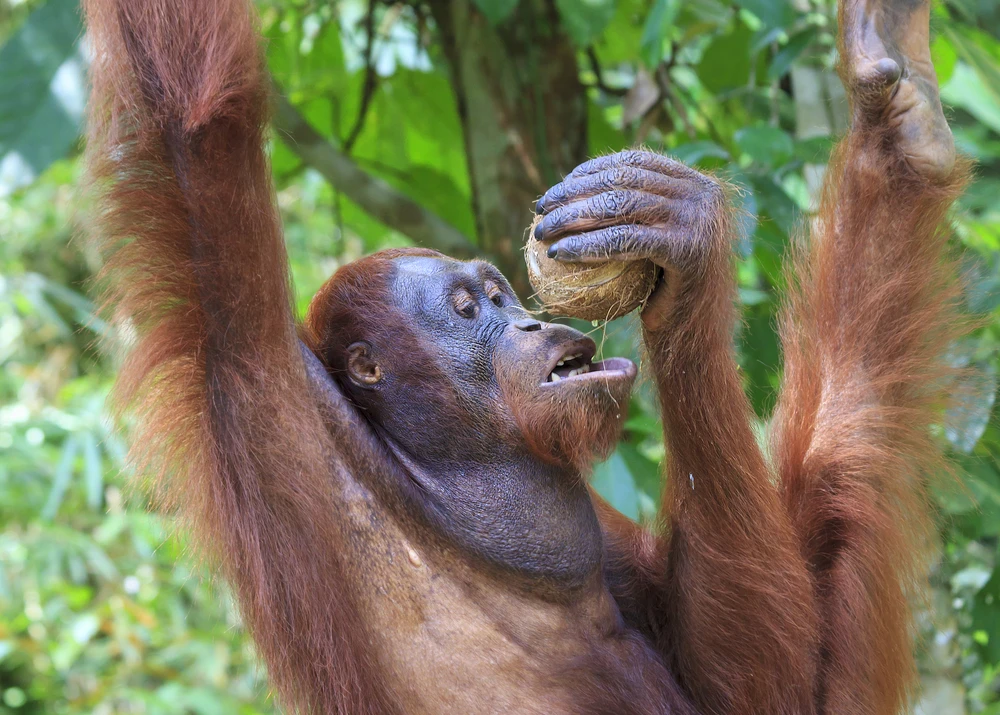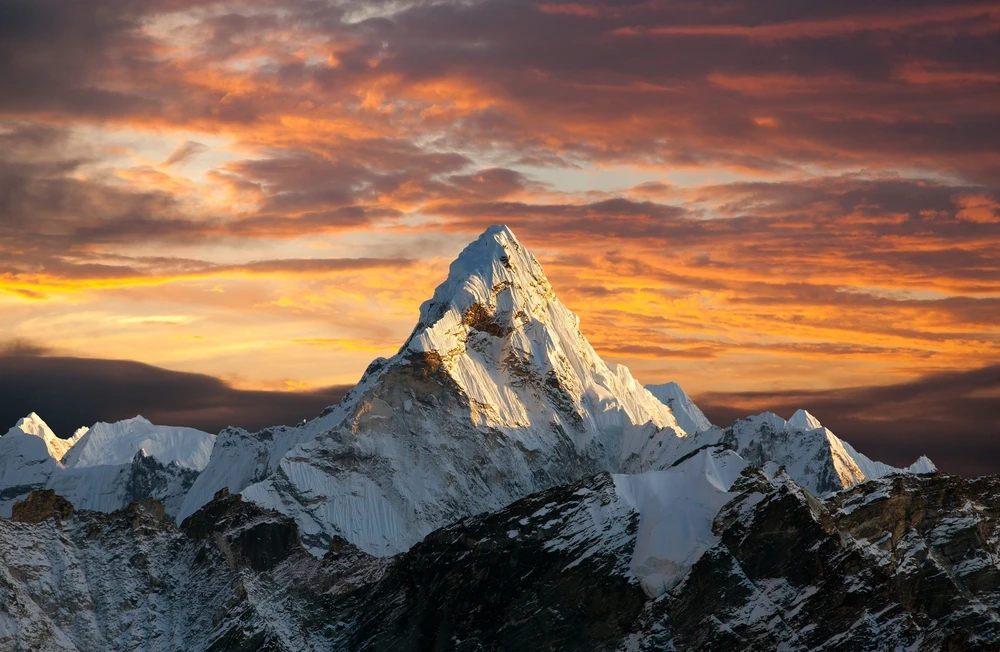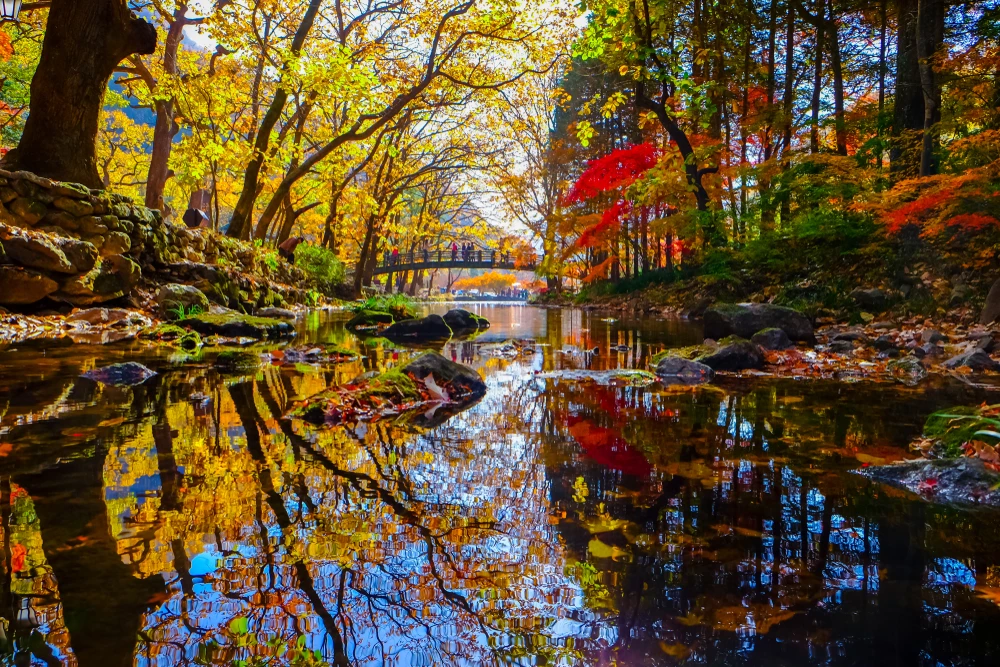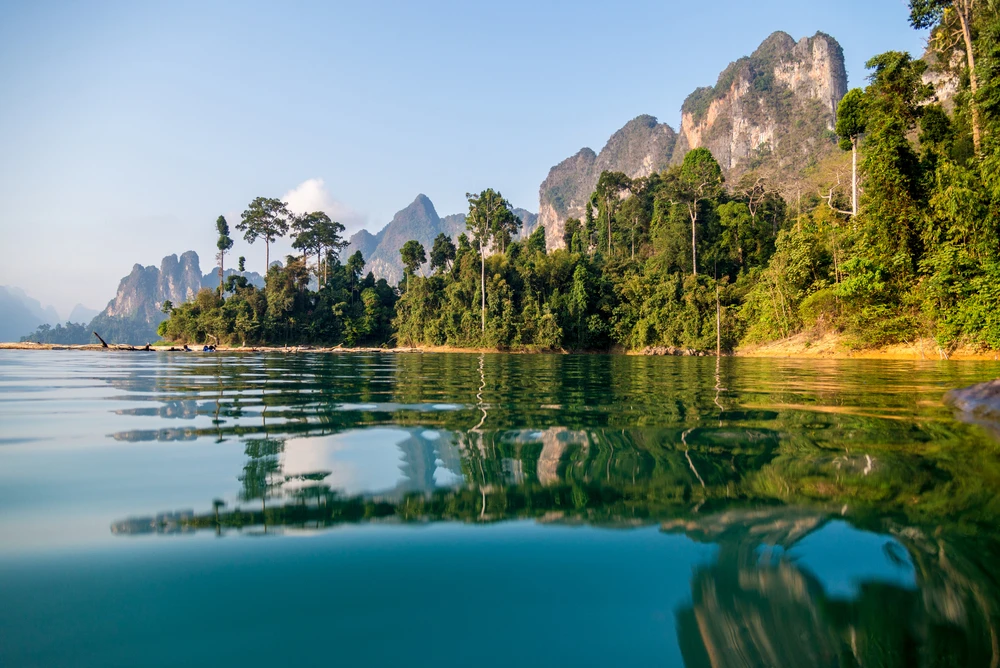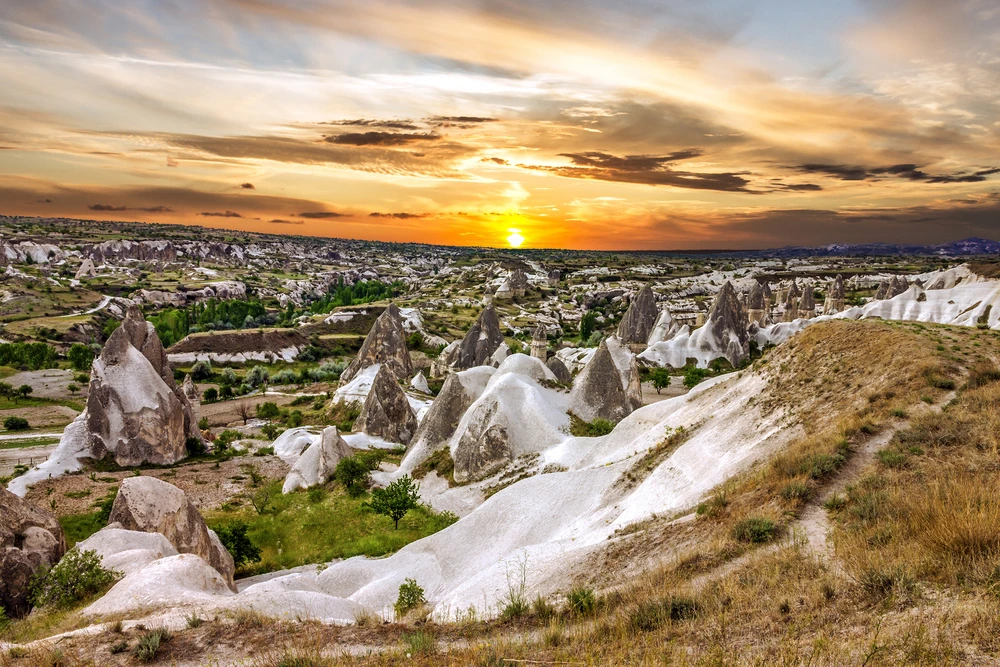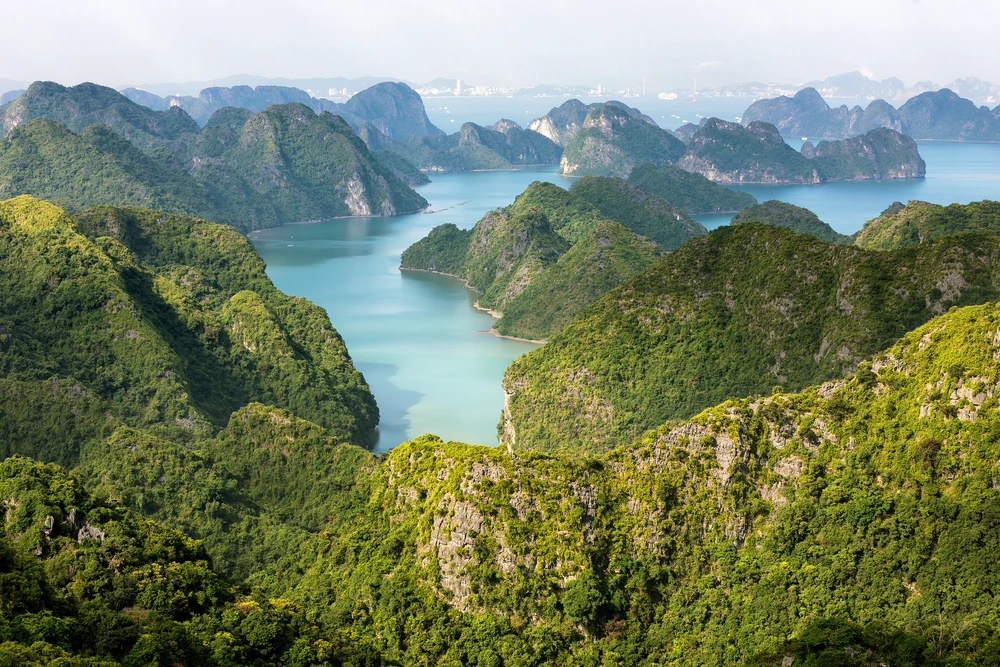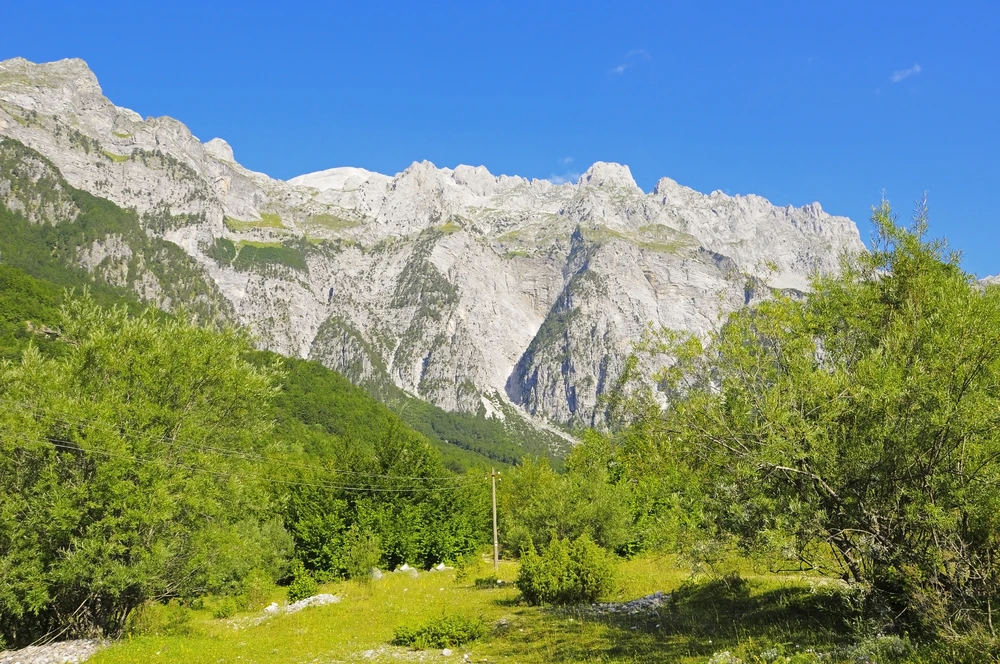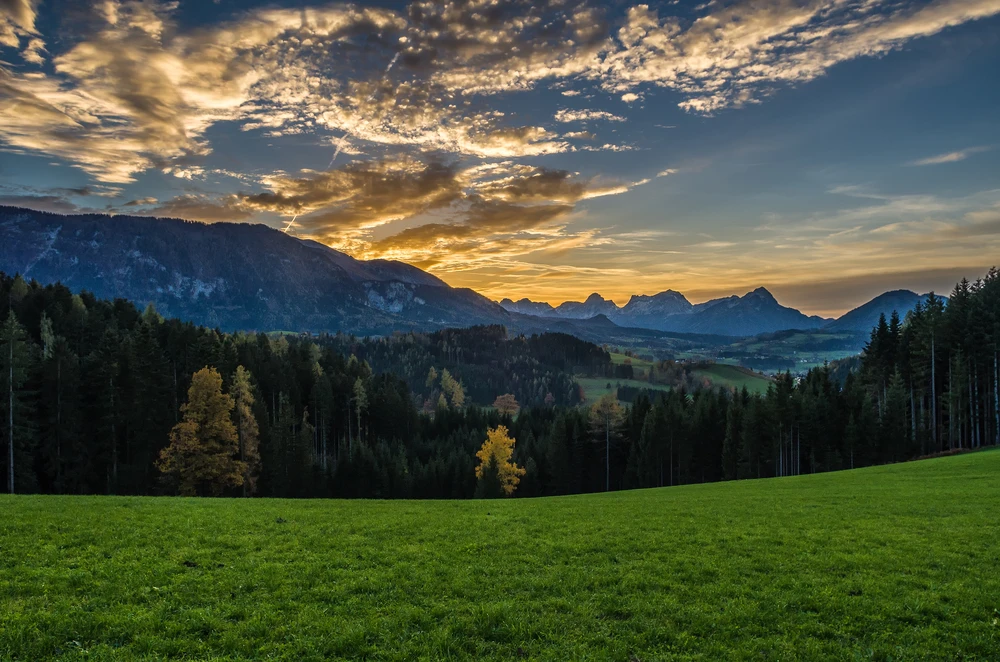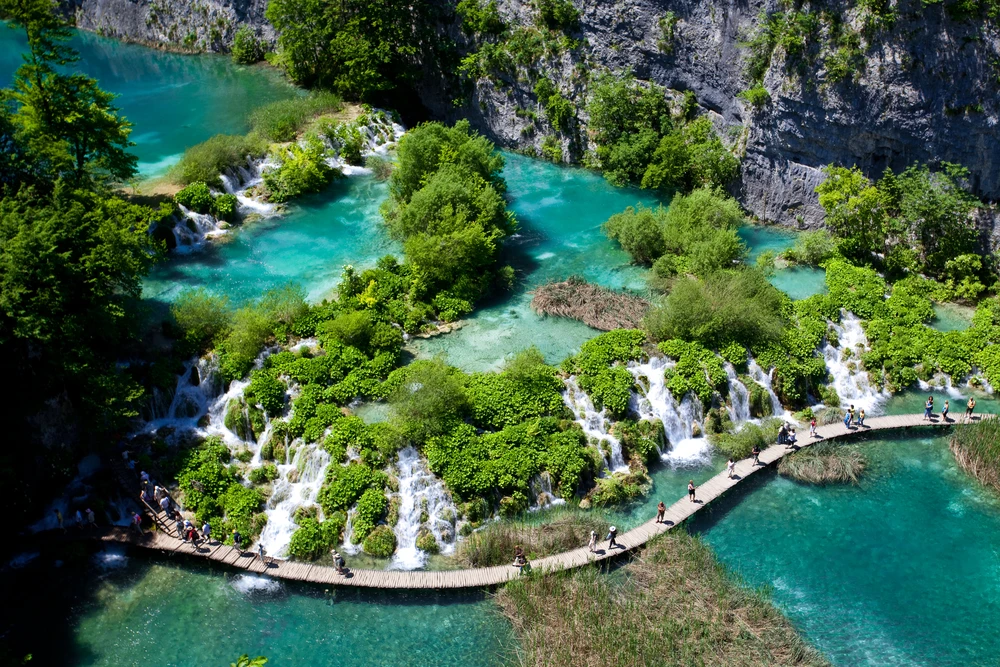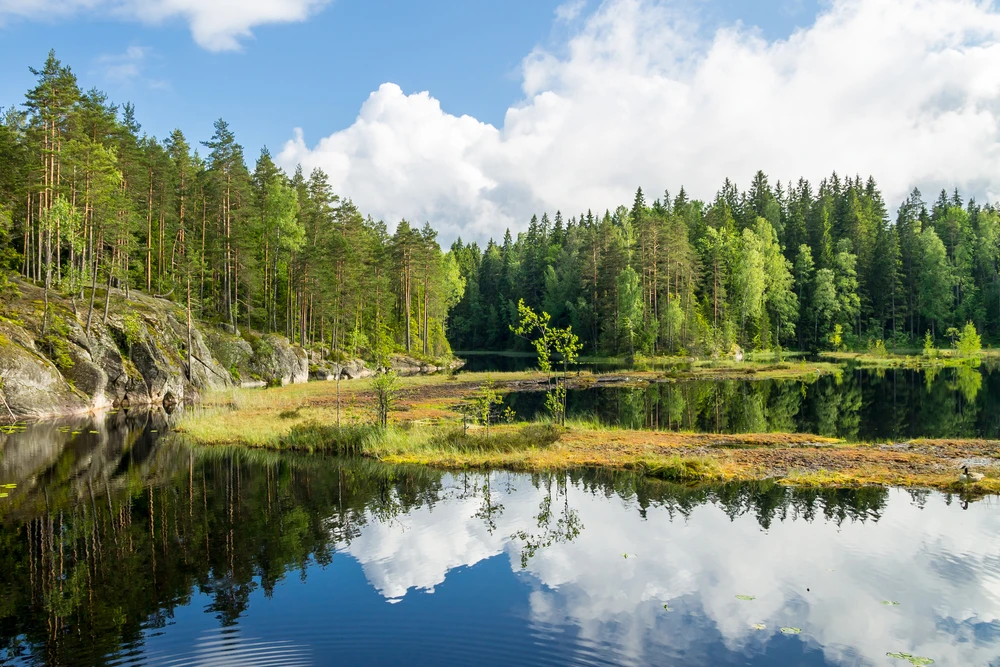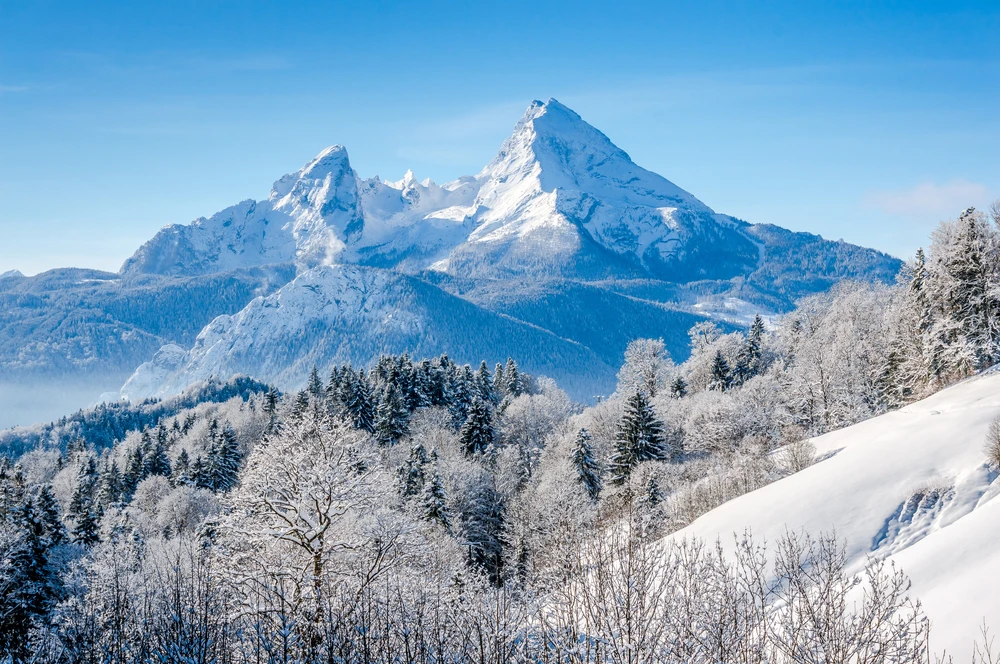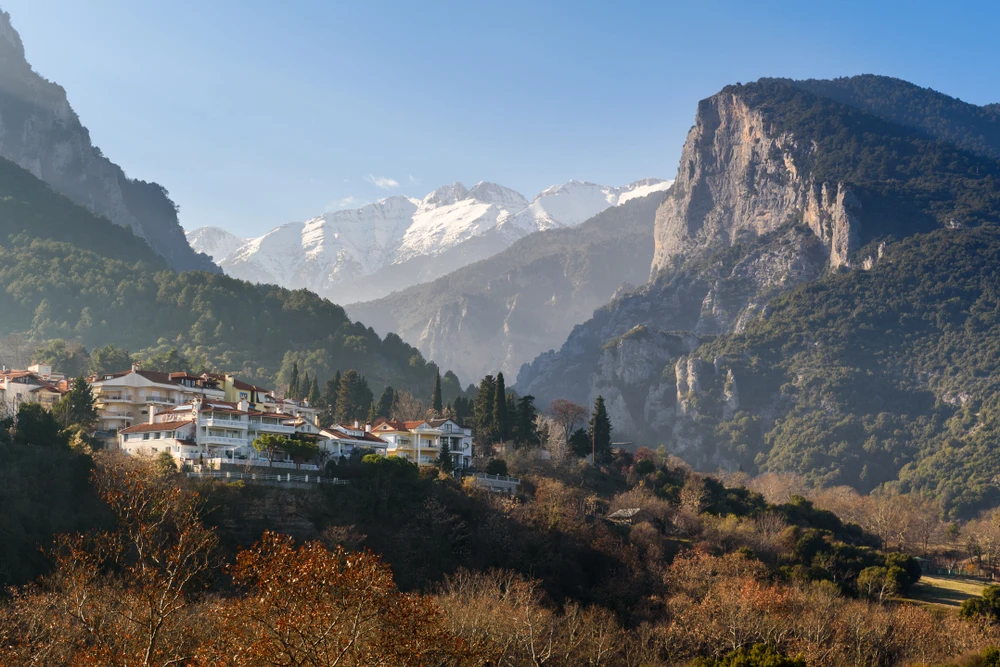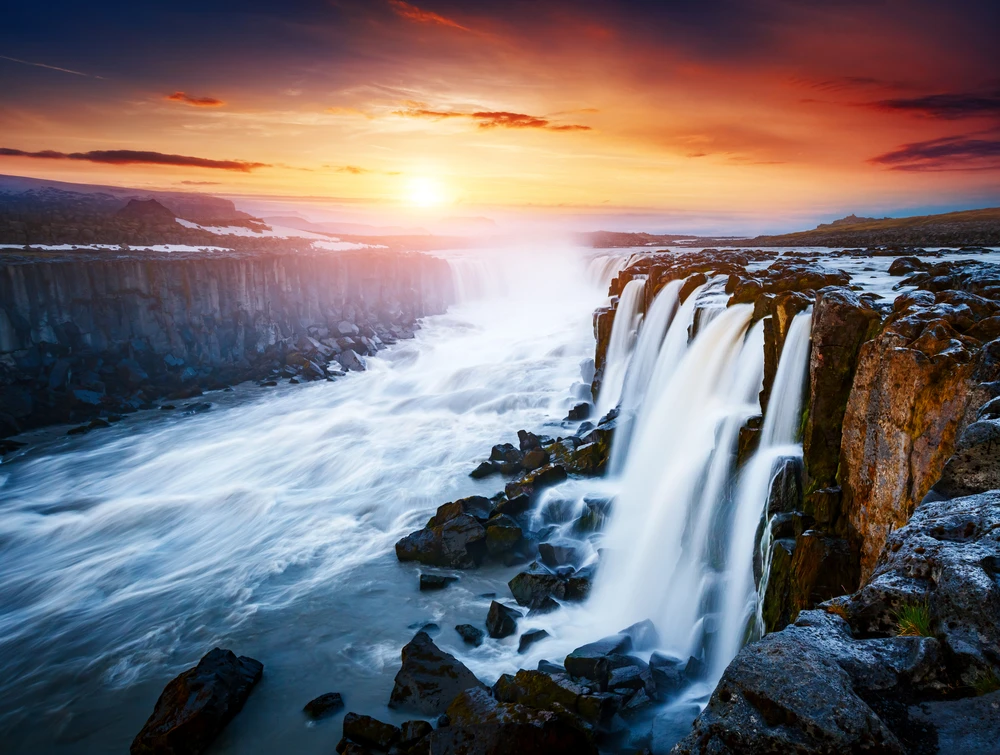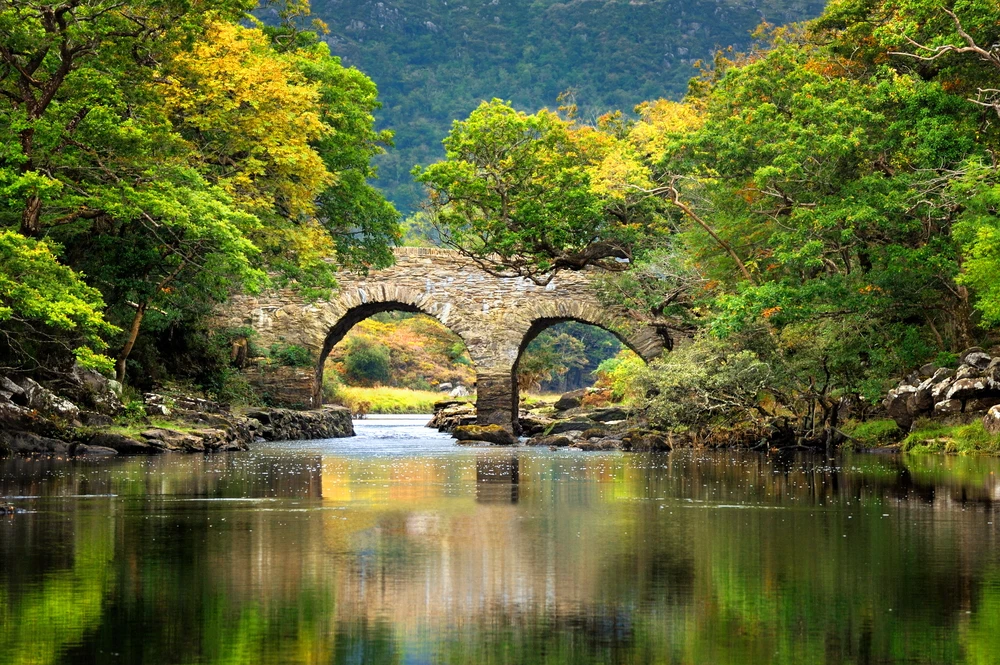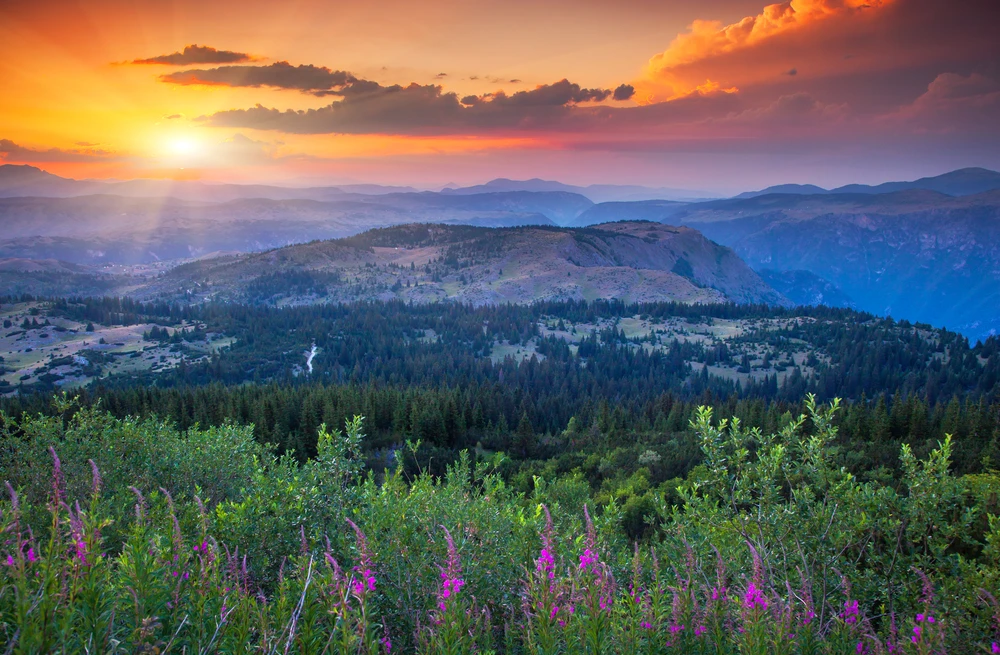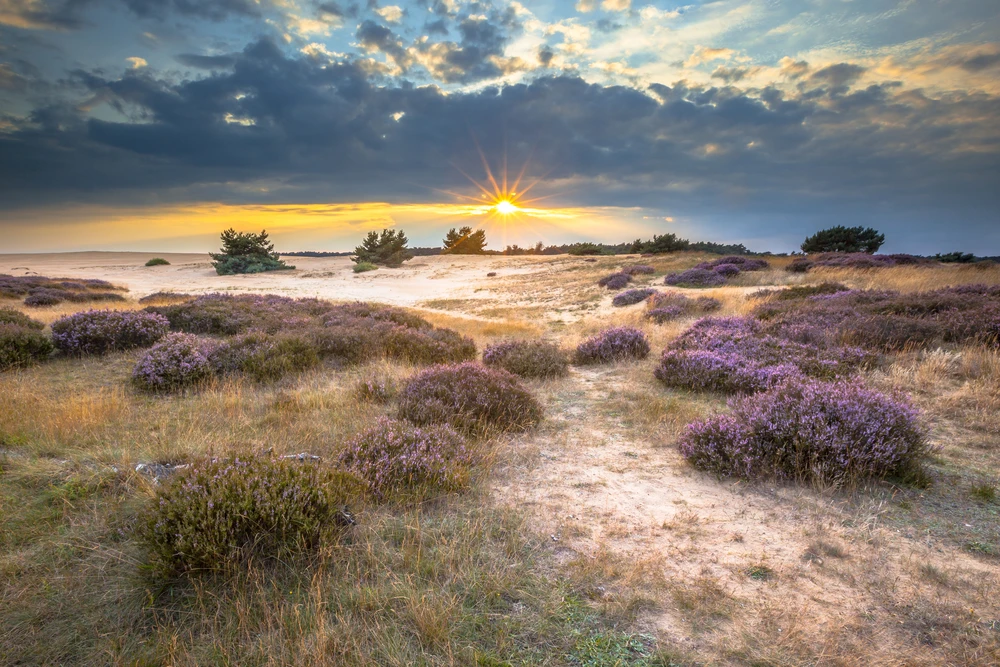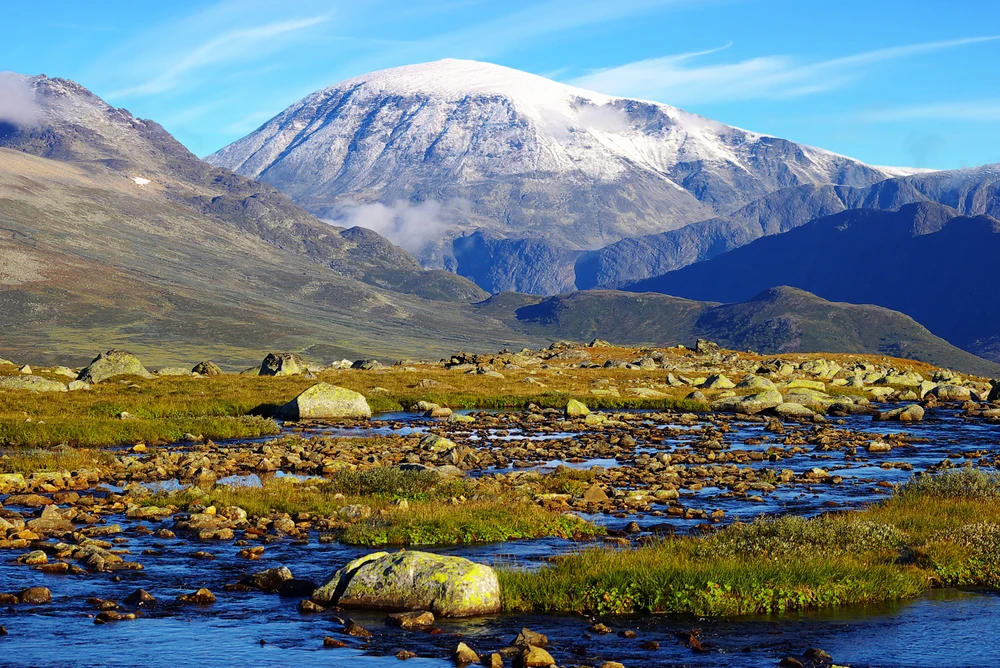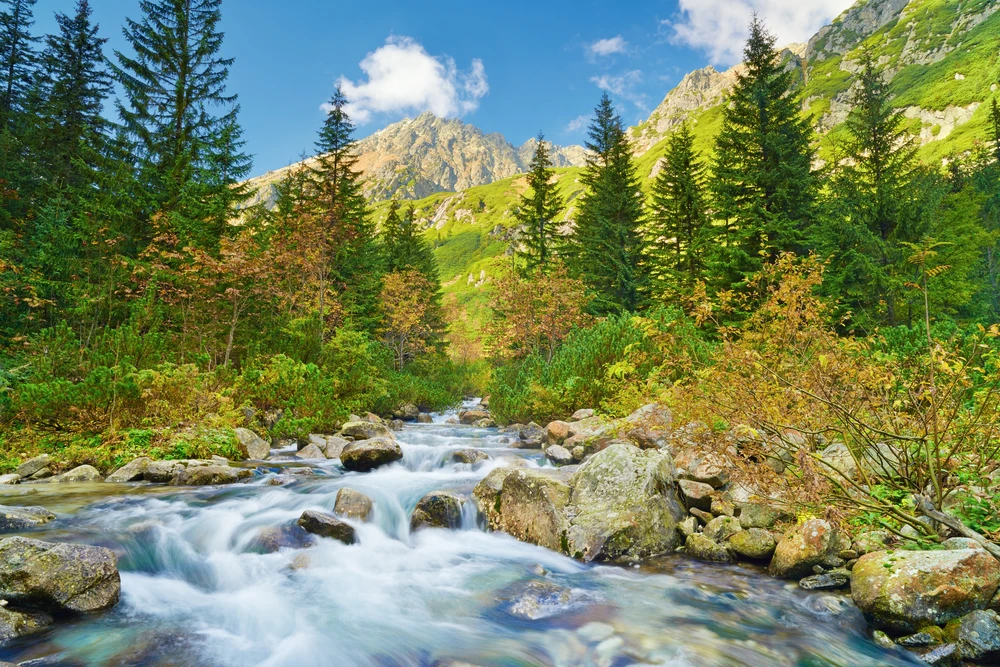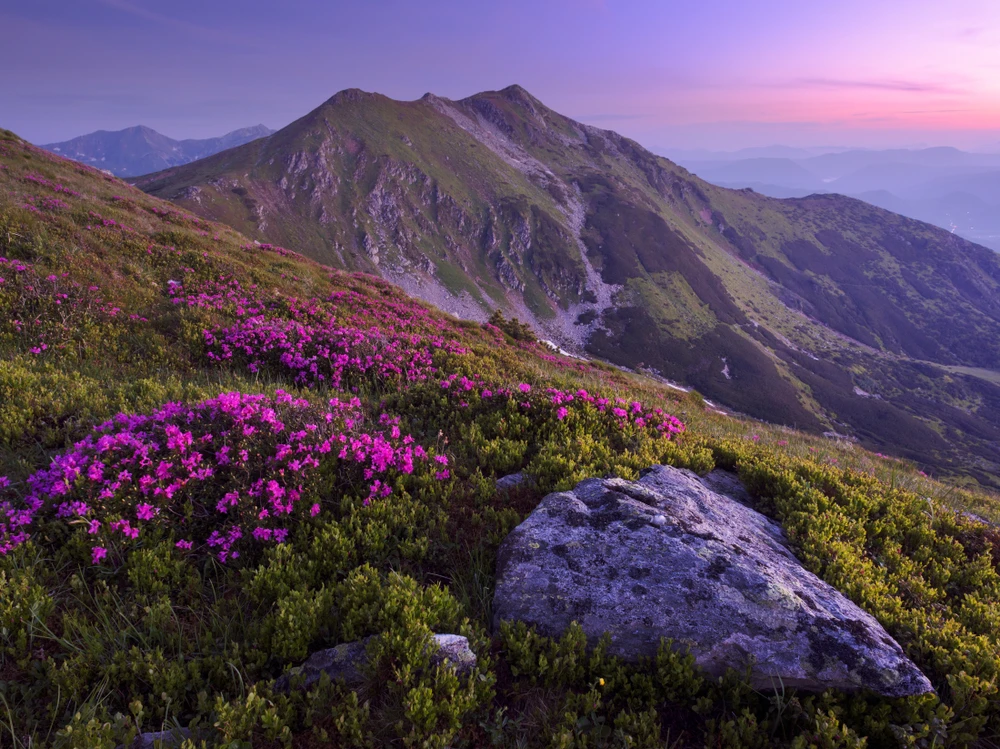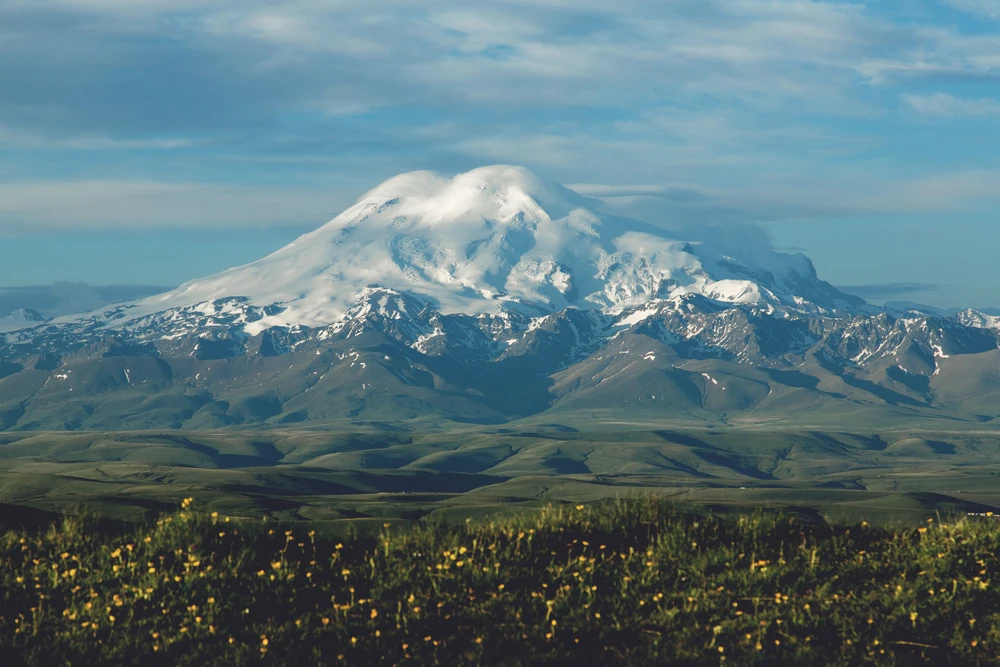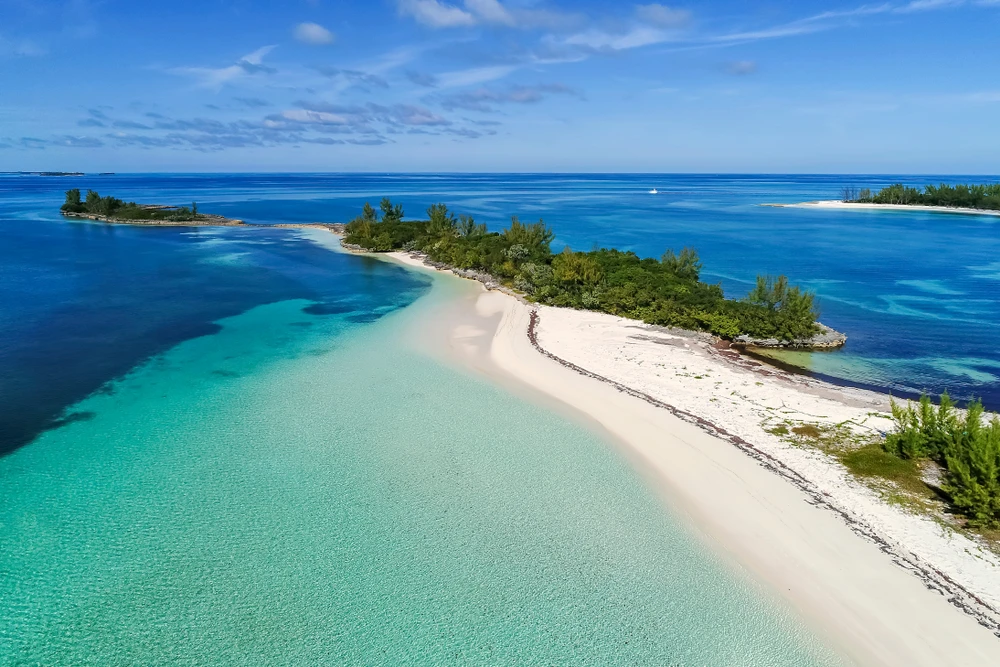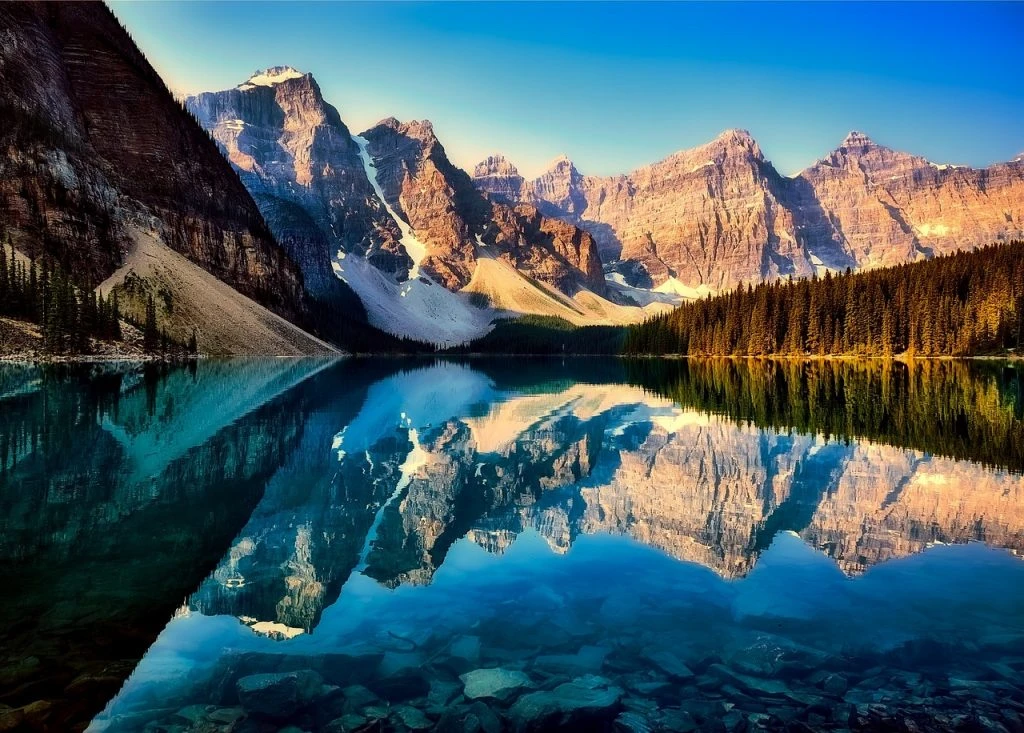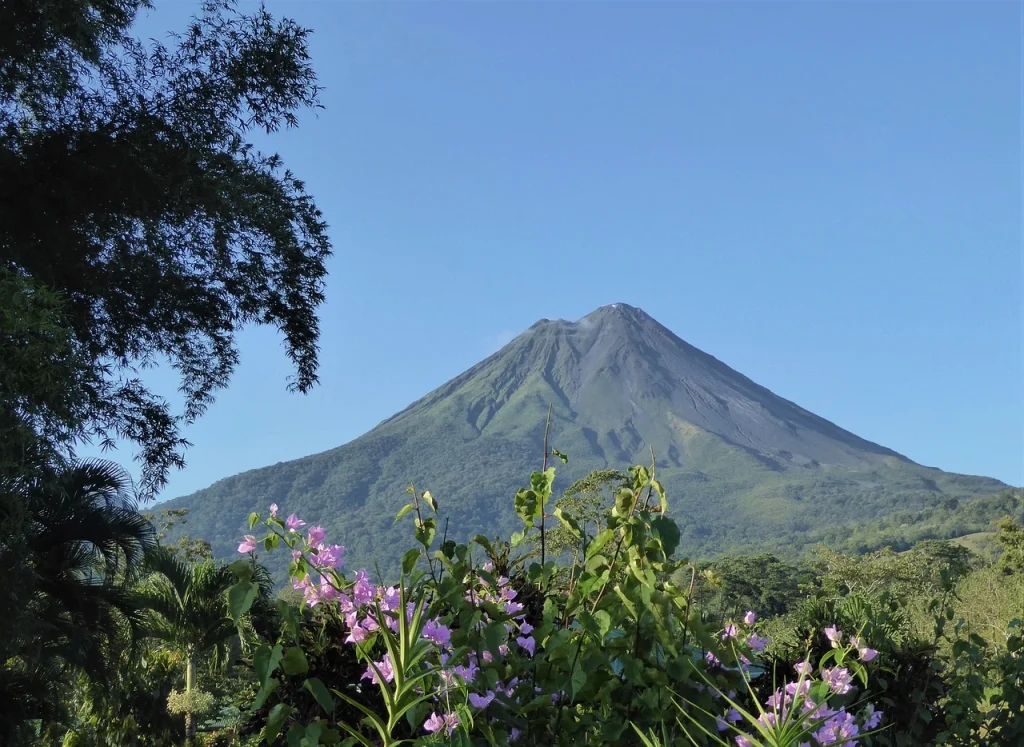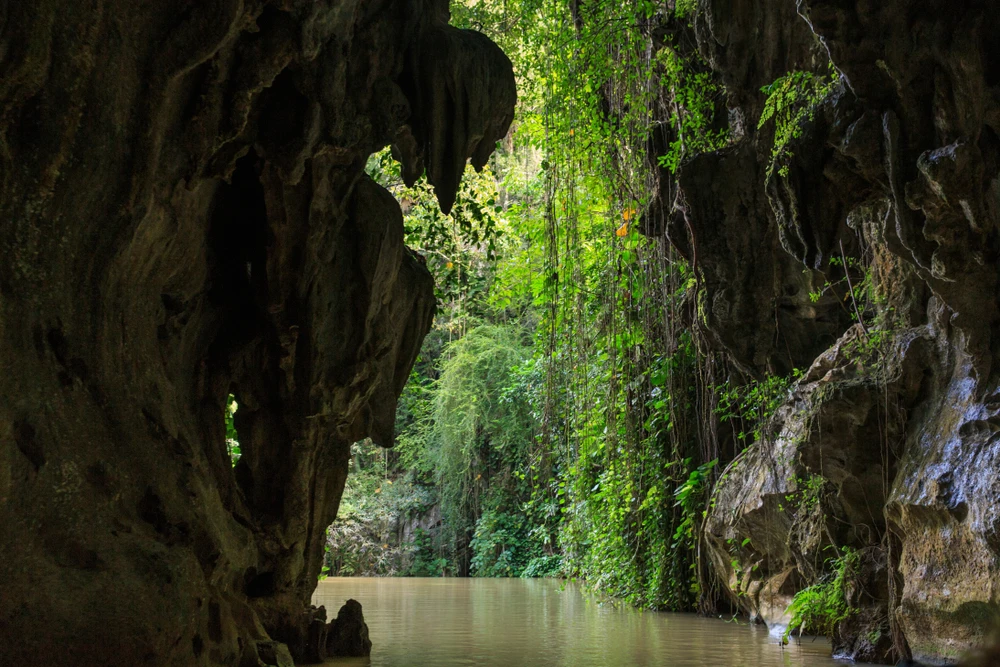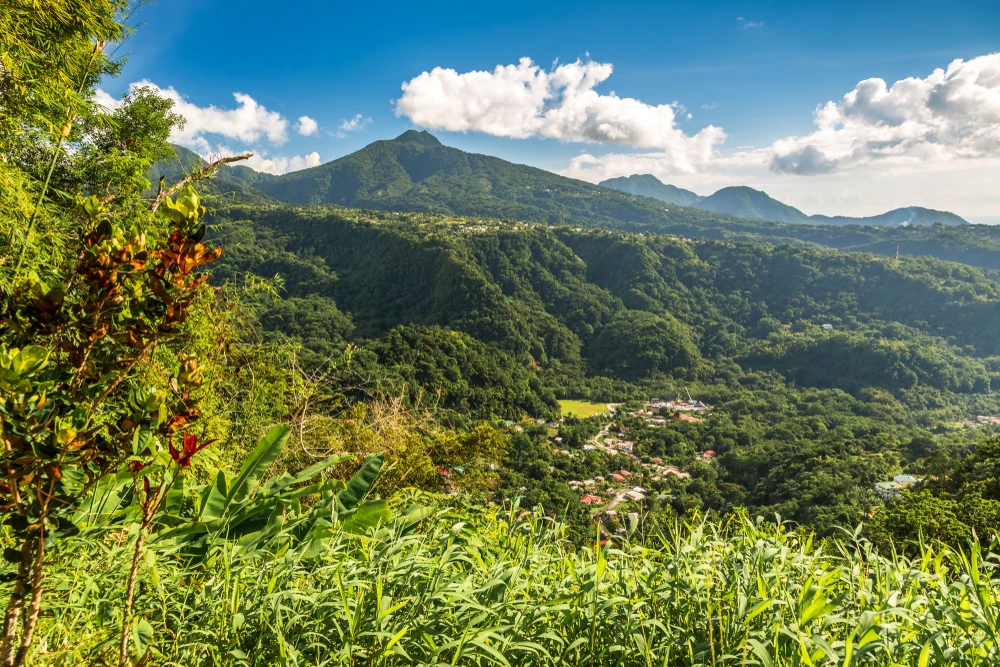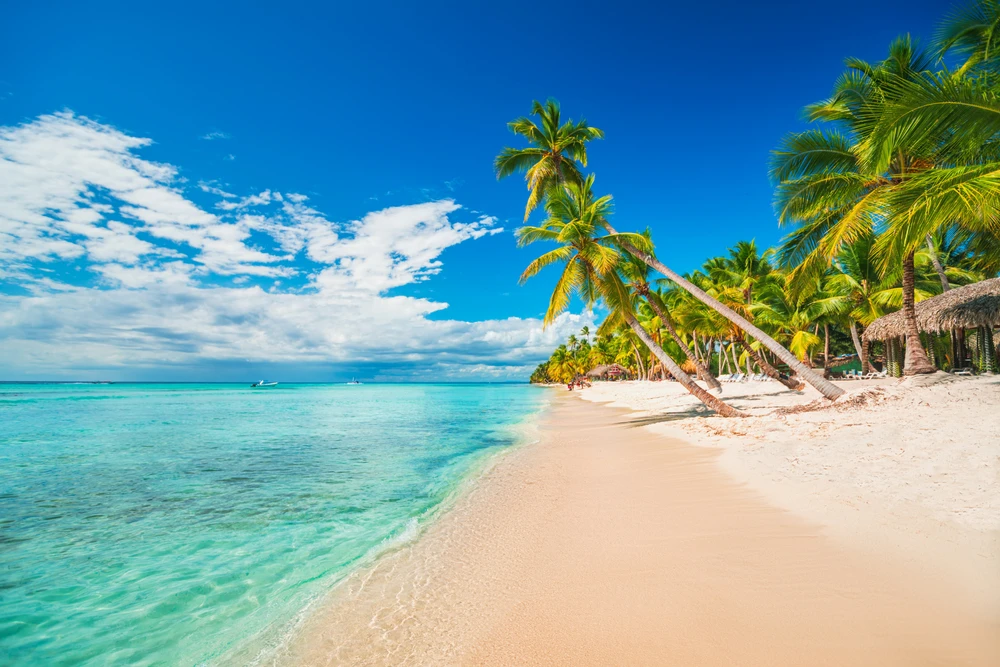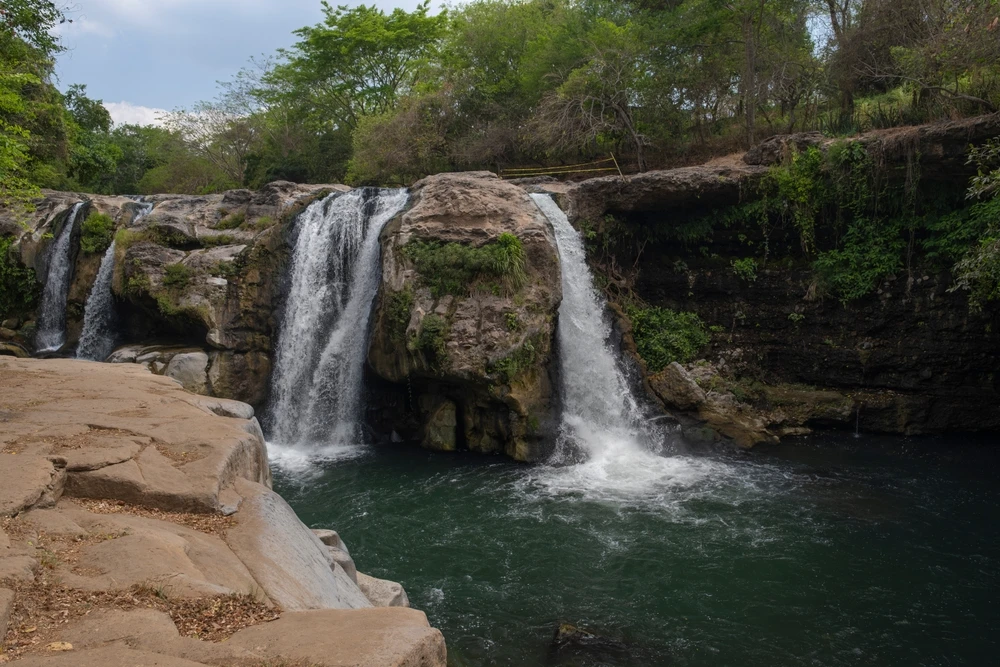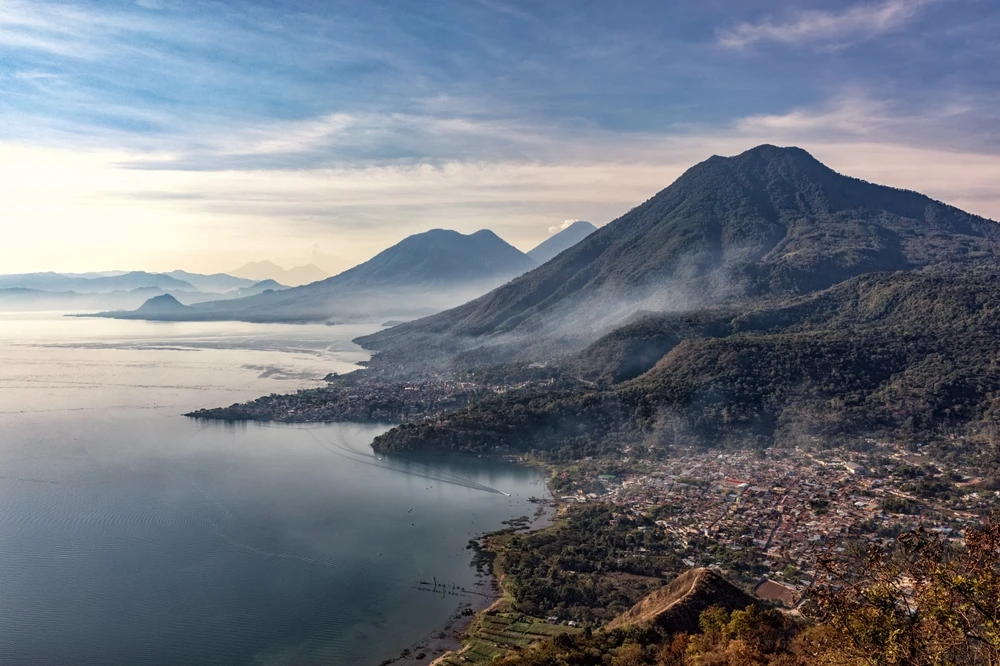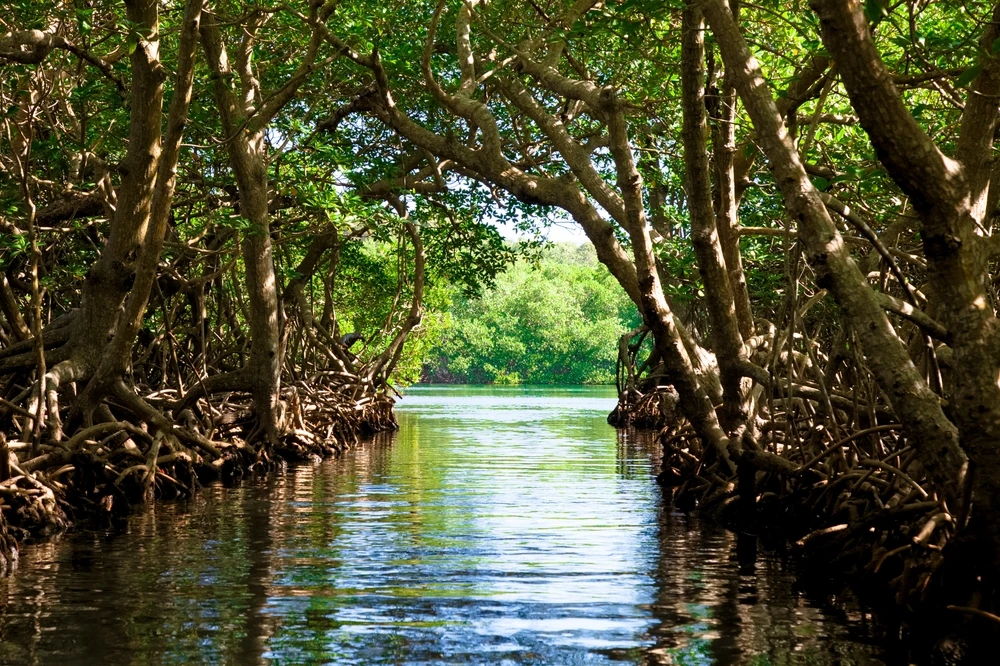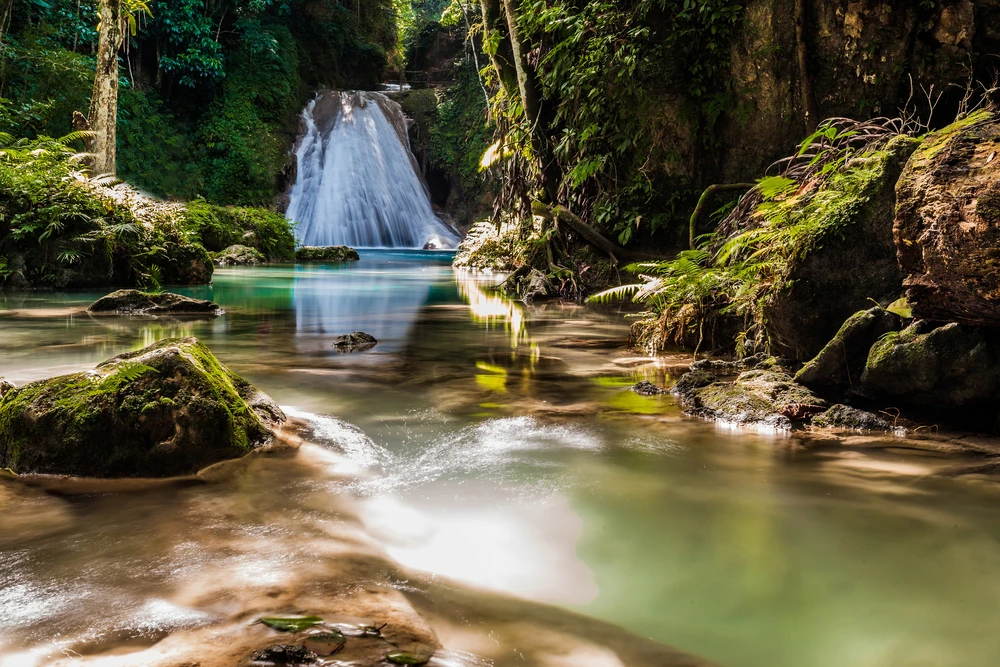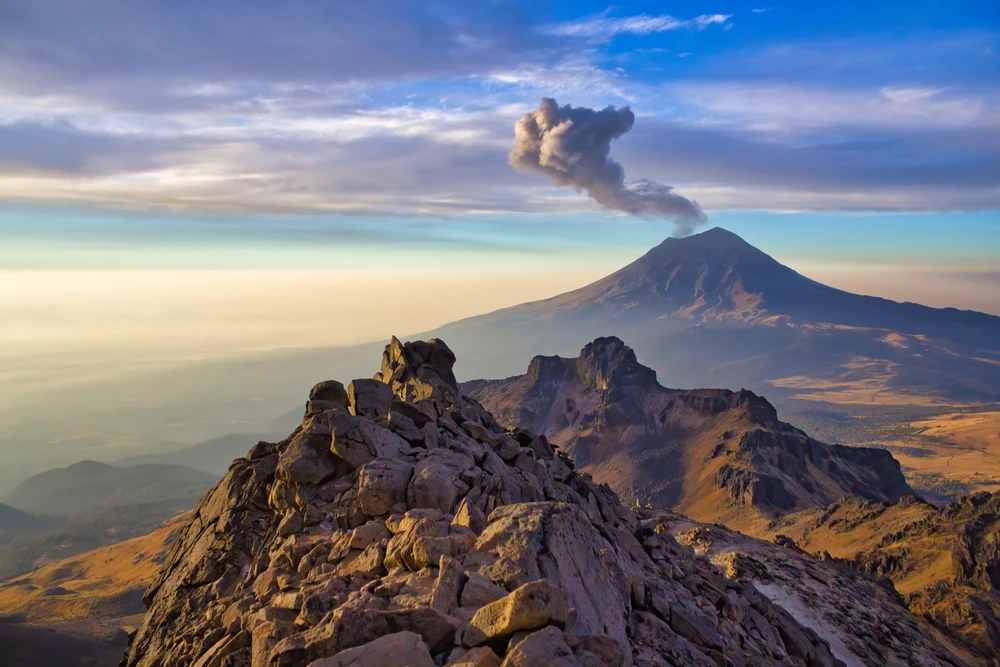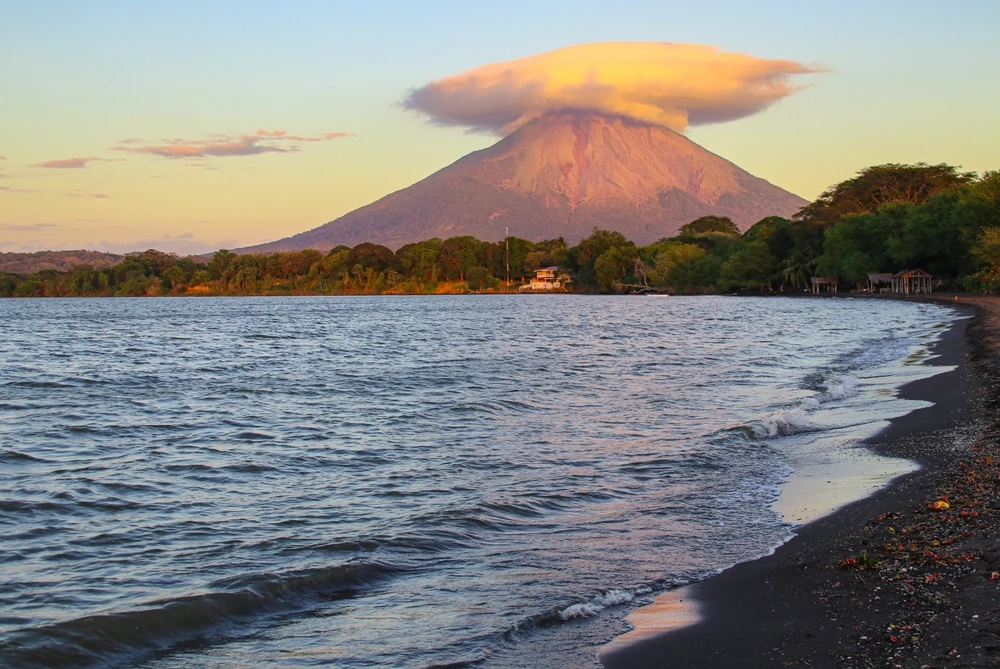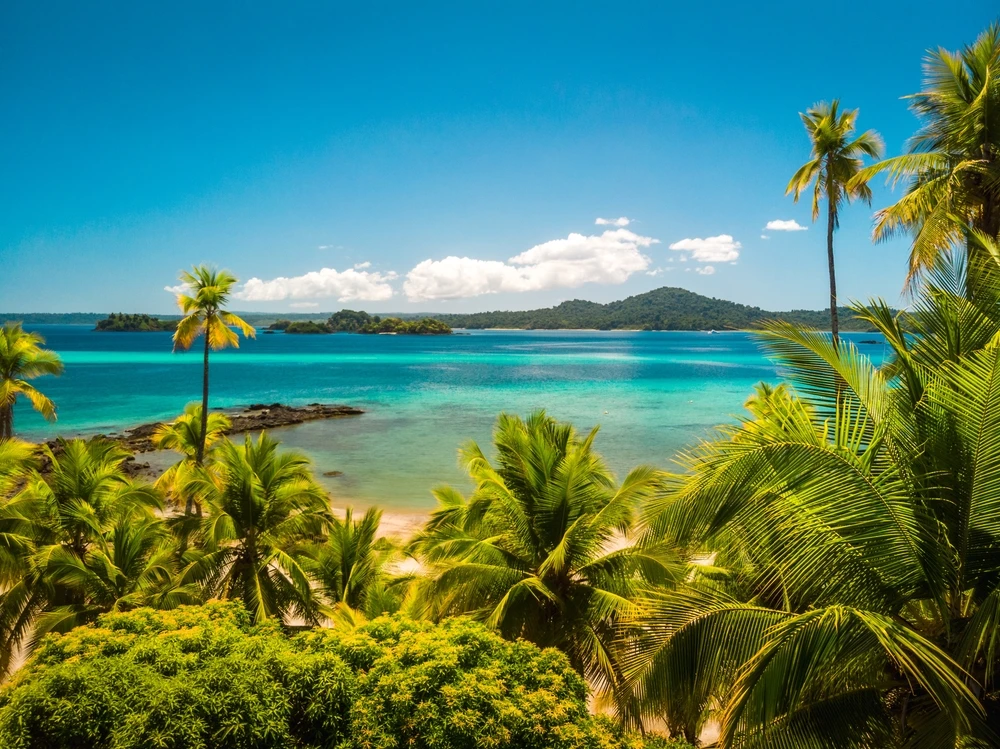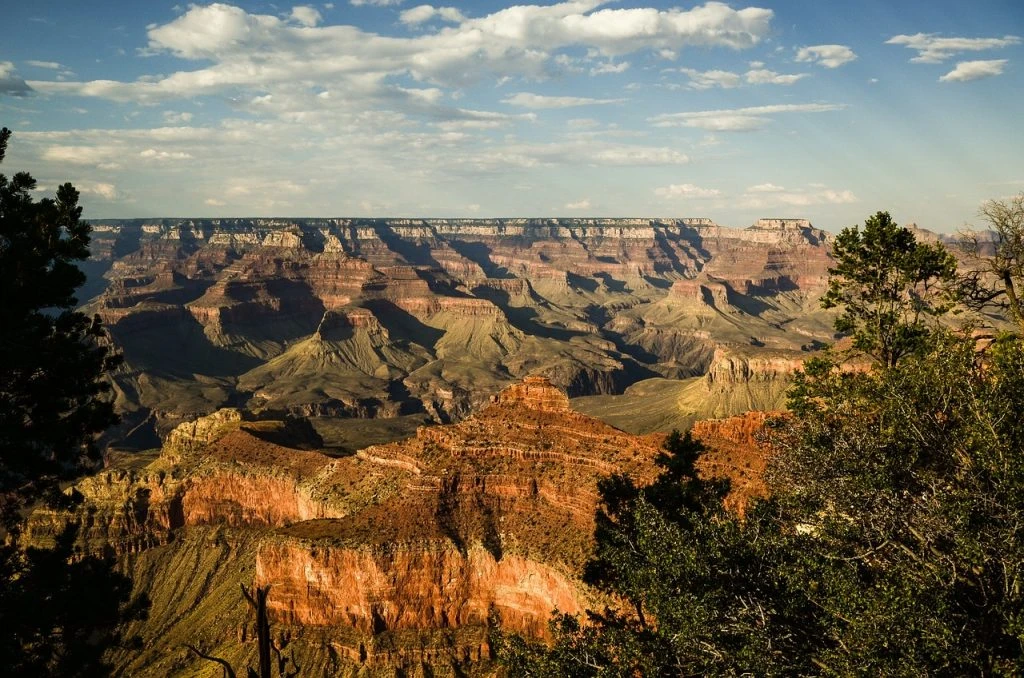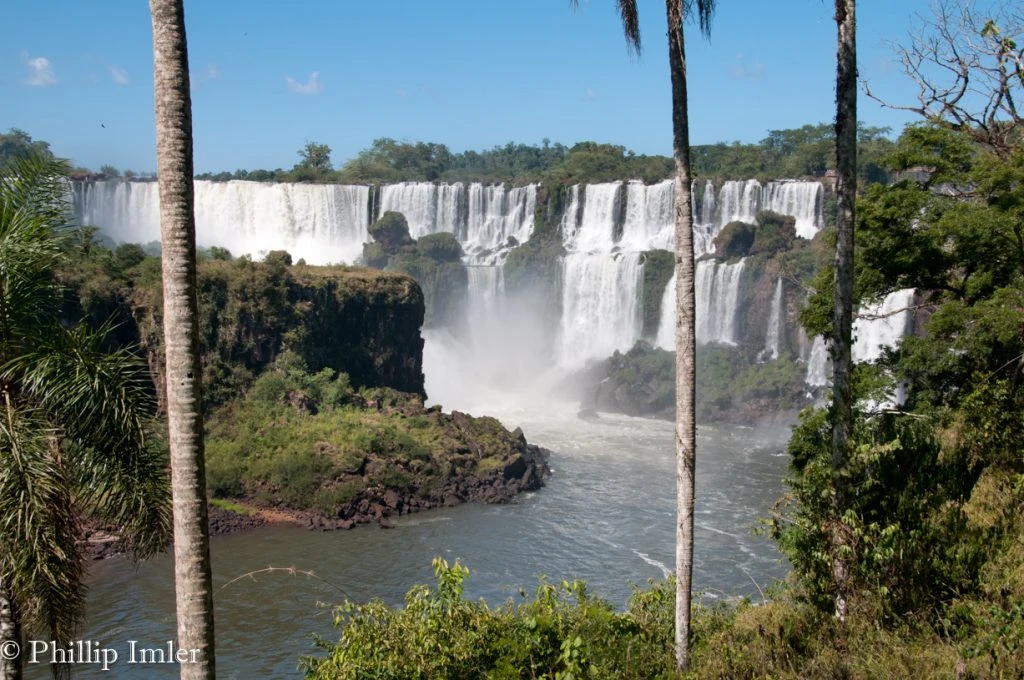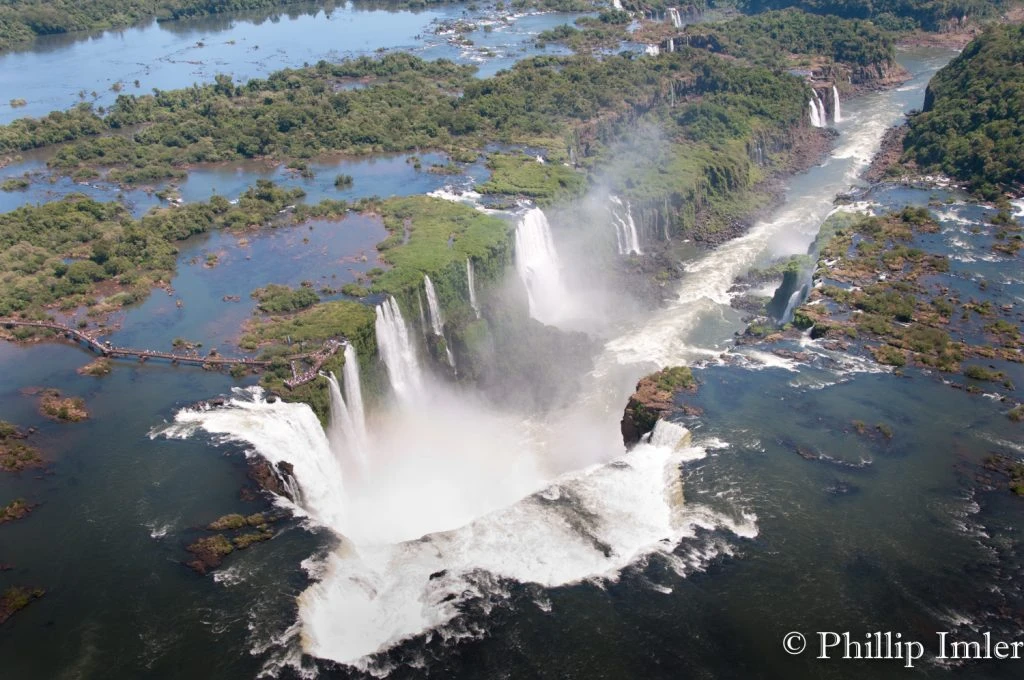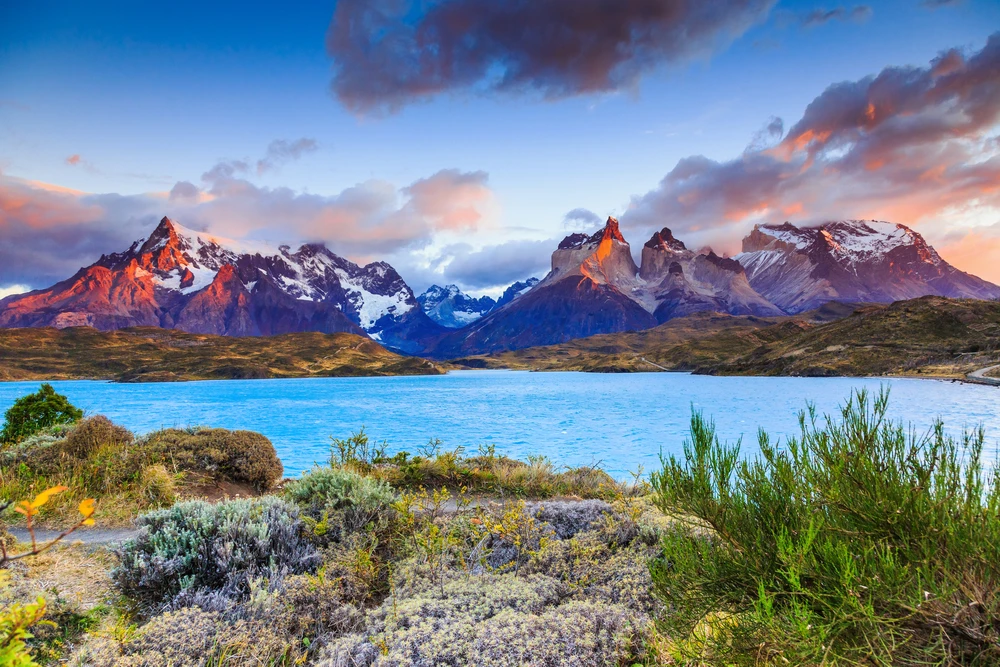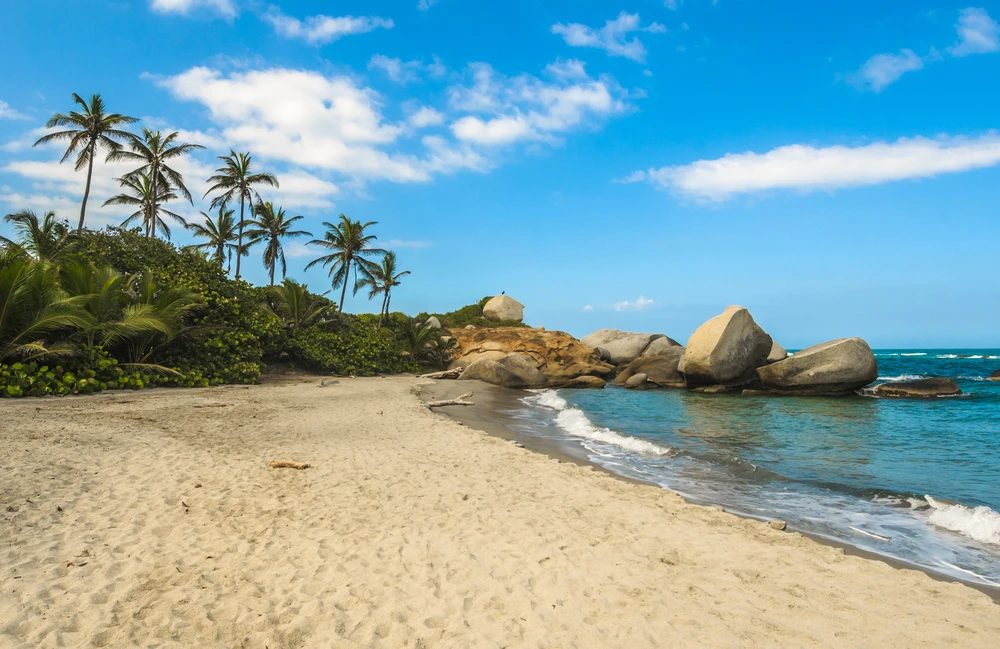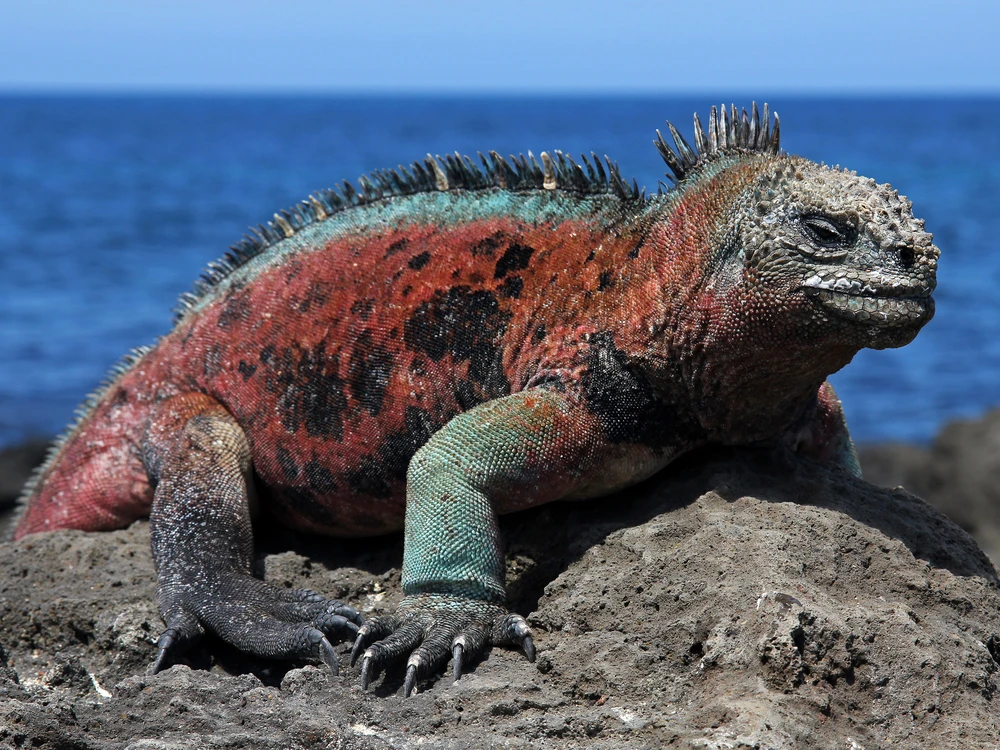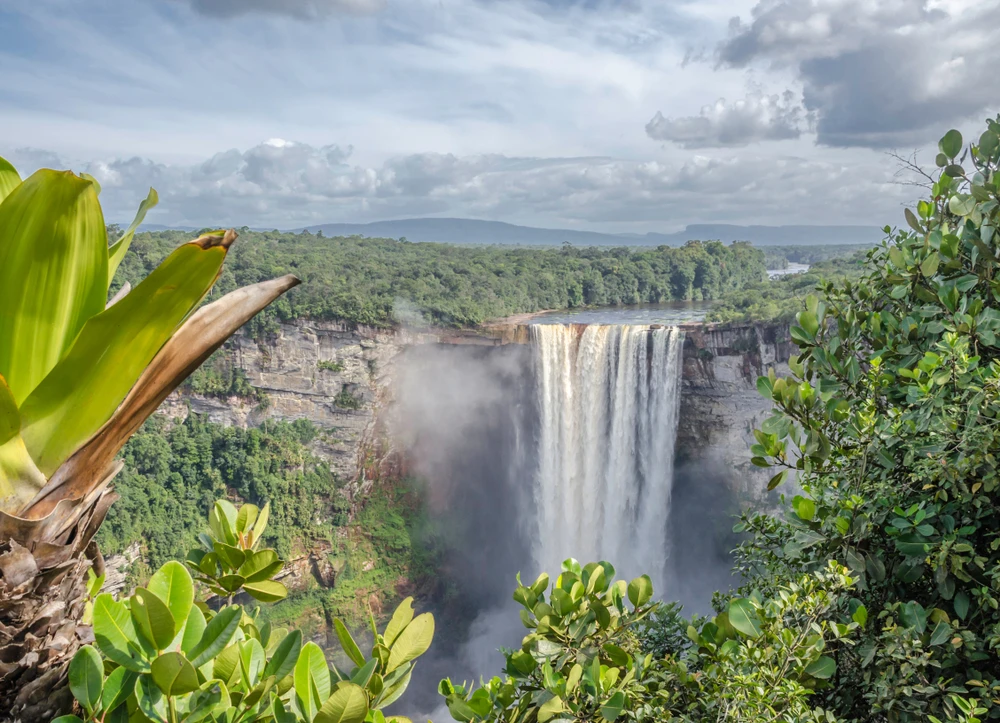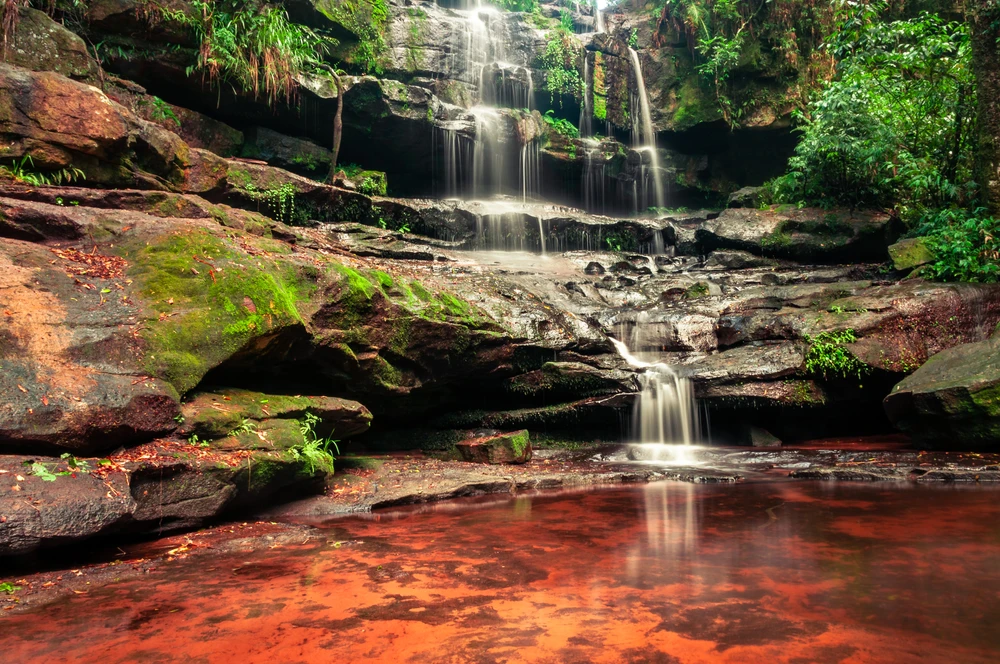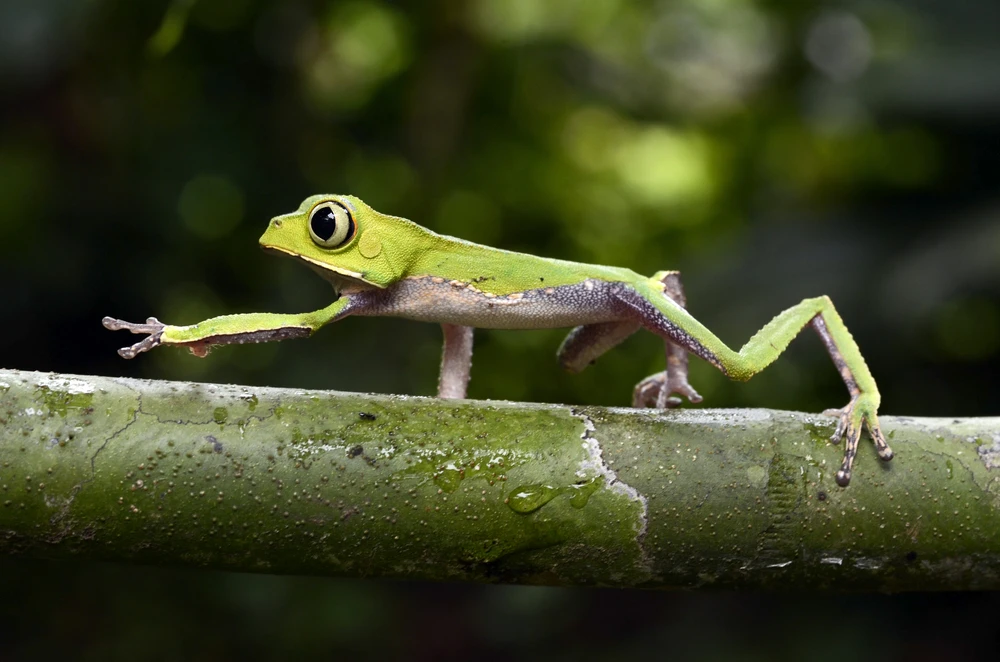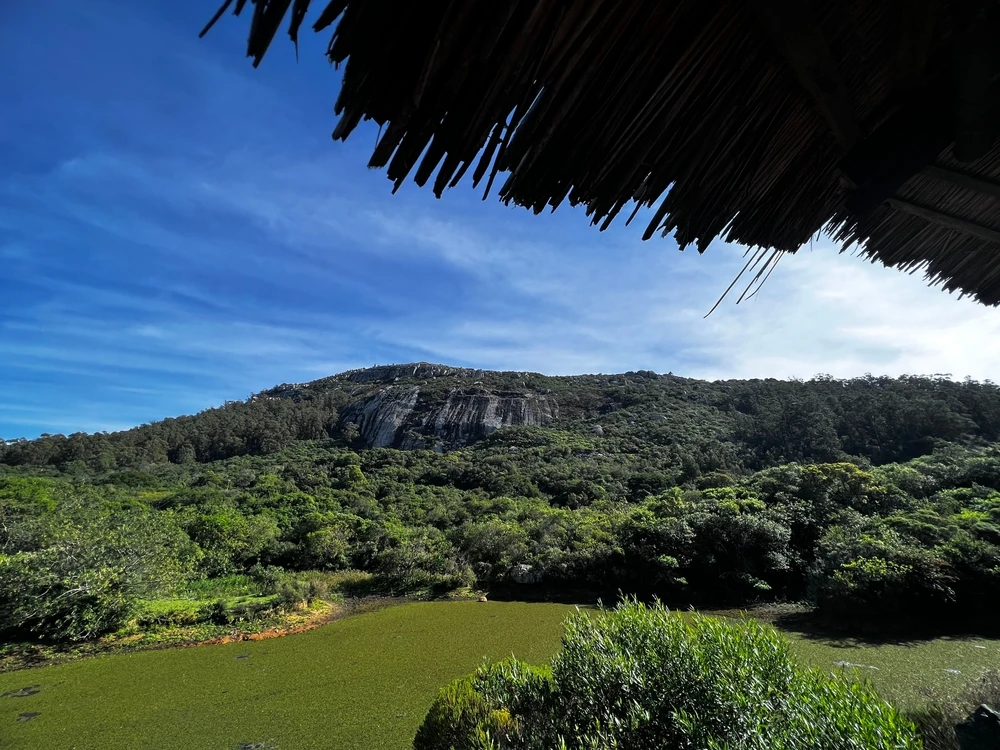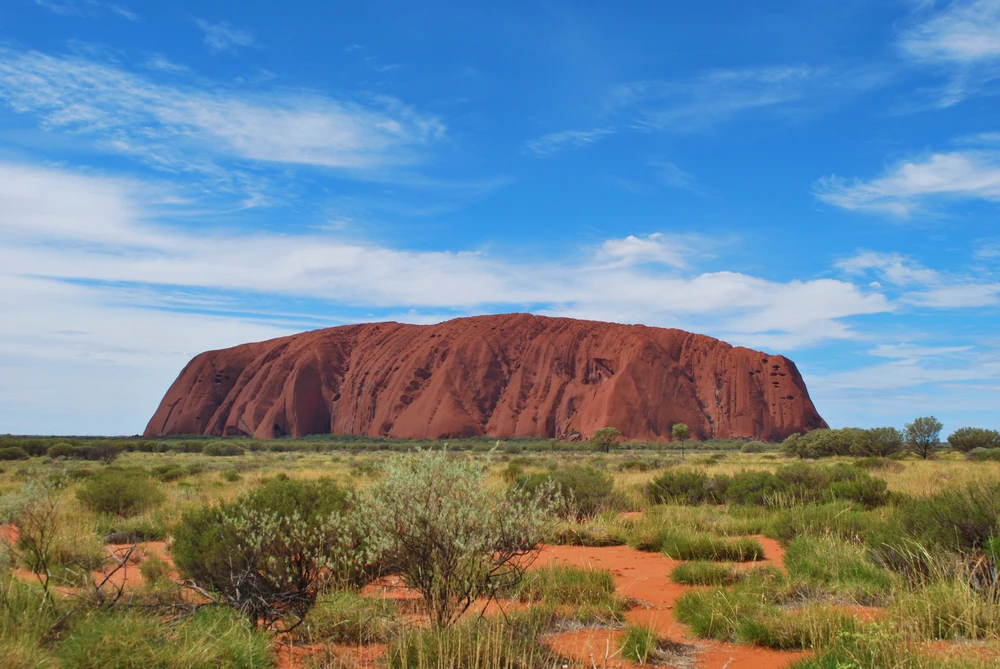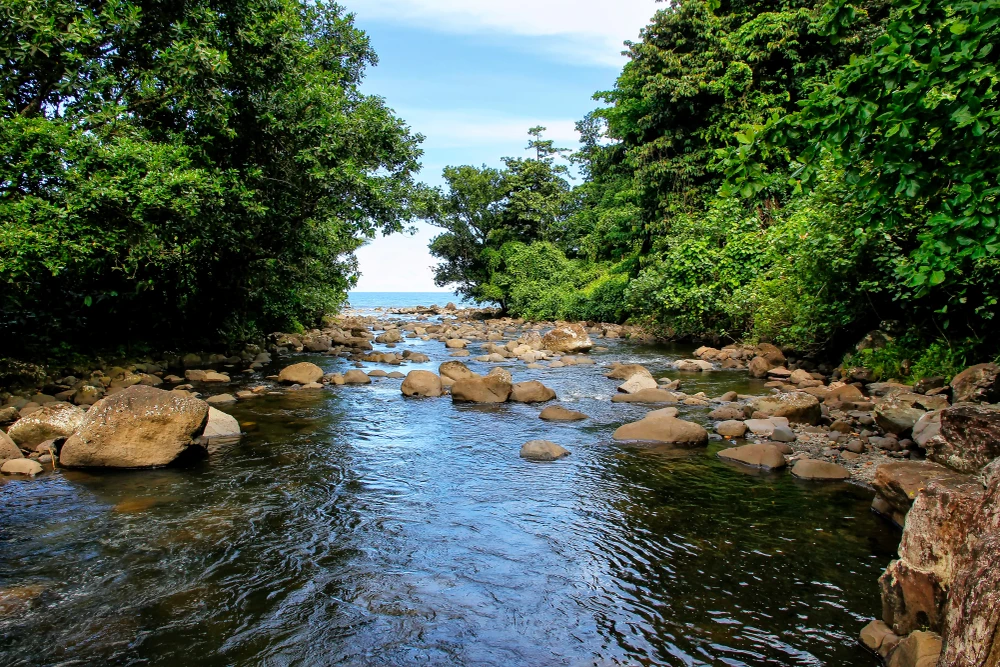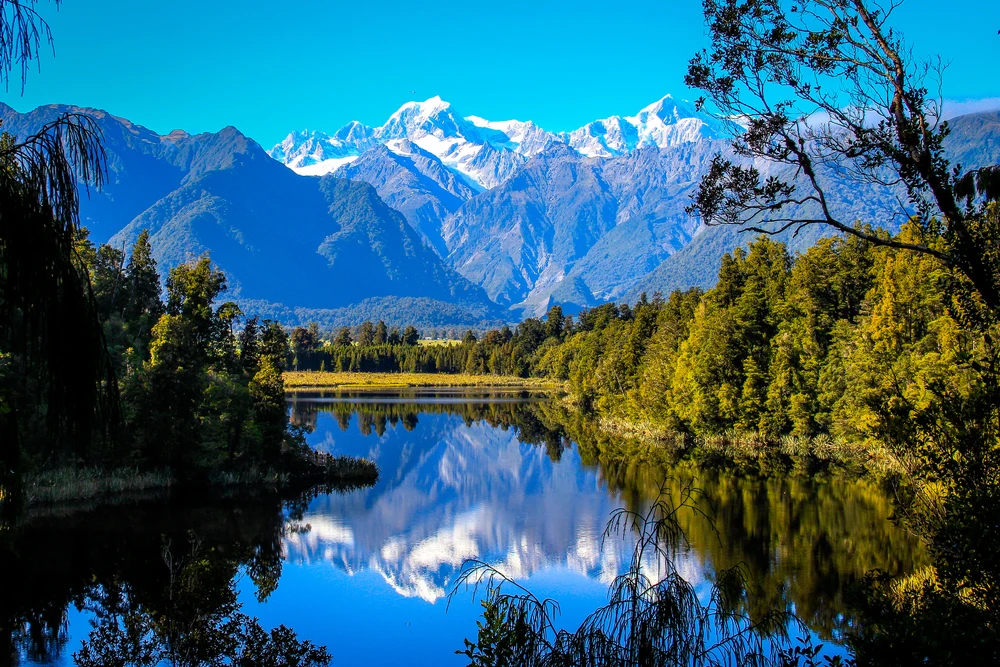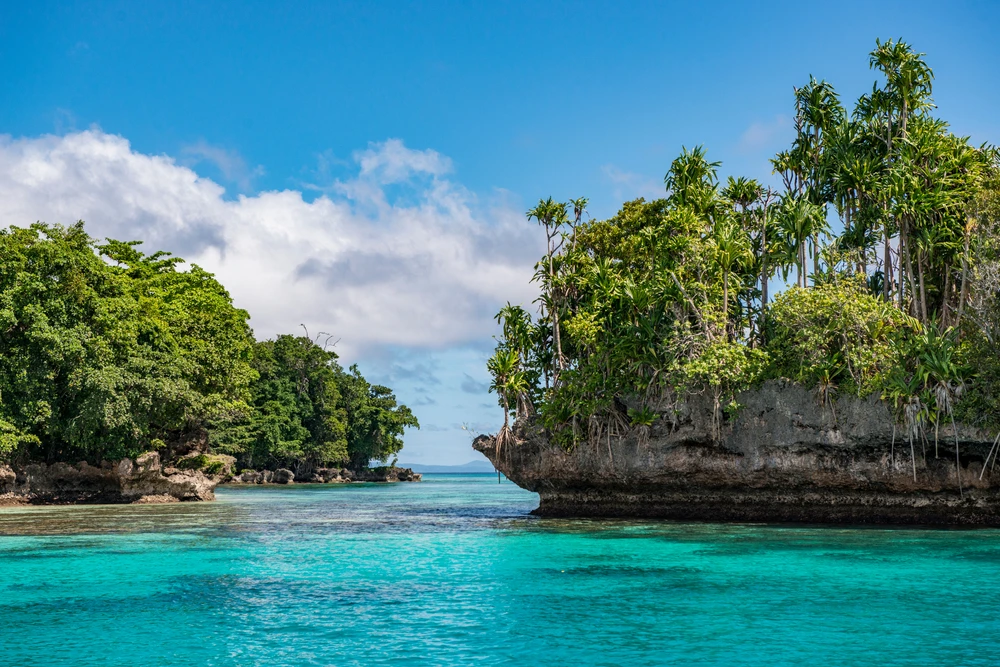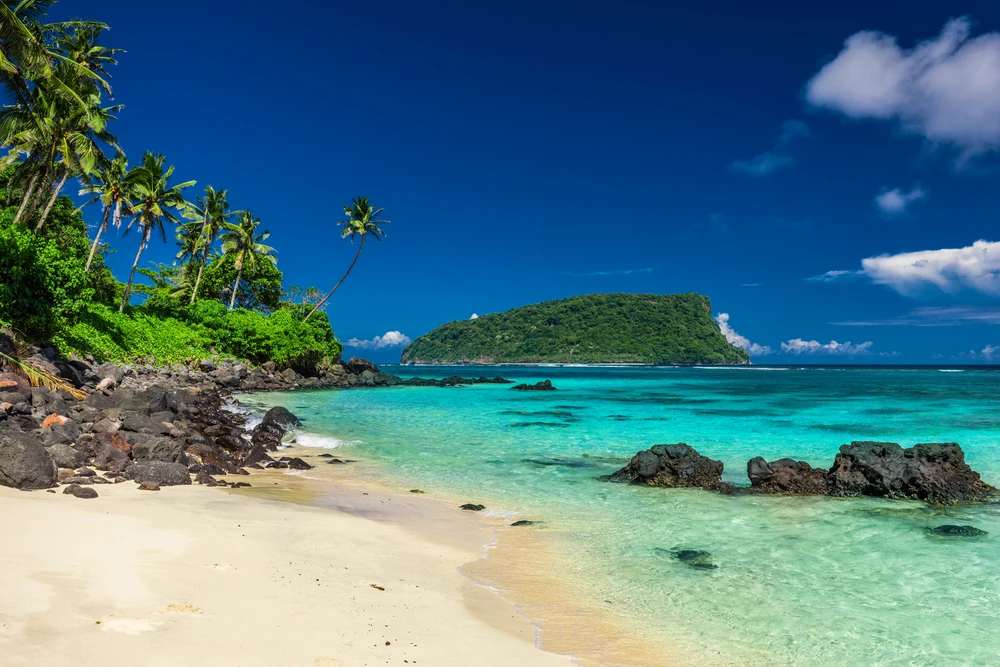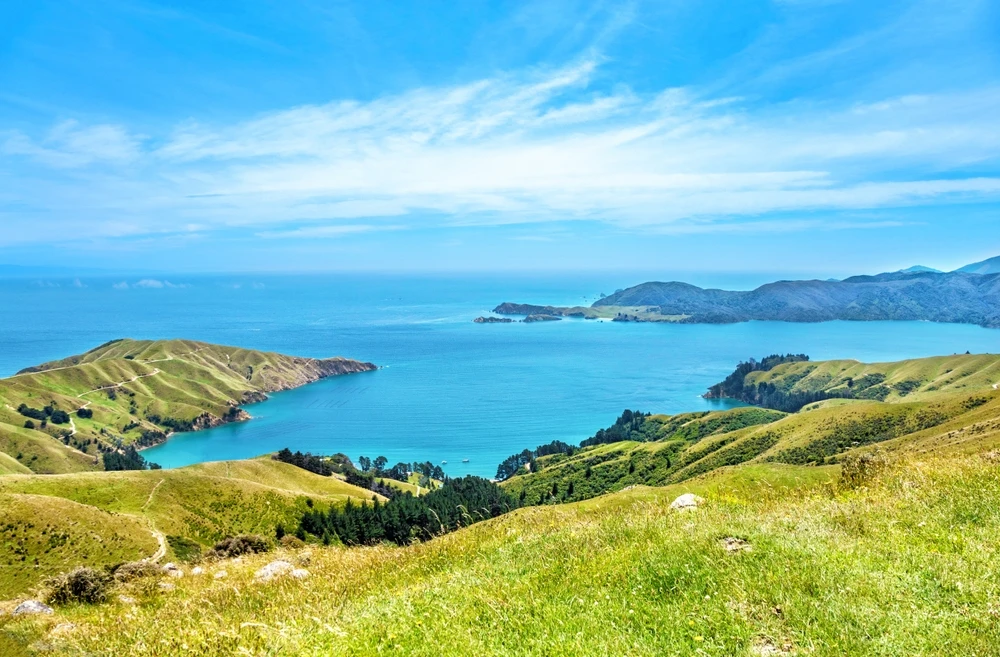Brazil has a total of 74 national parks. These protected areas cover a wide range of ecosystems and landscapes, including rainforests, savannas, wetlands, and coastal areas, contributing to the conservation of Brazil’s rich biodiversity and natural heritage.
About Brazil National Parks
Brazil is a land of breathtaking biodiversity, with its 75 national parks reflecting the incredible ecological variety of the country. From the lush Amazon rainforest to the unique Cerrado savannahs, Brazil’s national parks are a testament to the nation’s natural wealth and commitment to conservation. These parks preserve rare ecosystems and wildlife while offering visitors the opportunity to explore some of the most remarkable landscapes in the world. Among them, several stand out for their ecological, cultural, and recreational significance.
Iguaçu National Park is one of Brazil’s most famous natural wonders, located in the southern state of Paraná. The park is home to the awe-inspiring Iguaçu Falls, a UNESCO World Heritage Site and one of the largest waterfall systems on Earth. Visitors can explore walkways that provide panoramic views of the cascades, often accompanied by rainbows created by the mist. The park’s subtropical rainforest supports a variety of wildlife, including jaguars, toucans, and giant otters. The dramatic beauty of Iguaçu makes it a must-visit destination for nature lovers worldwide.
Chapada Diamantina National Park, in Bahia, offers a starkly different but equally stunning landscape. Known for its rugged plateaus, hidden caves, and cascading waterfalls, the park is a haven for hikers and adventure enthusiasts. Its natural highlights include the towering Cachoeira da Fumaça, one of Brazil’s tallest waterfalls, and the mystical underground lake of Poço Encantado. The park also holds historical significance, as it was once a center for diamond mining, with traces of this heritage still visible today.
In the Amazon region, Jaú National Park is one of the largest forest reserves in South America, protecting over 23,000 square kilometers of pristine rainforest. This UNESCO World Heritage Site is home to an astonishing variety of species, from pink river dolphins to harpy eagles. Its remote location makes it one of the least disturbed parts of the Amazon, offering a rare opportunity to experience its untamed beauty. Ecotourism and sustainable community projects are increasingly helping to preserve this ecological treasure.
Pantanal Matogrossense National Park, located in the world’s largest tropical wetland, the Pantanal, is a unique sanctuary for aquatic and terrestrial wildlife. During the rainy season, much of the park is submerged, creating a mosaic of water channels and islands. This environment supports an extraordinary diversity of species, including jaguars, capybaras, caimans, and hyacinth macaws. The park is a paradise for birdwatchers and photographers seeking intimate encounters with Brazil’s wildlife.
Serra dos Órgãos National Park, near Rio de Janeiro, is known for its dramatic peaks, lush forests, and challenging trails. It is a favorite for rock climbers and hikers, offering spectacular views and the opportunity to encounter species such as sloths, tamarins, and colorful toucans.
Brazil’s national parks face significant challenges, including deforestation, illegal mining, and climate change. However, ongoing efforts in ecotourism, stricter environmental policies, and community-driven conservation initiatives have helped protect many of these incredible places, ensuring they remain vibrant for future generations.
Brazil National Parks
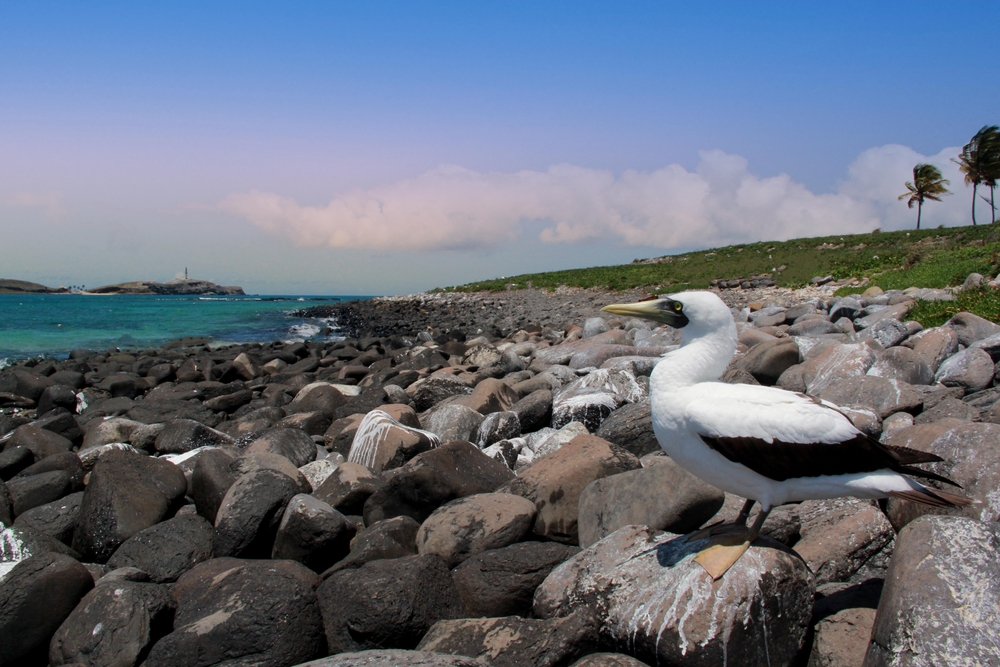
Abrolhos Marine National Park
Explore Now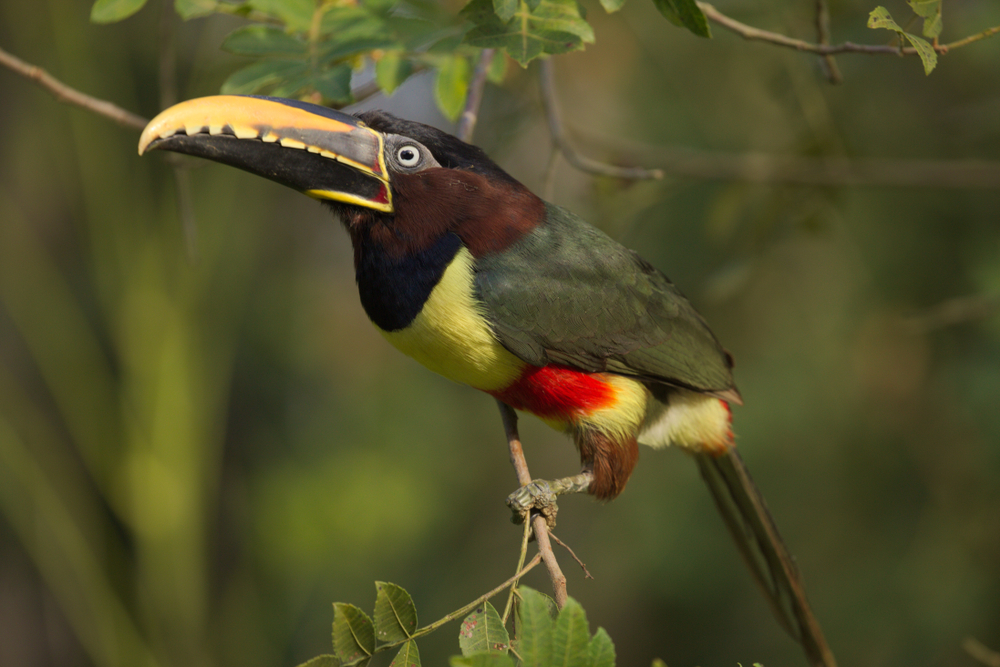
Acari National Park
Explore Now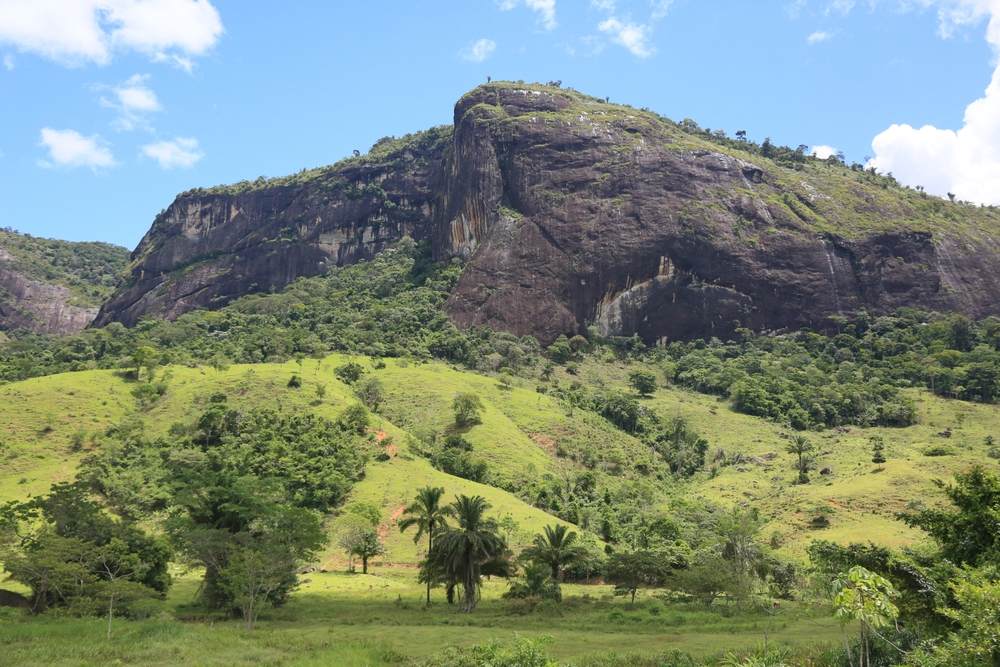
Alto Cariri National Park
Explore Now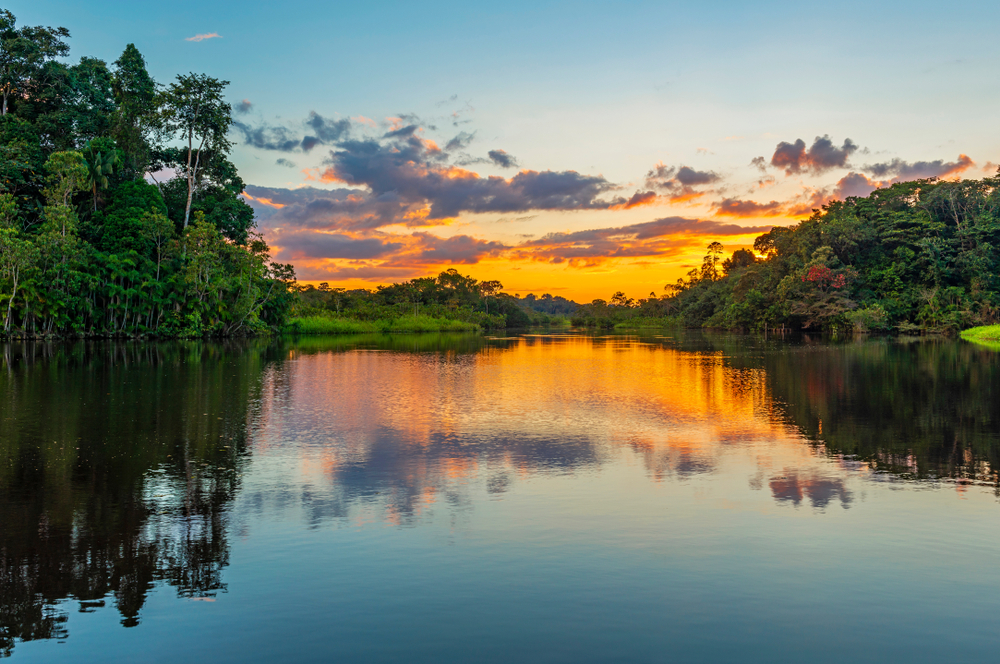
Amazonia National Park
Explore Now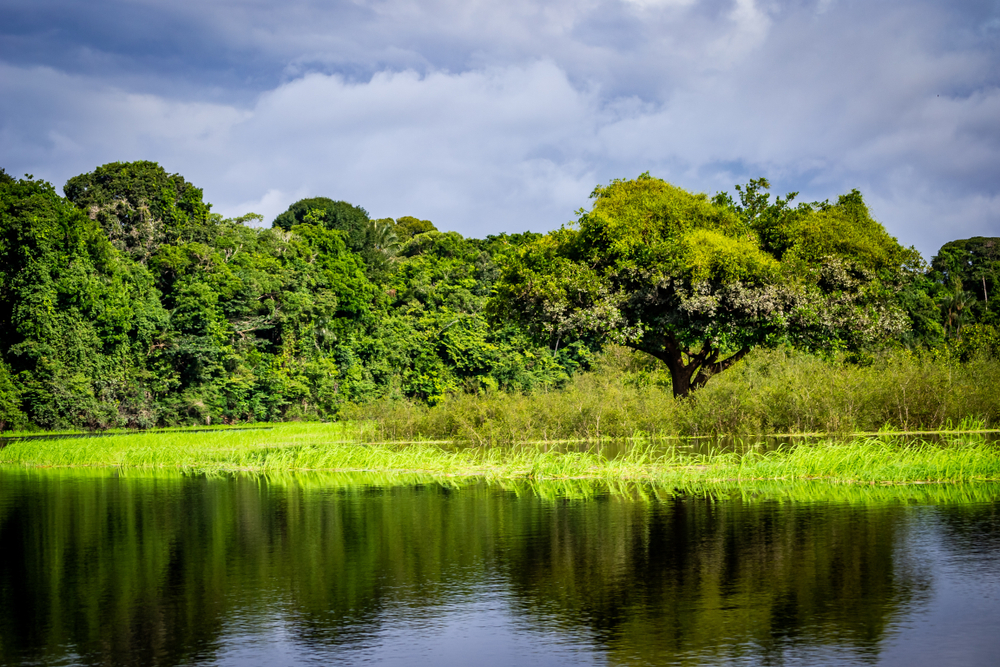
Anavilhanas National Park
Explore Now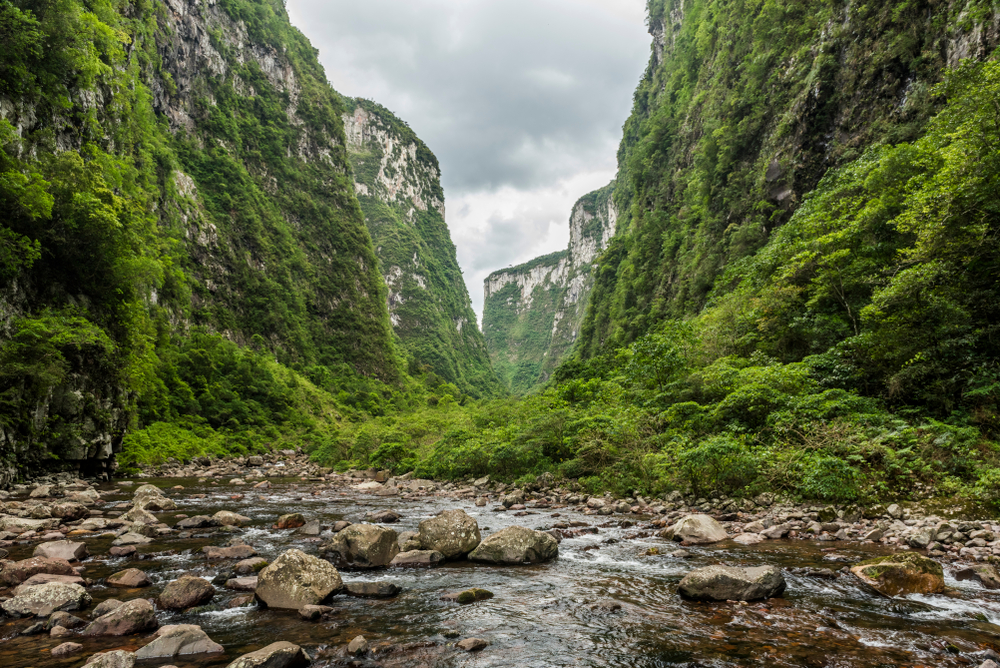
Aparados da Serra National Park
Explore Now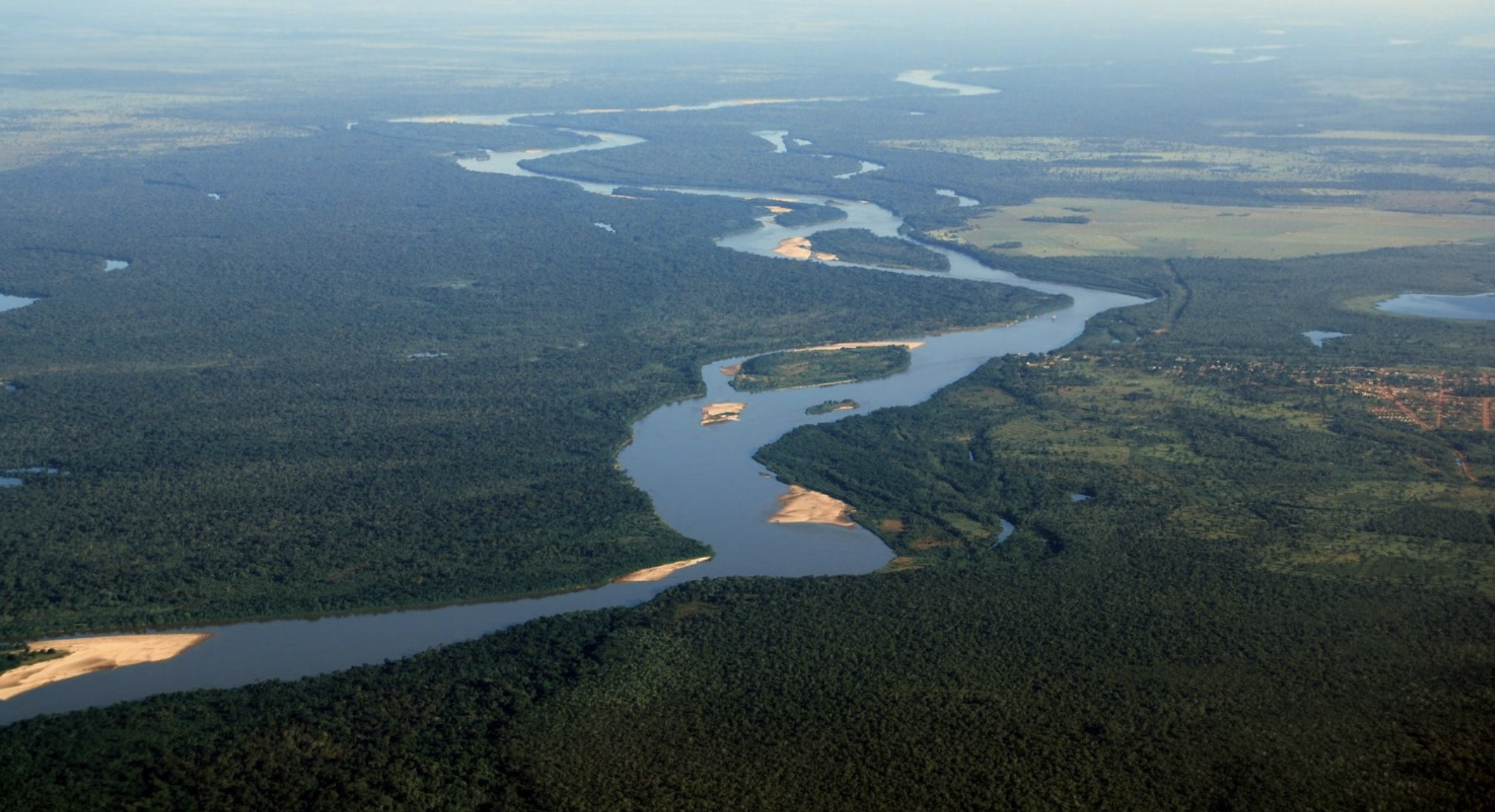
Araguaia National Park
Explore Now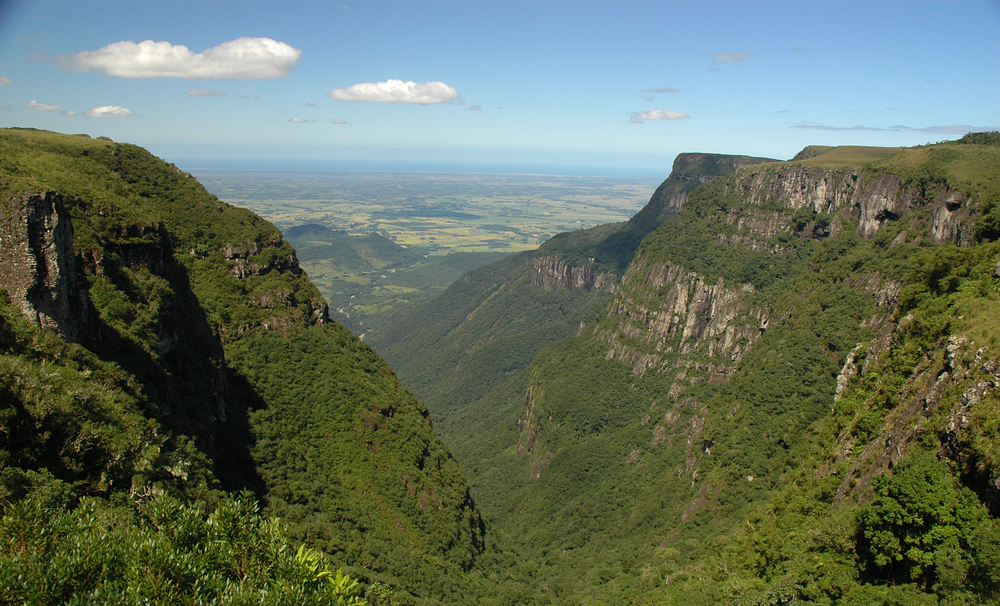
Araucárias National Park
Explore Now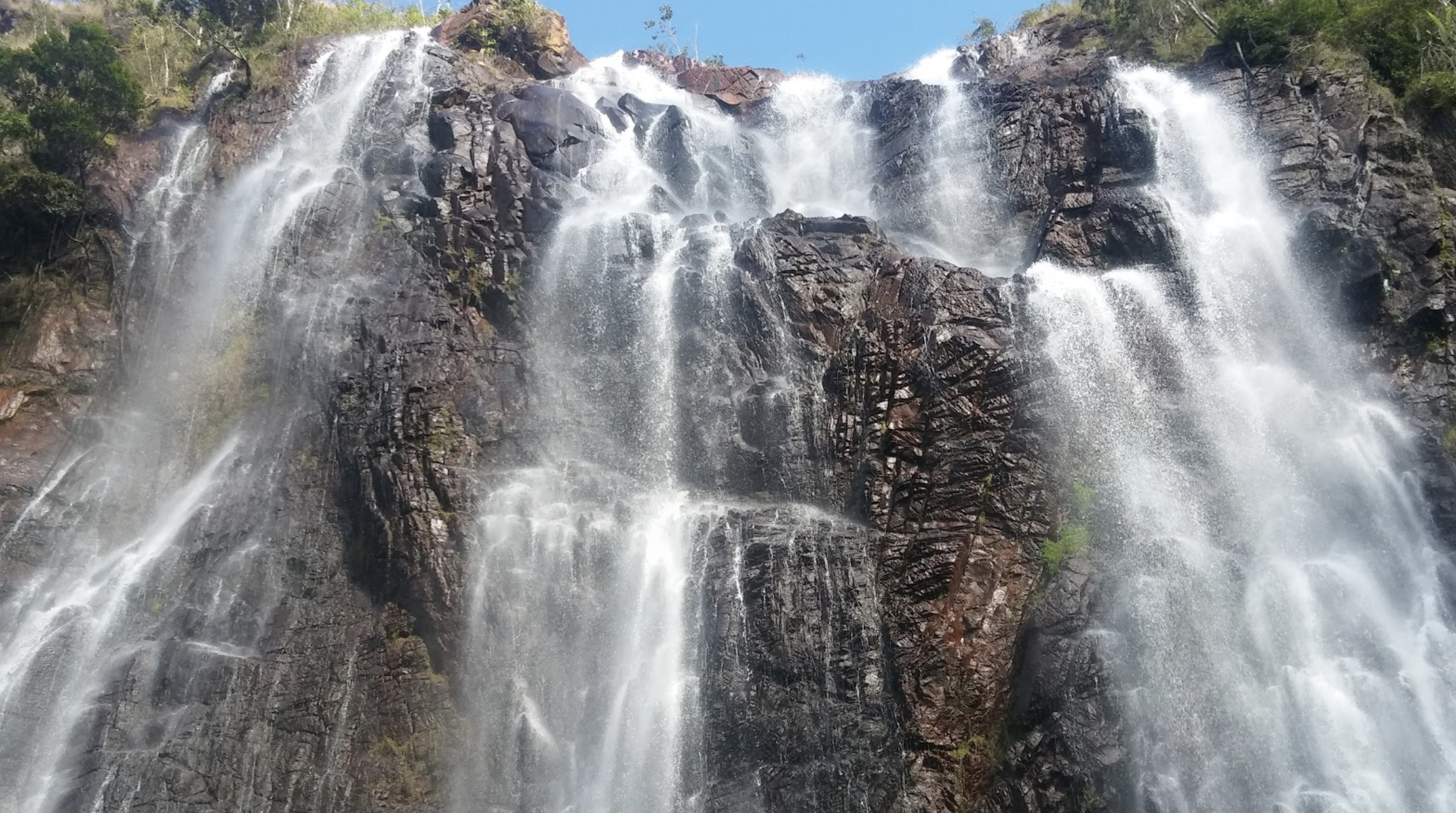
Boa Nova National Park
Explore Now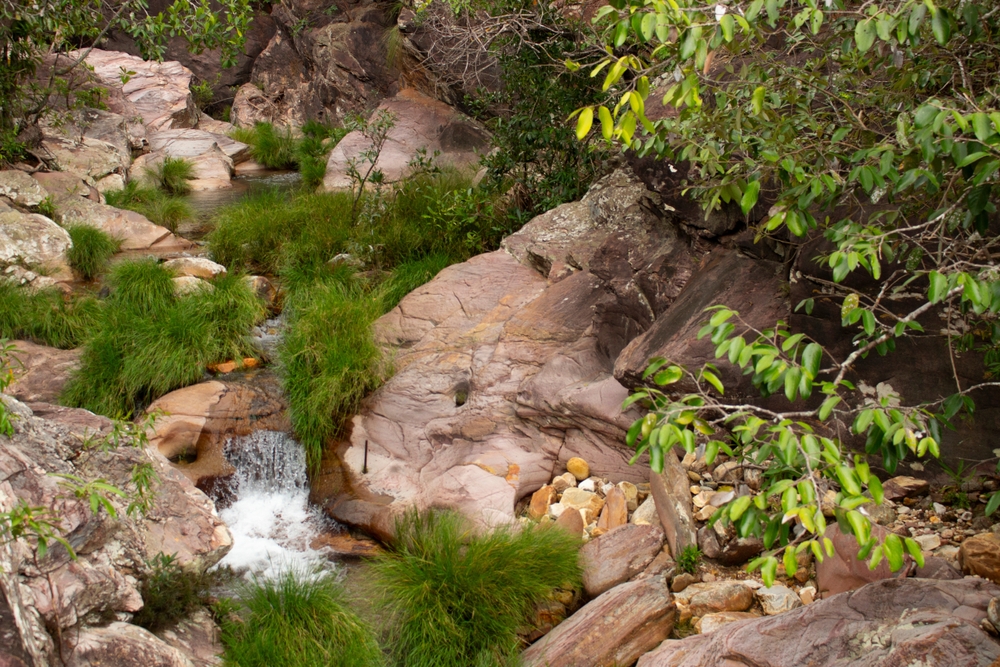
Boqueirão da Onça National Park
Explore Now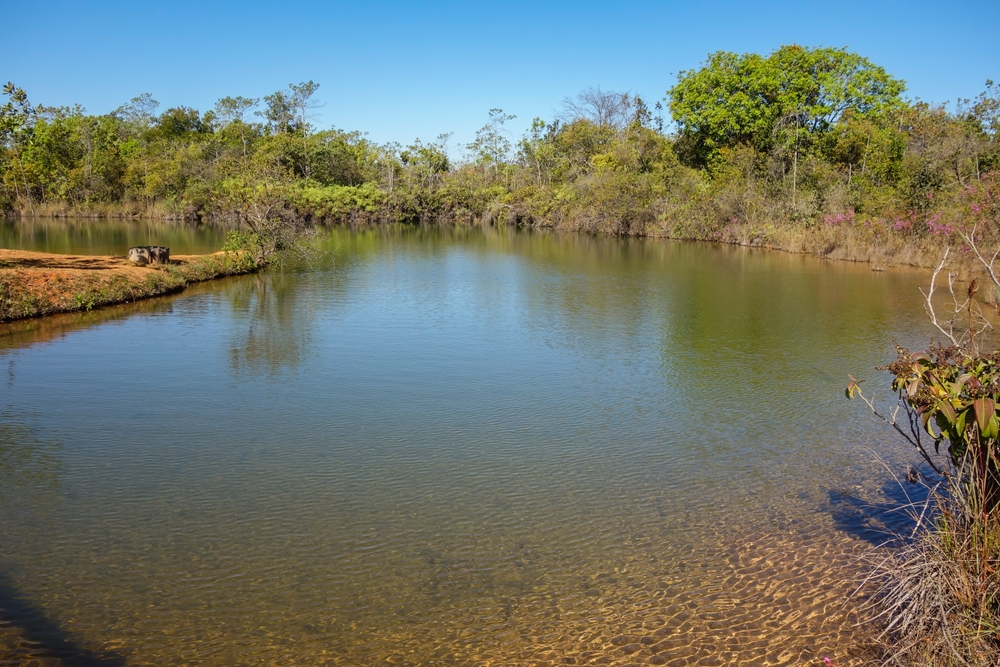
Brasilia National Park
Explore Now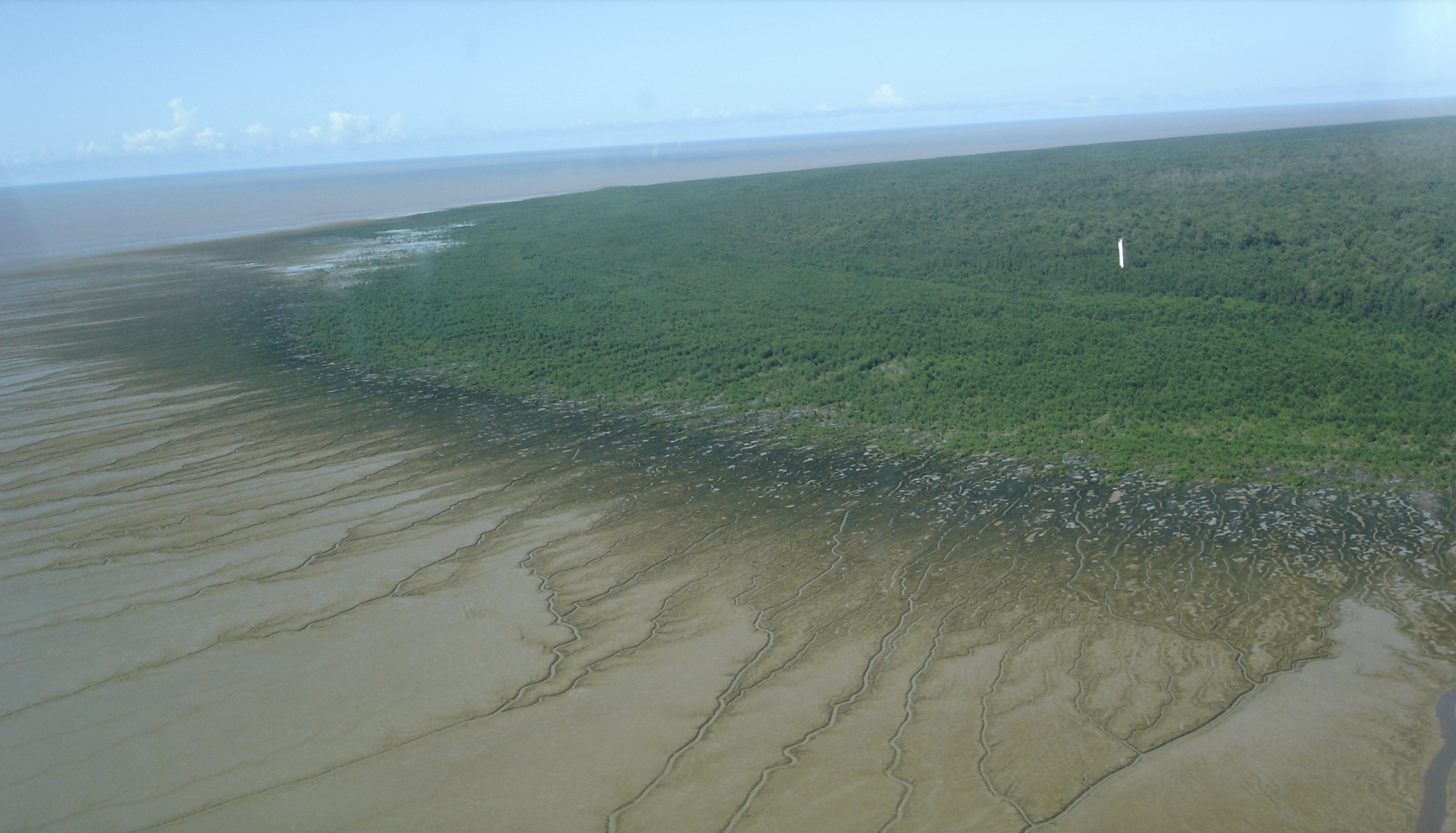
Cabo Orange National Park
Explore Now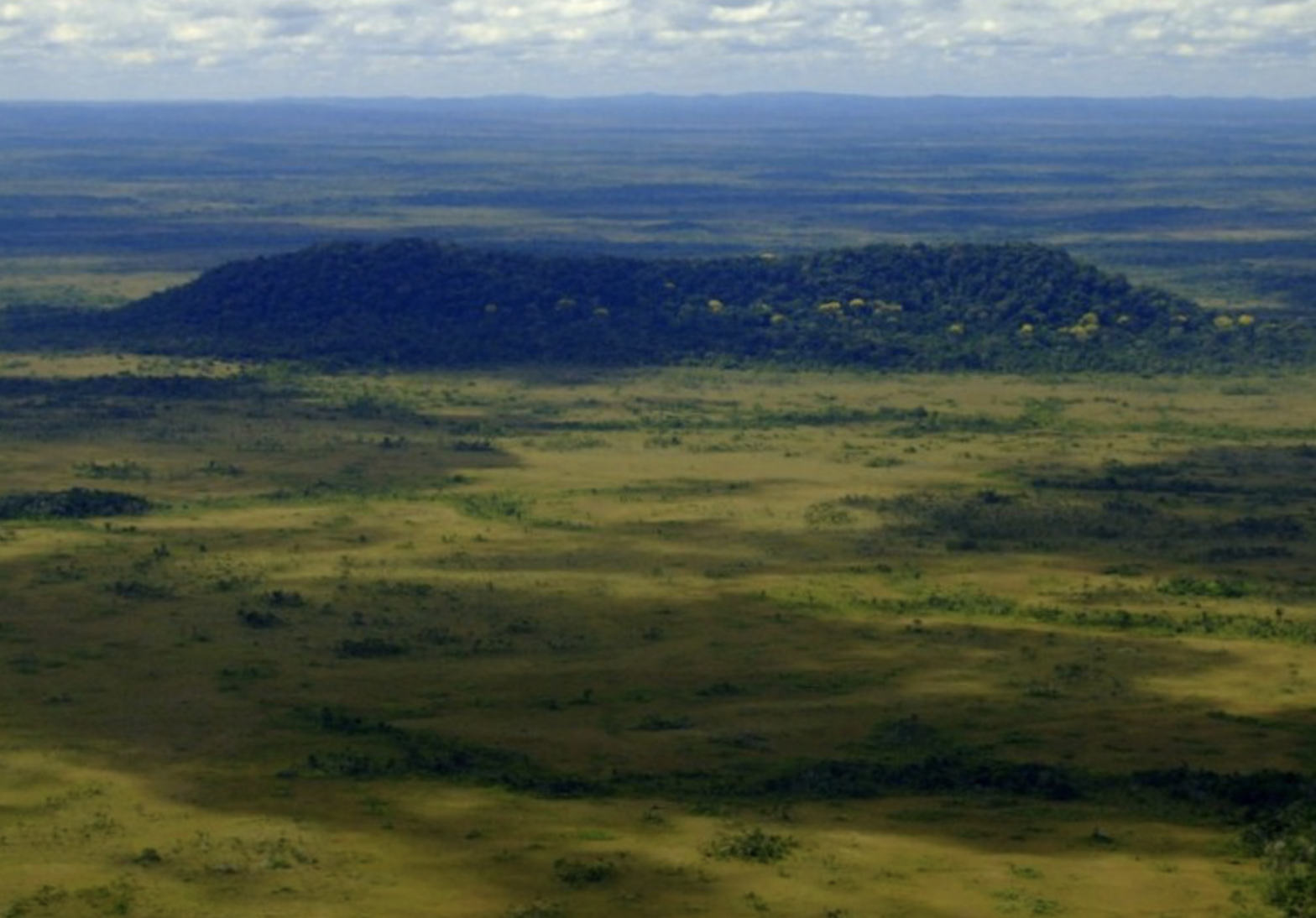
Campos Amazônicos National Park
Explore Now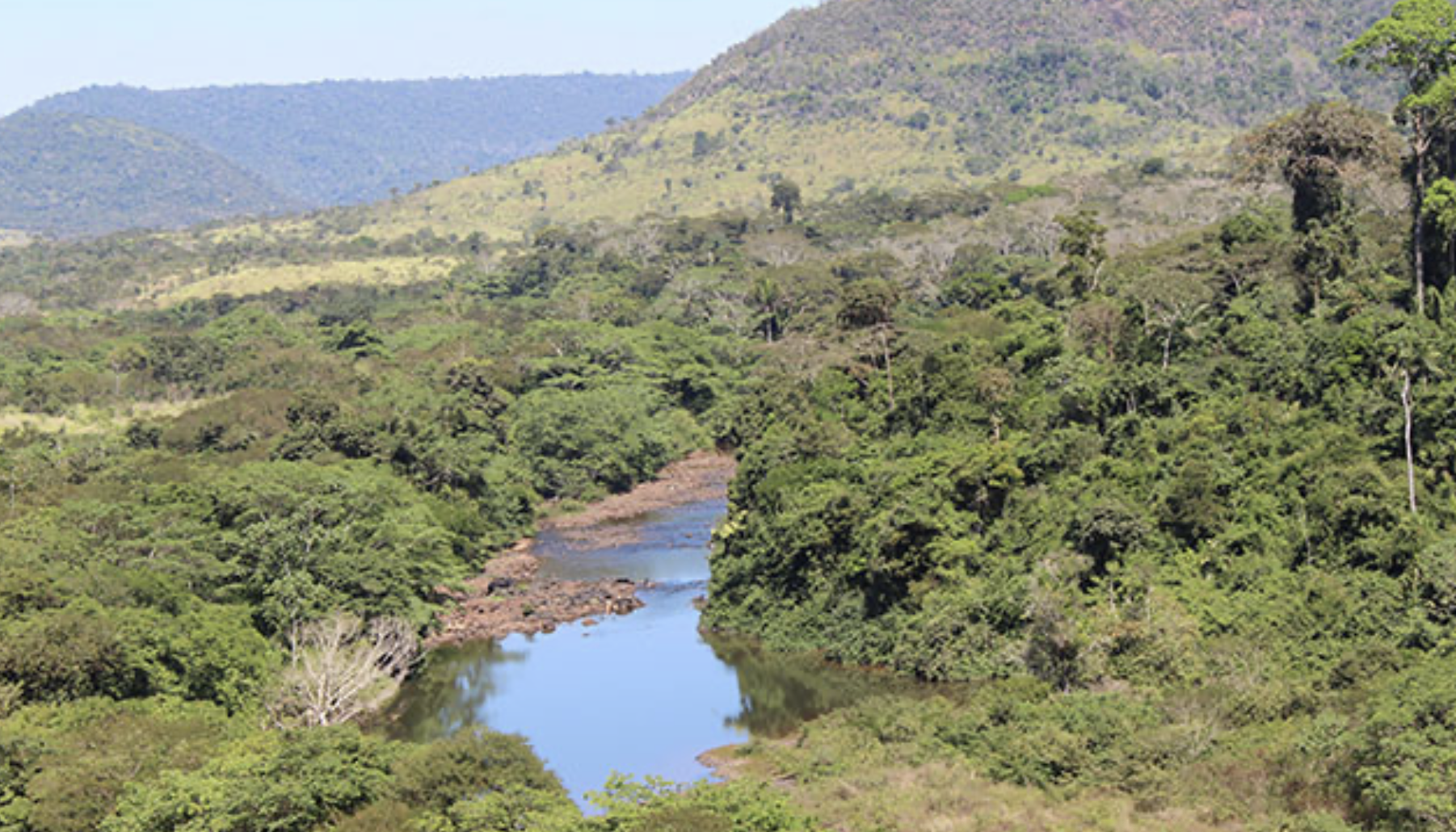
Campos Ferruginosos National Park
Explore Now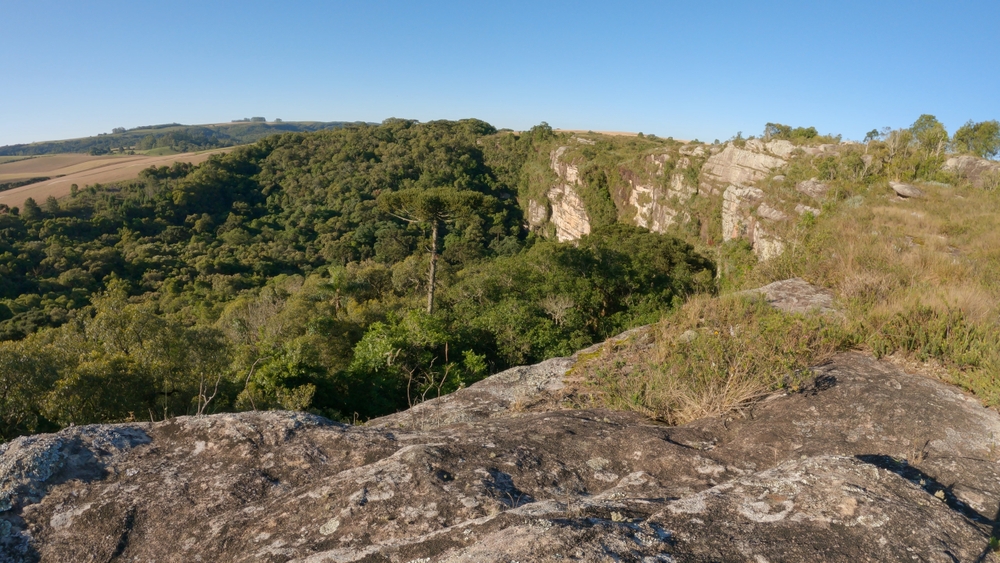
Campos Gerais National Park
Explore Now
Caparaó National Park
Explore Now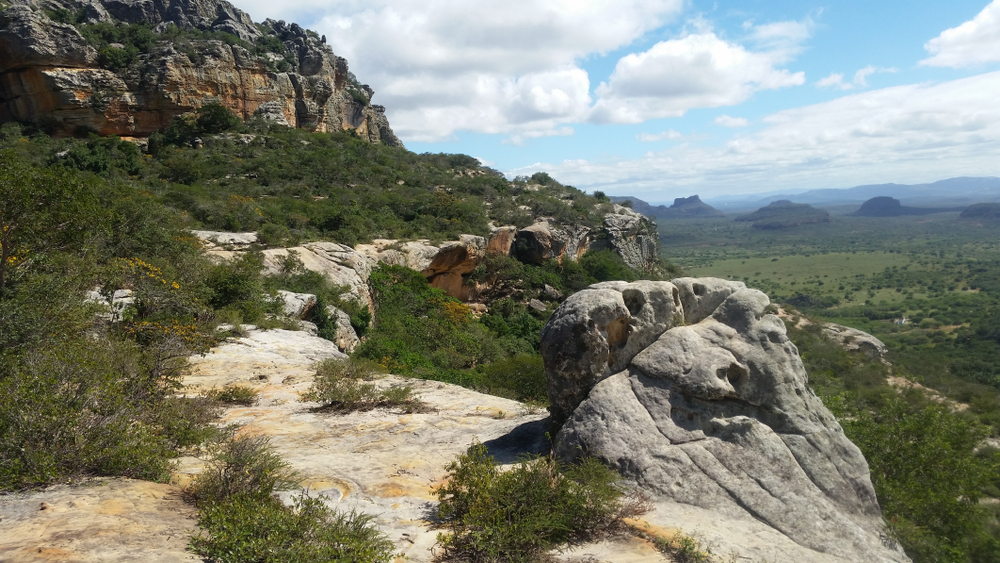
Catimbau National Park
Explore Now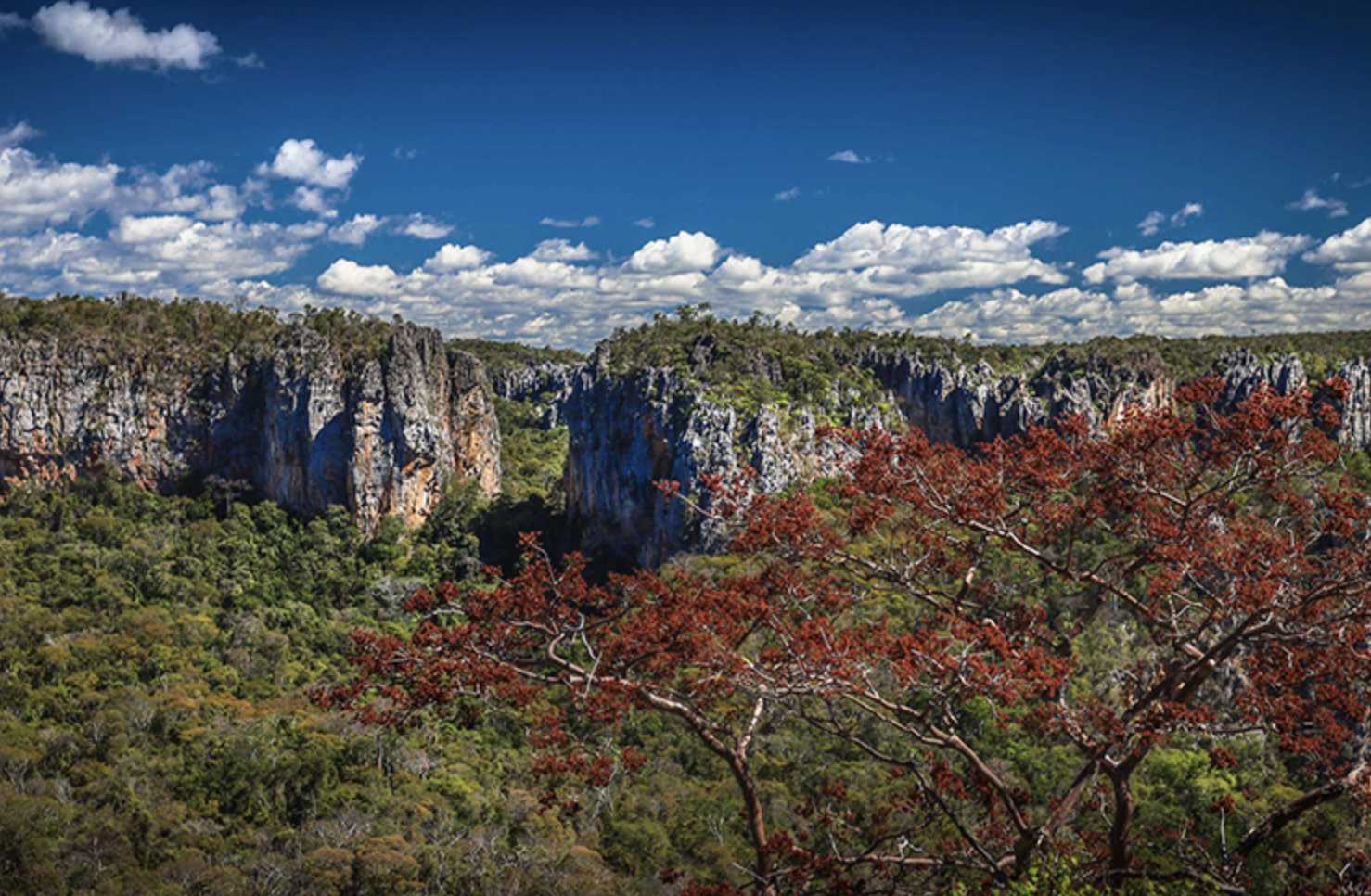
Cavernas do Peruaçu National Park
Explore Now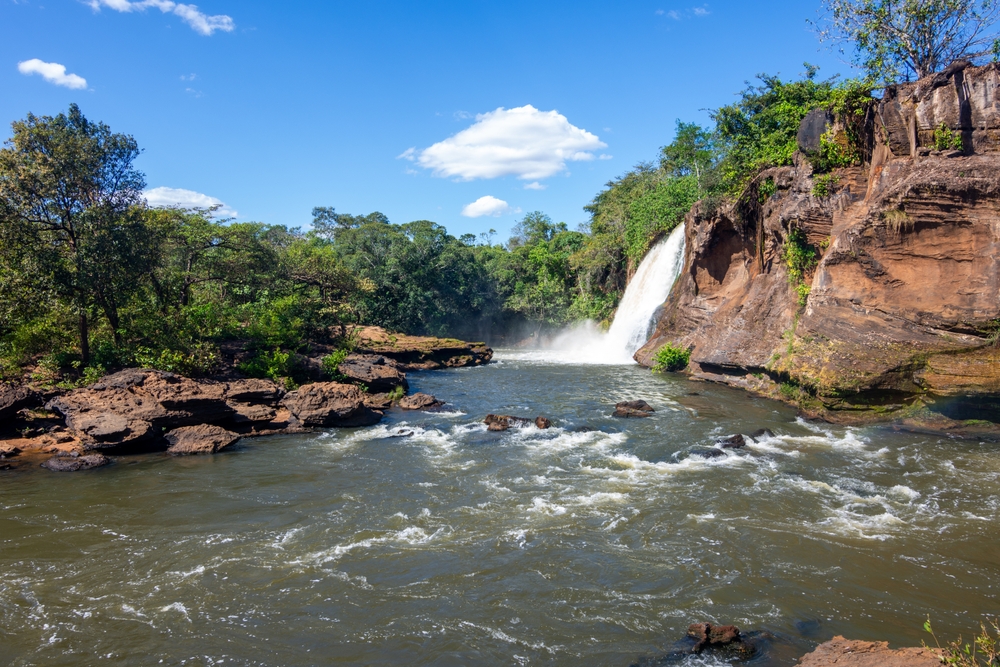
Chapada das Mesas National Park
Explore Now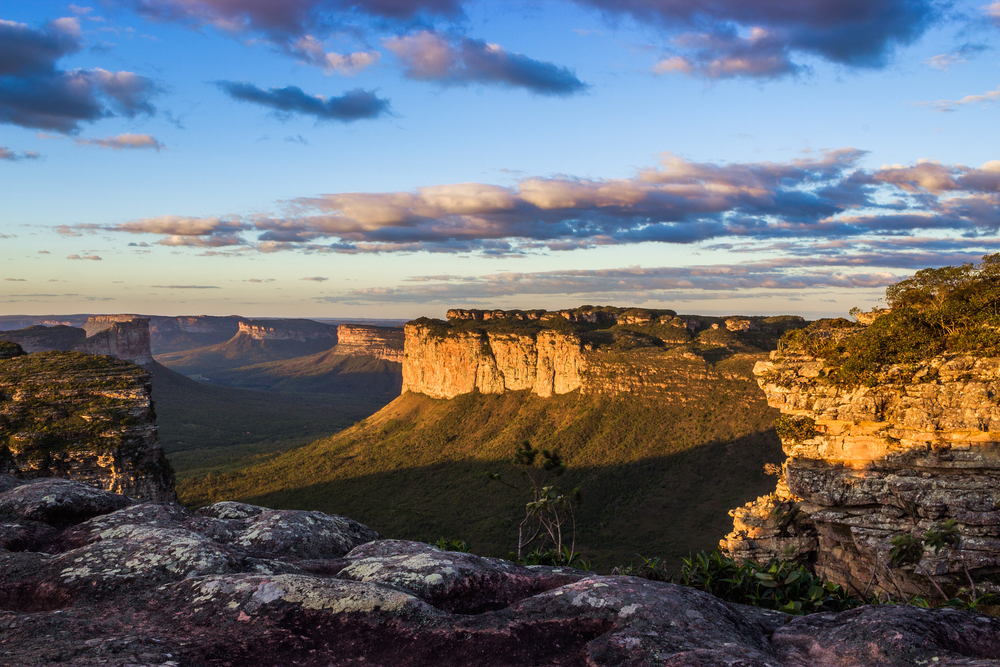
Chapada Diamantina National Park
Explore Now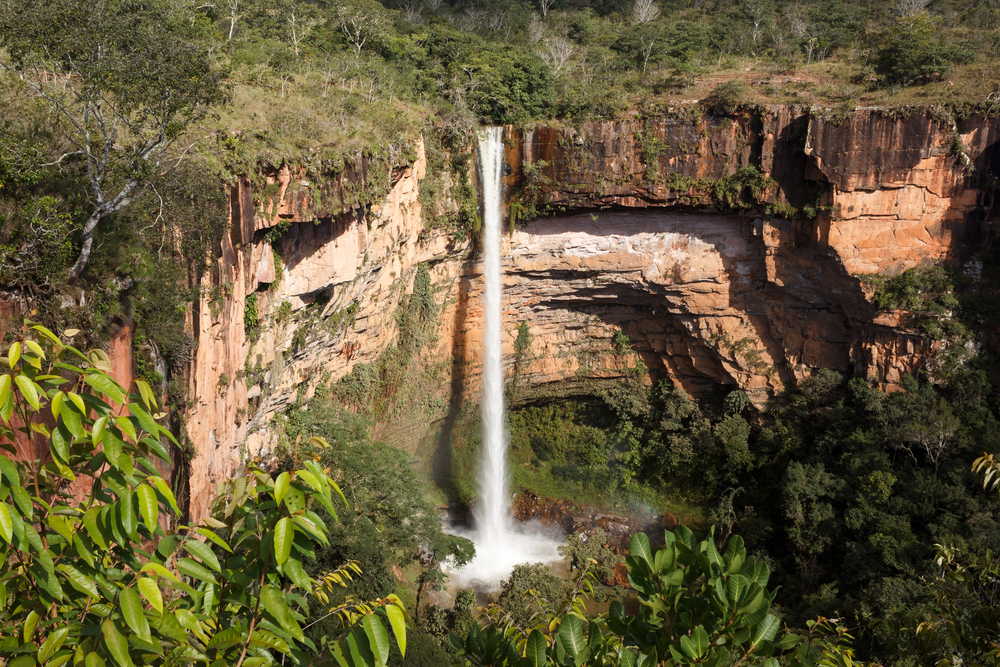
Chapada dos Guimaraes National Park
Explore Now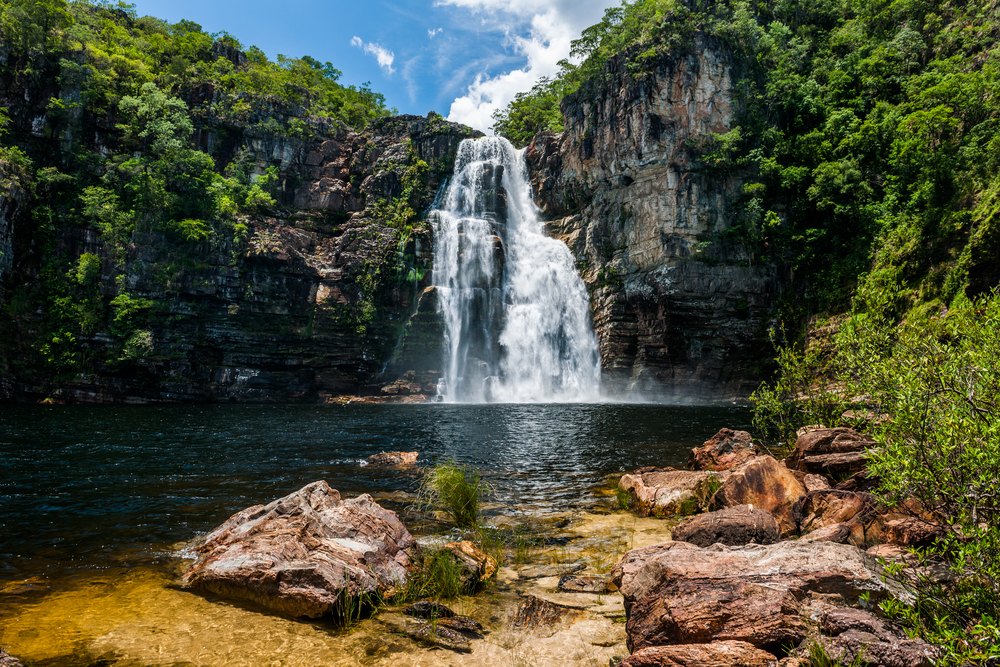
Chapada dos Veadeiros National Park
Explore Now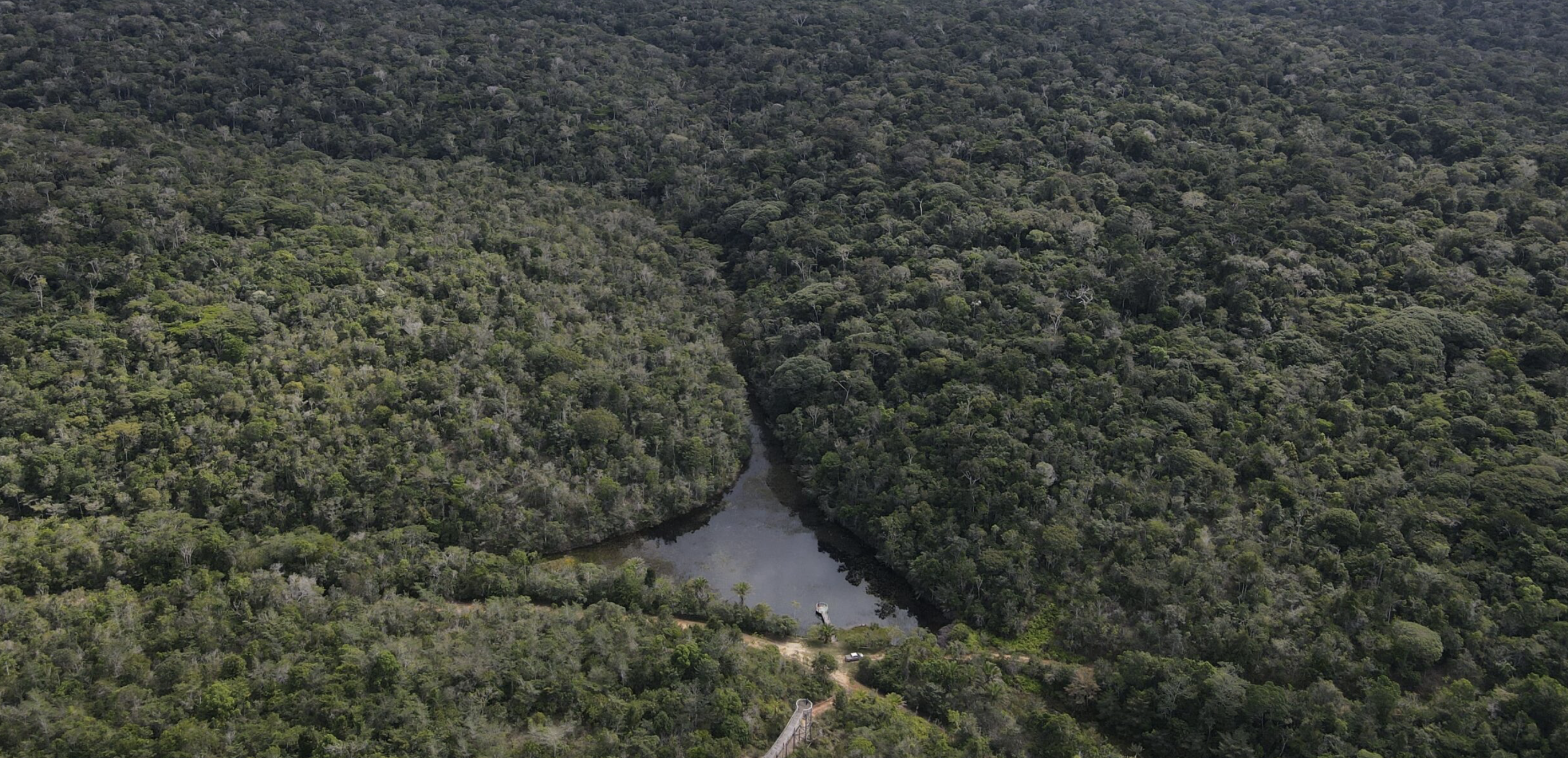
Descobrimento National Park
Explore Now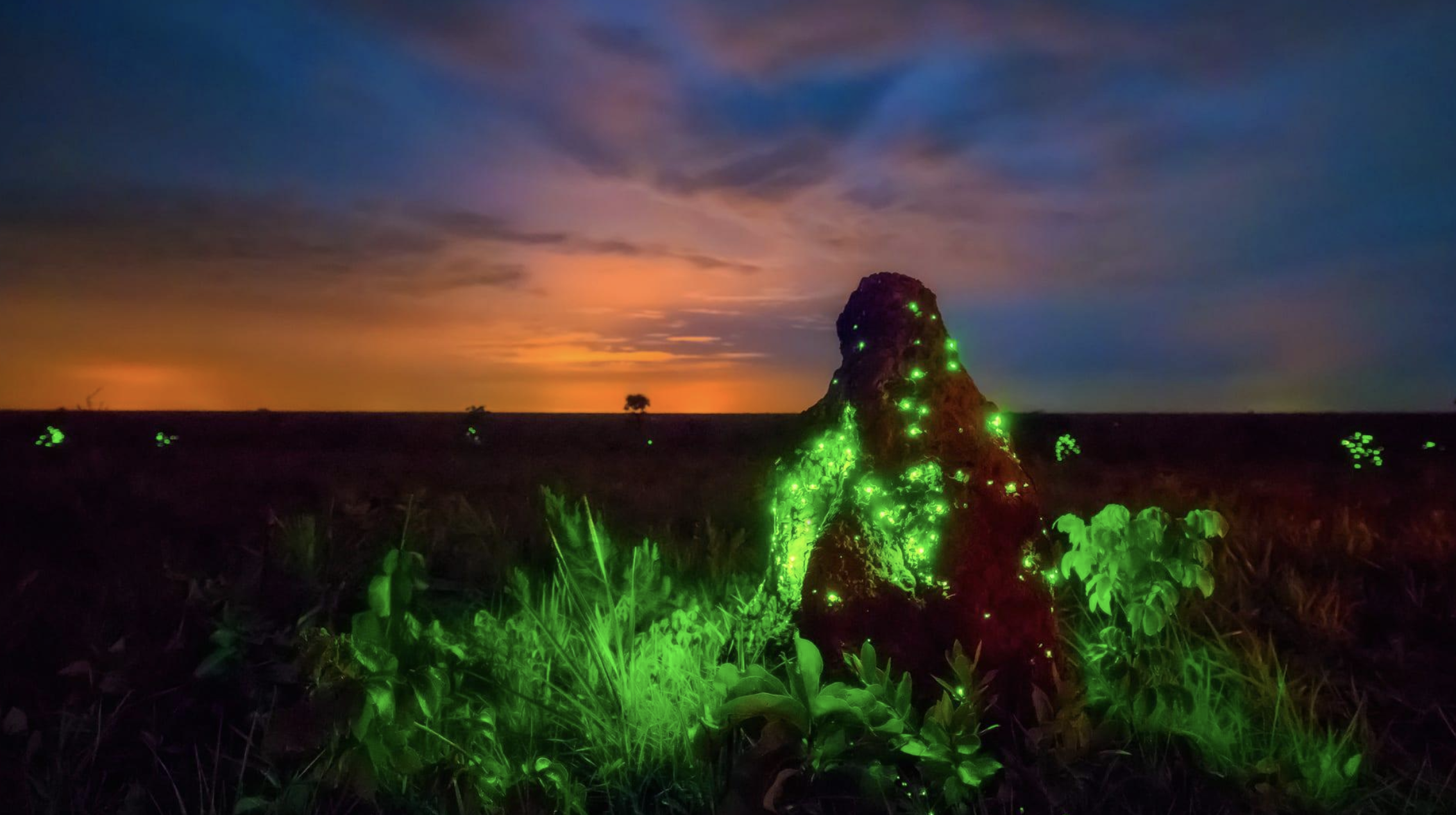
Emas National Park
Explore Now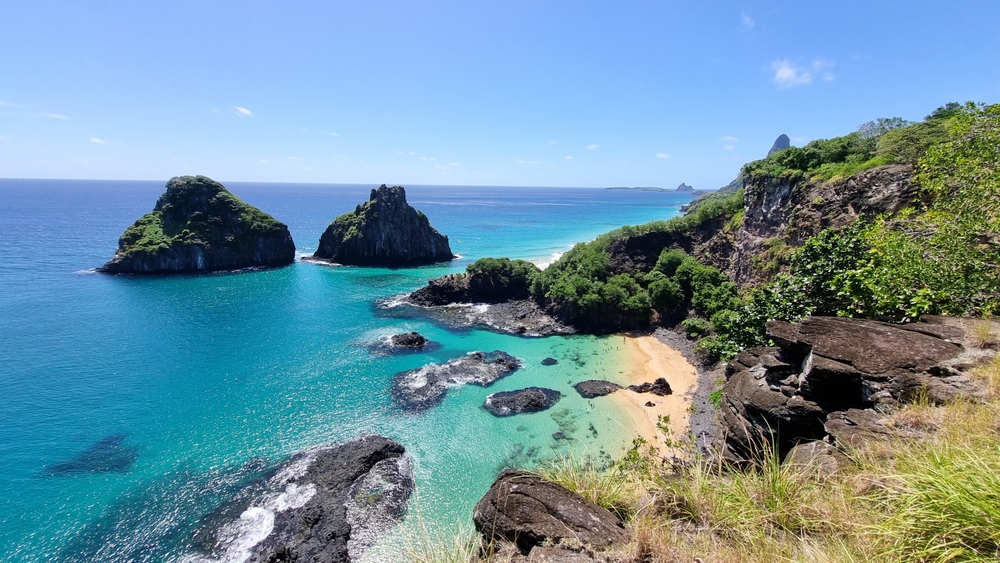
Fernando de Noronha Marine National Park
Explore Now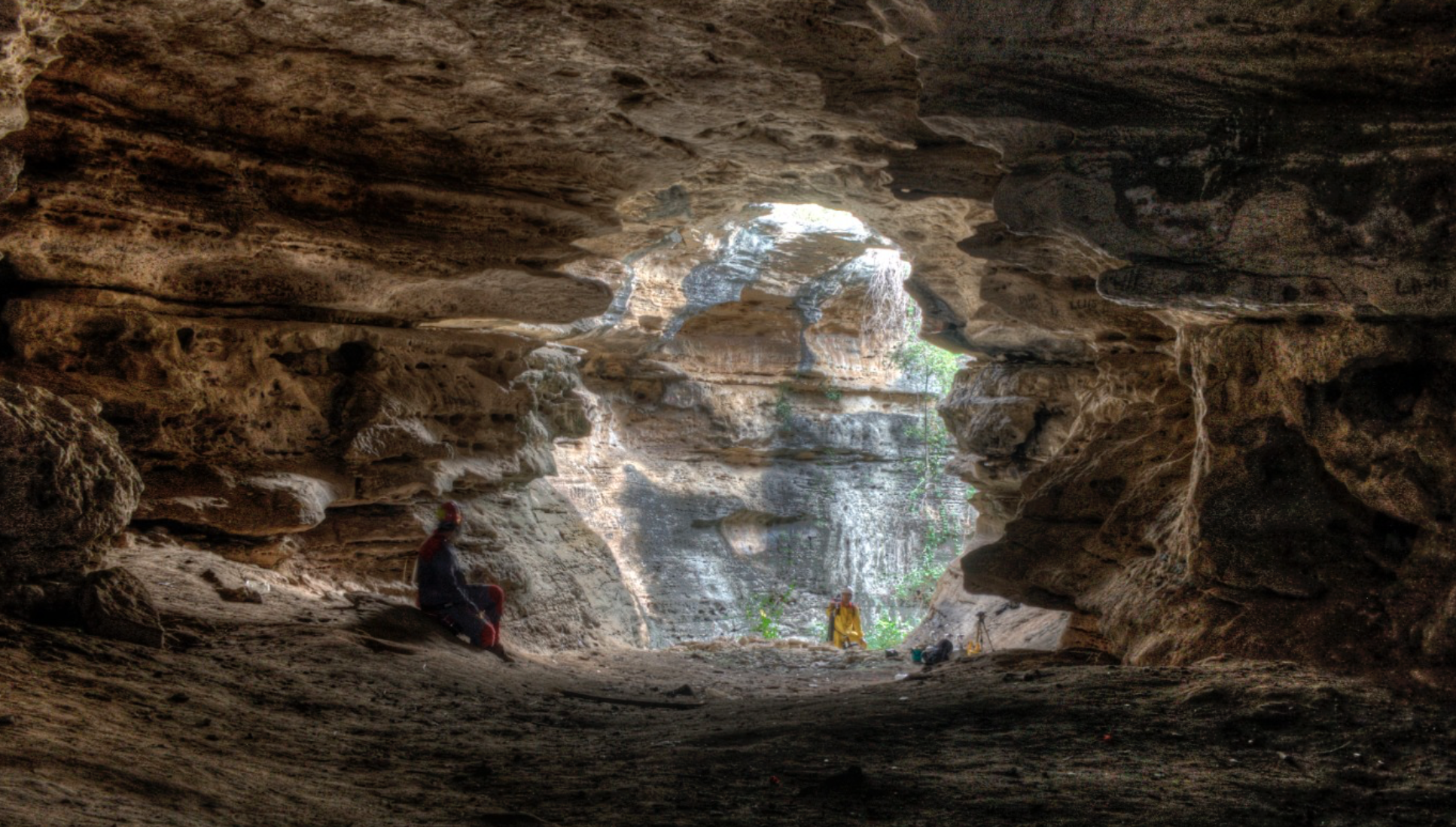
Furna Feia National Park
Explore Now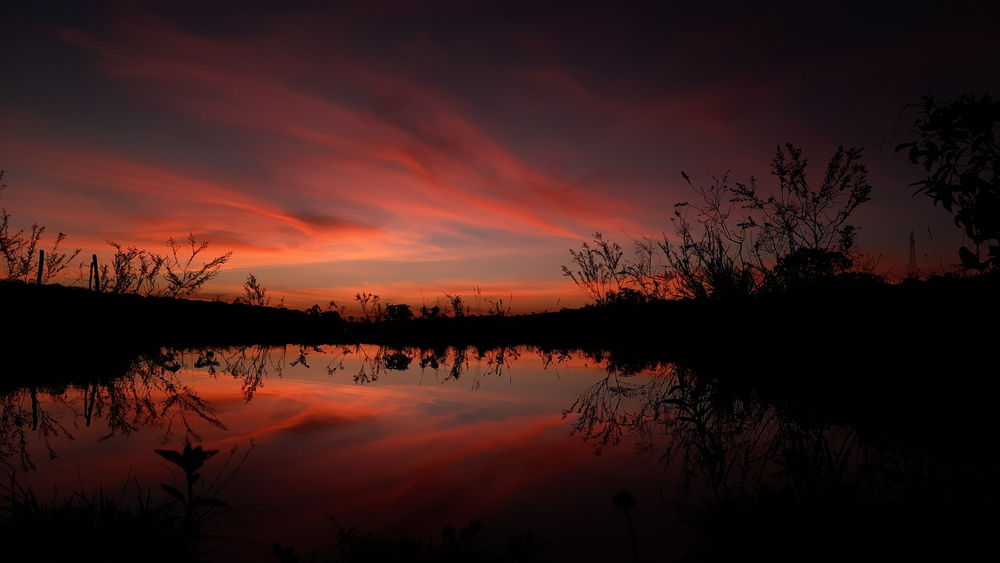
Grande Sertão Veredas National Park
Explore Now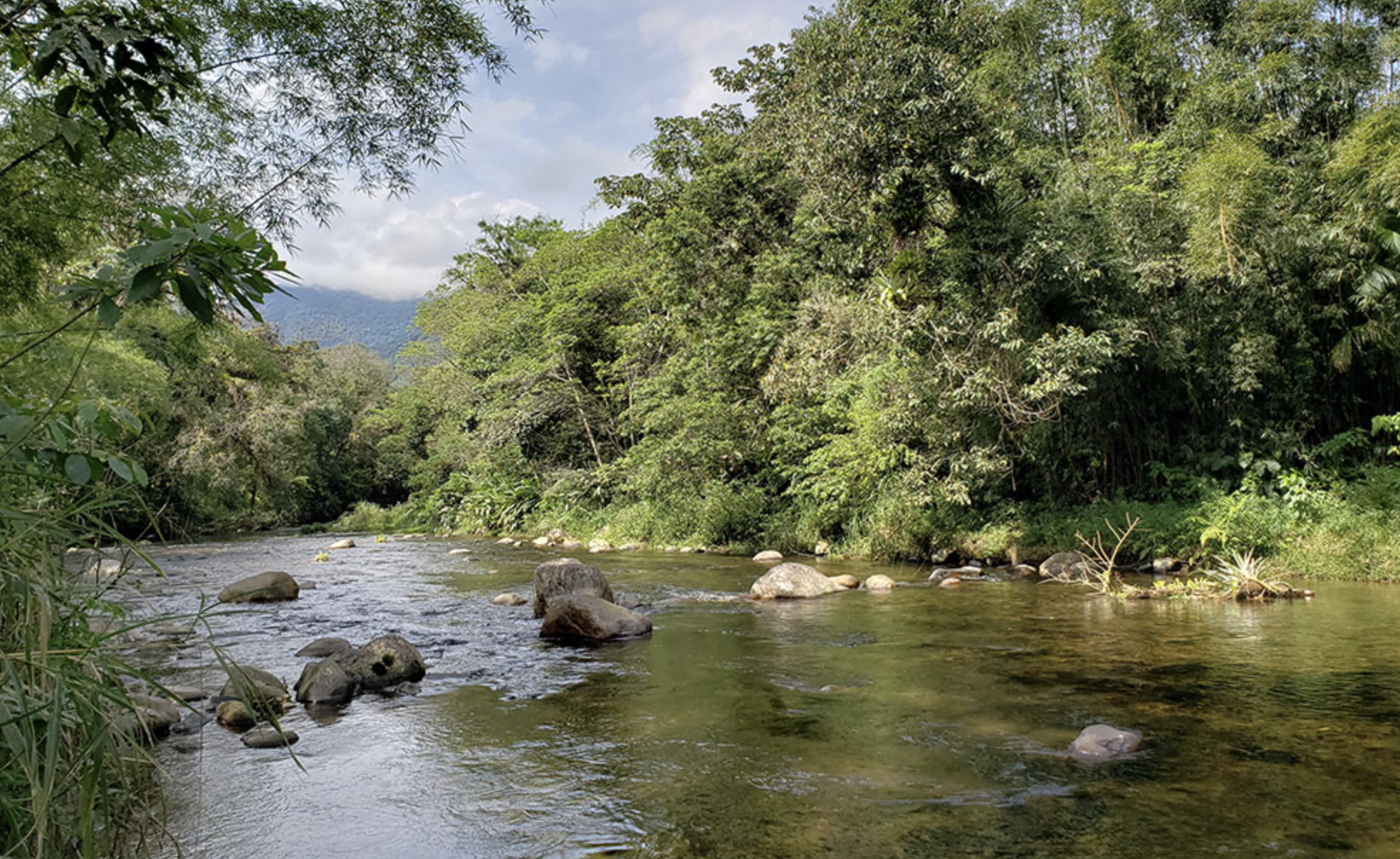
Guaricana National Park
Explore Now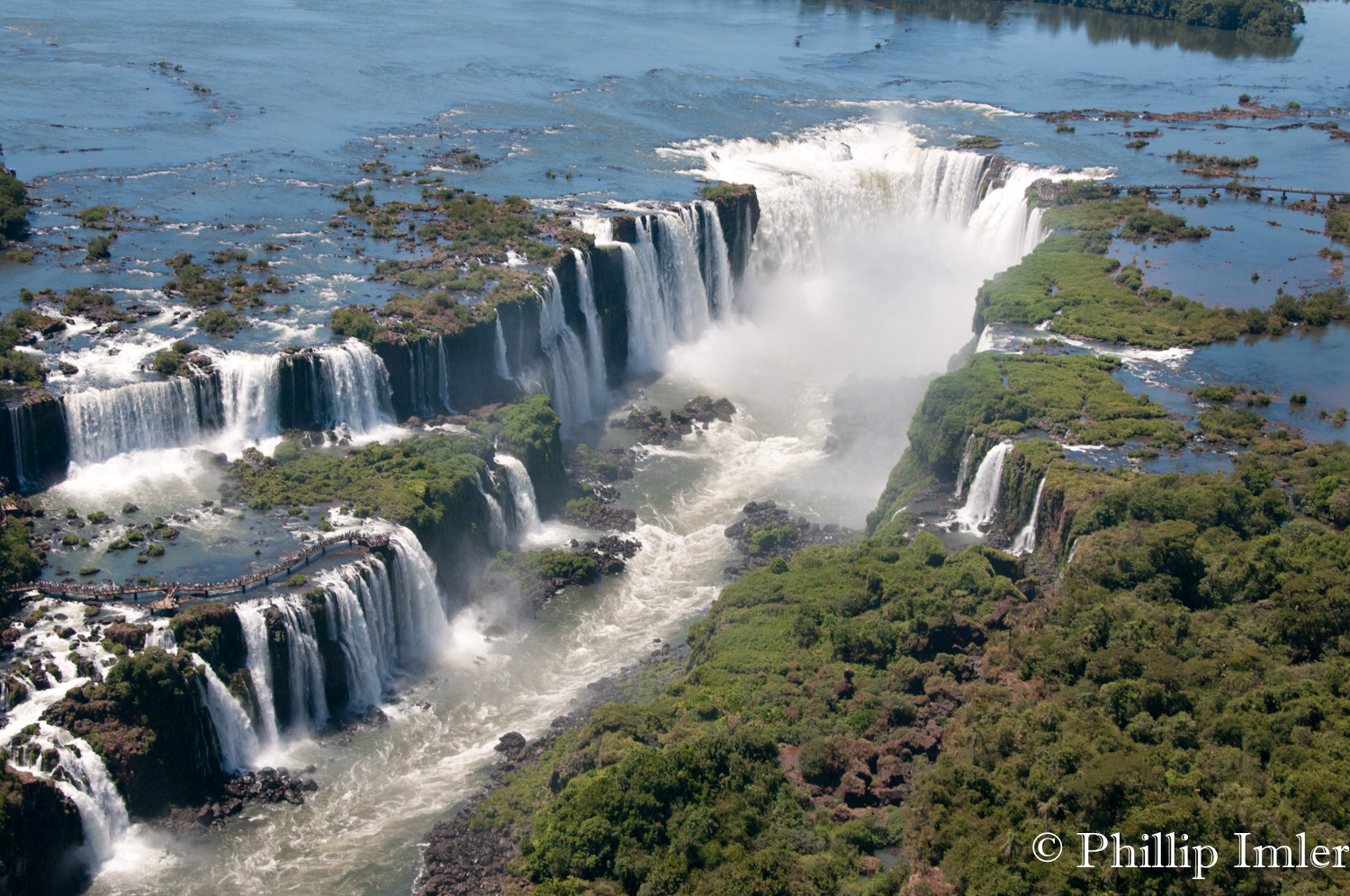
Iguacu National Park
Explore Now
Ilha Grande National Park
Explore Now
Ilhas dos Currais Marine National Park
Explore Now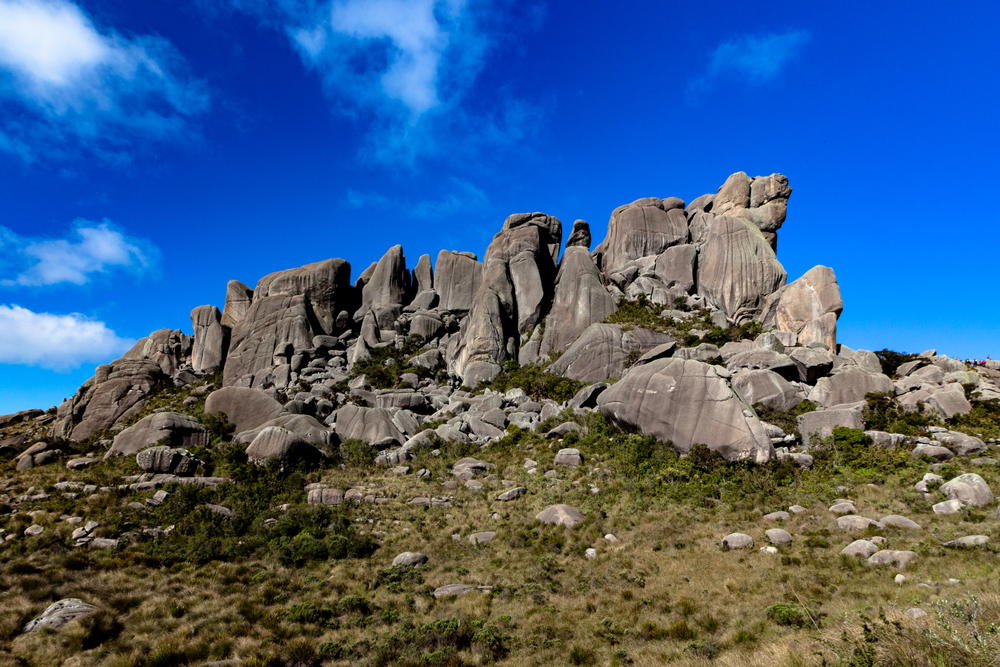
Itatiaia National Park
Explore Now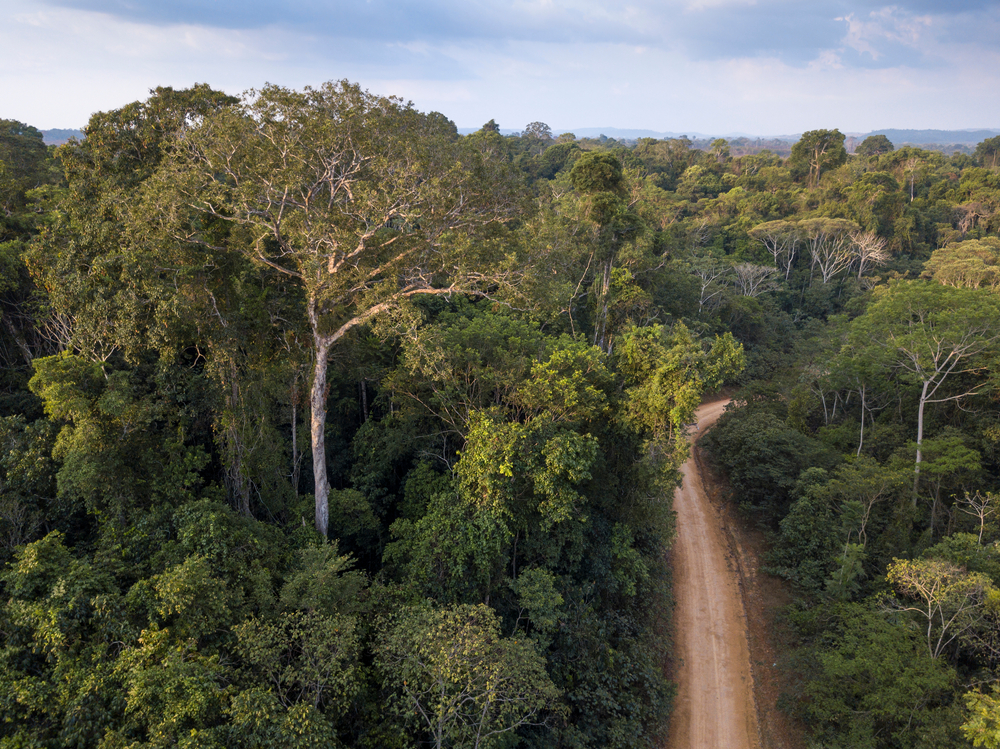
Jamanxim National Park
Explore Now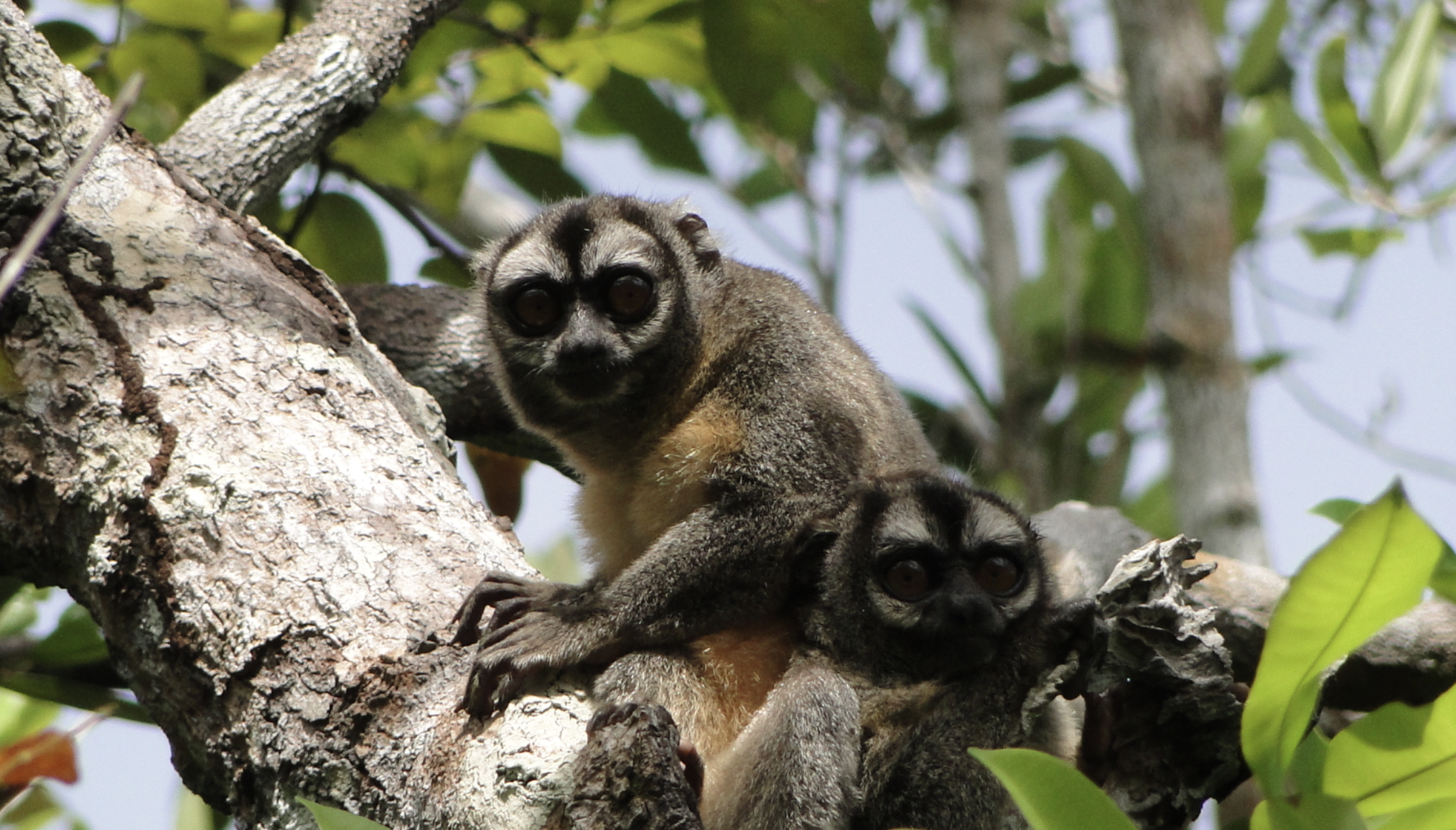
Jau National Park
Explore Now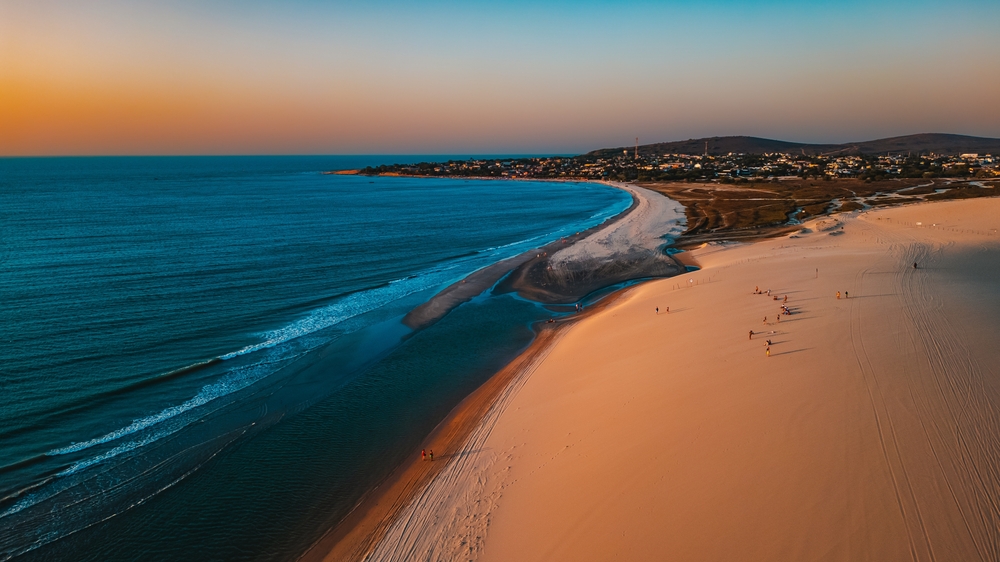
Jericoacoara National Park
Explore Now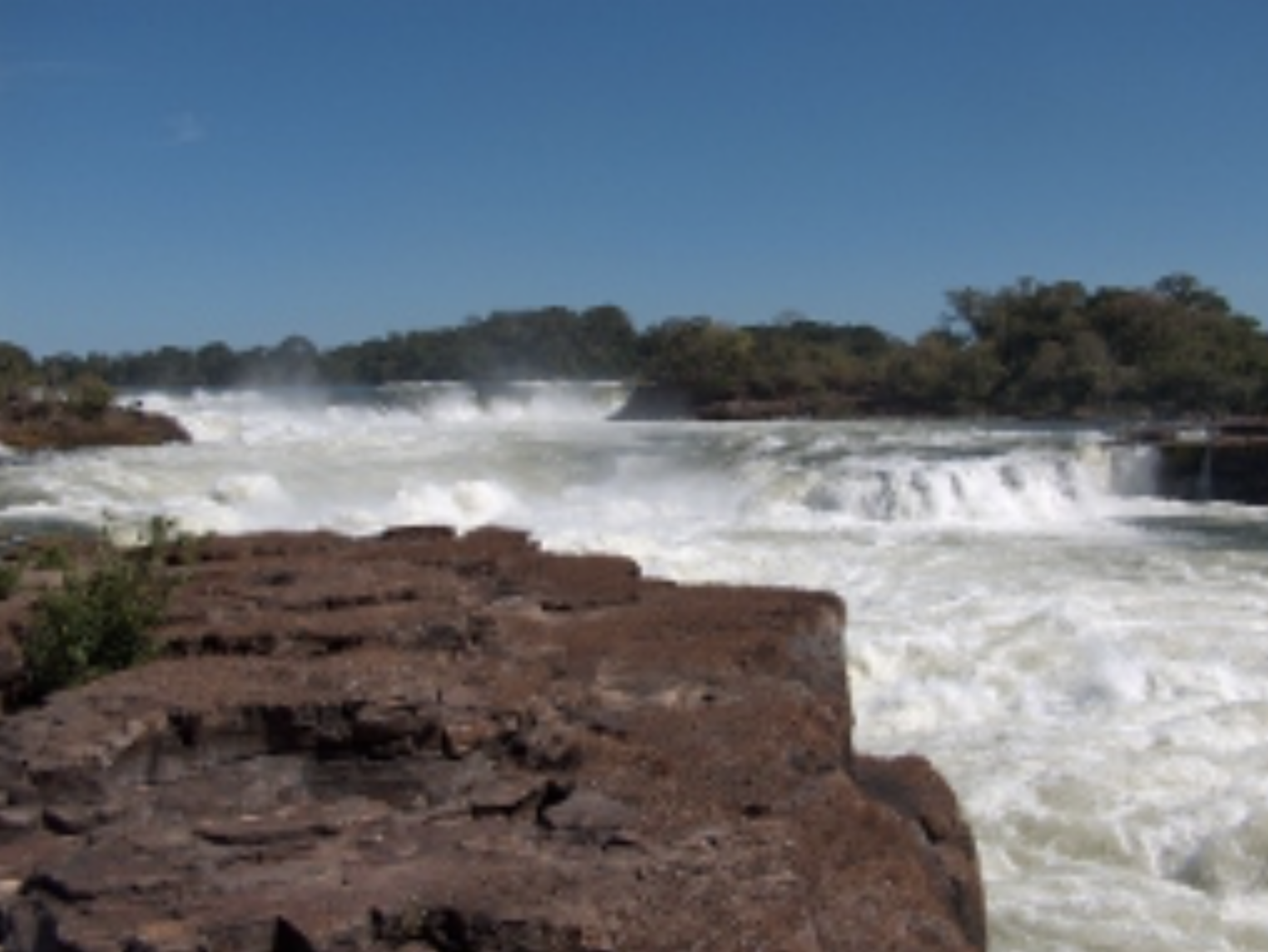
Juruena National Park
Explore Now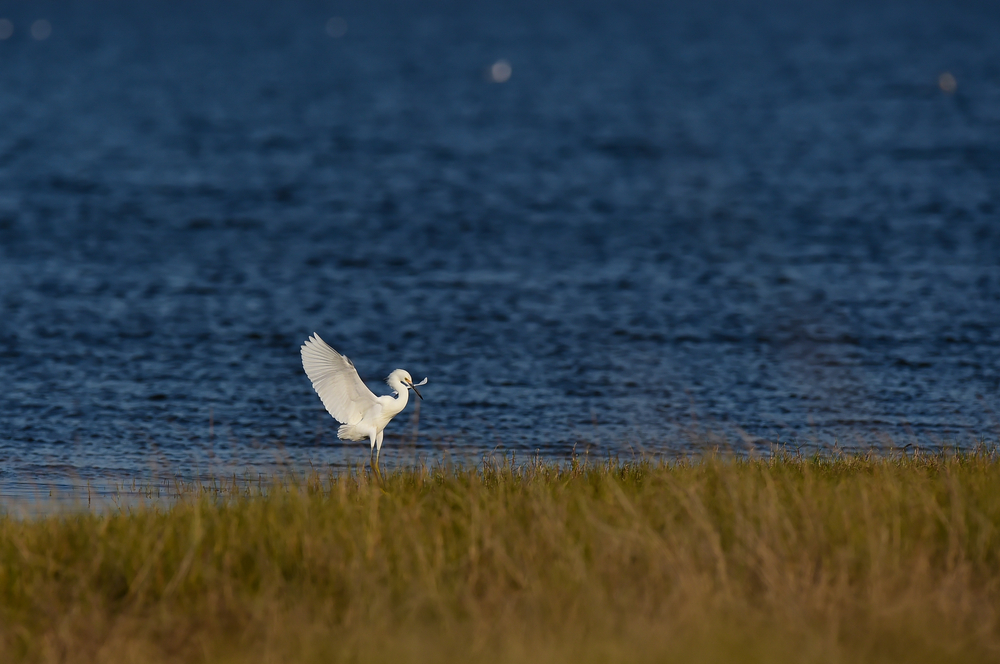
Lagoa do Peixe National Park
Explore Now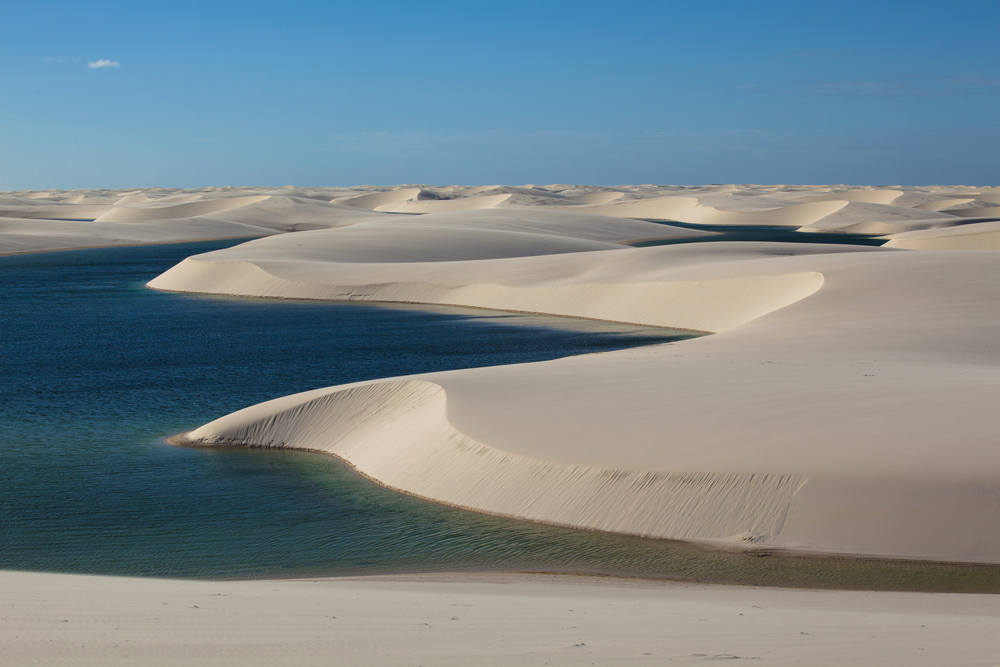
Lencois Maranhenses NP
Explore Now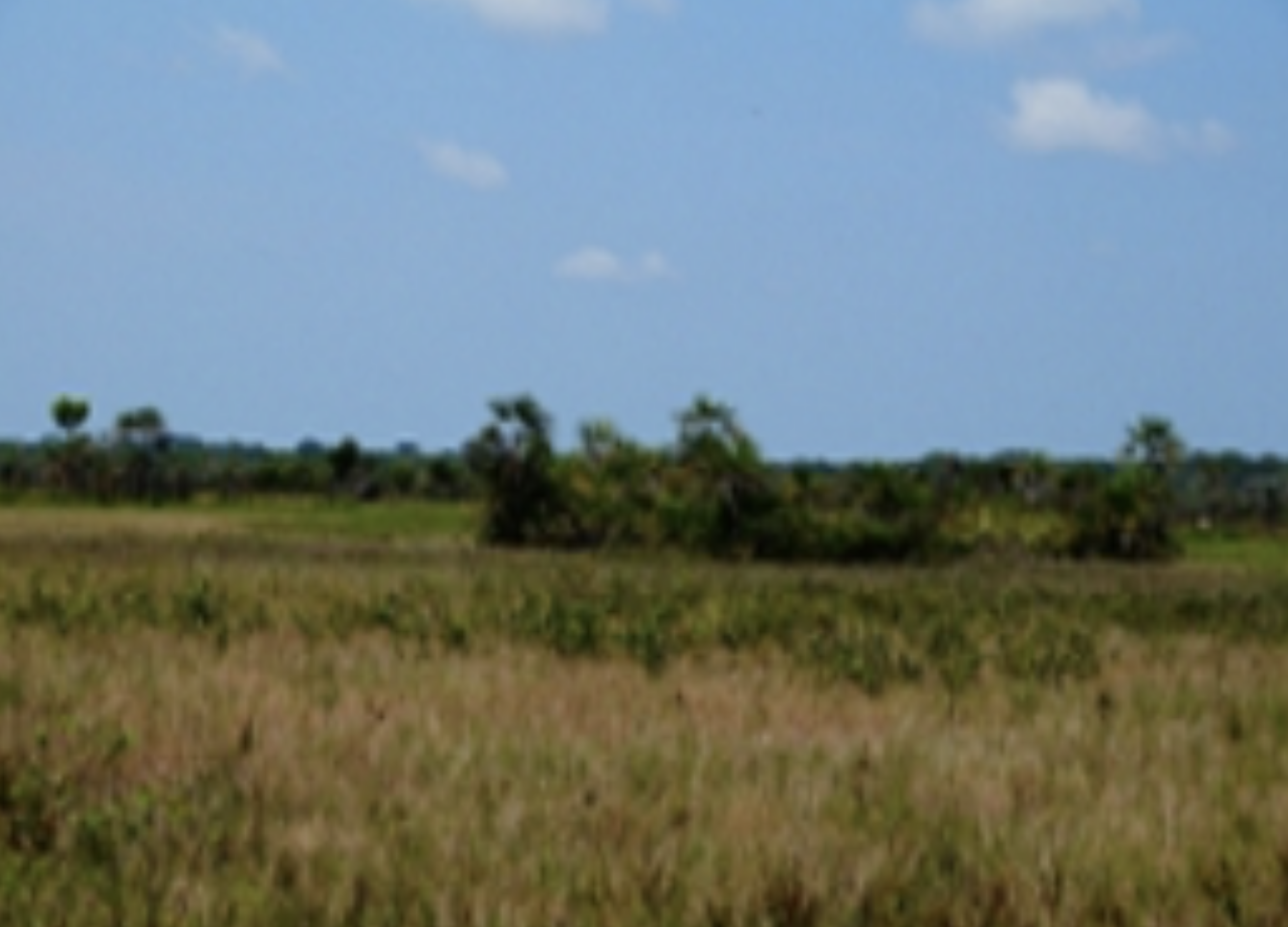
Mapinguari National Park
Explore Now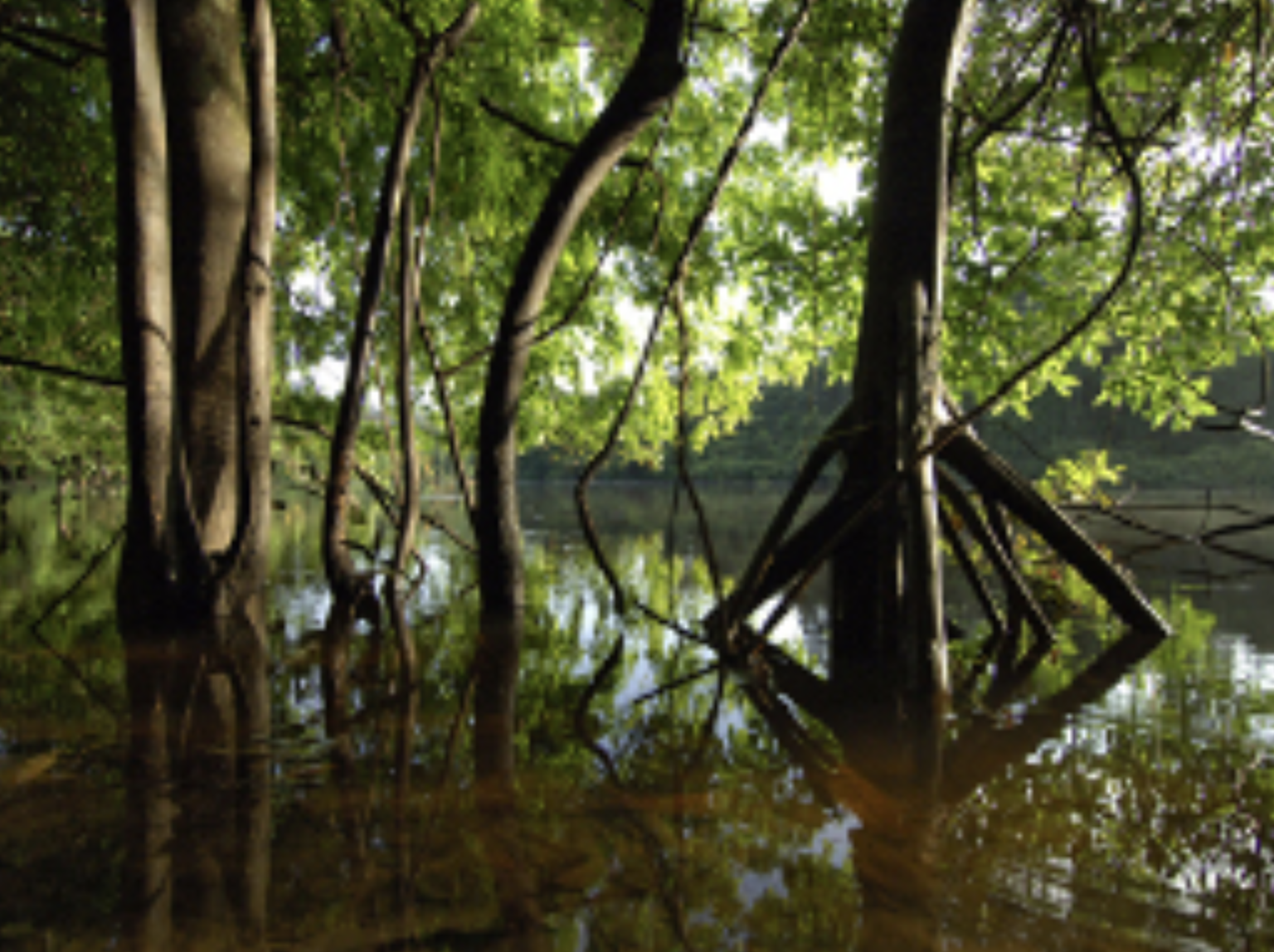
Montanhas do Tumucumaque National Park
Explore Now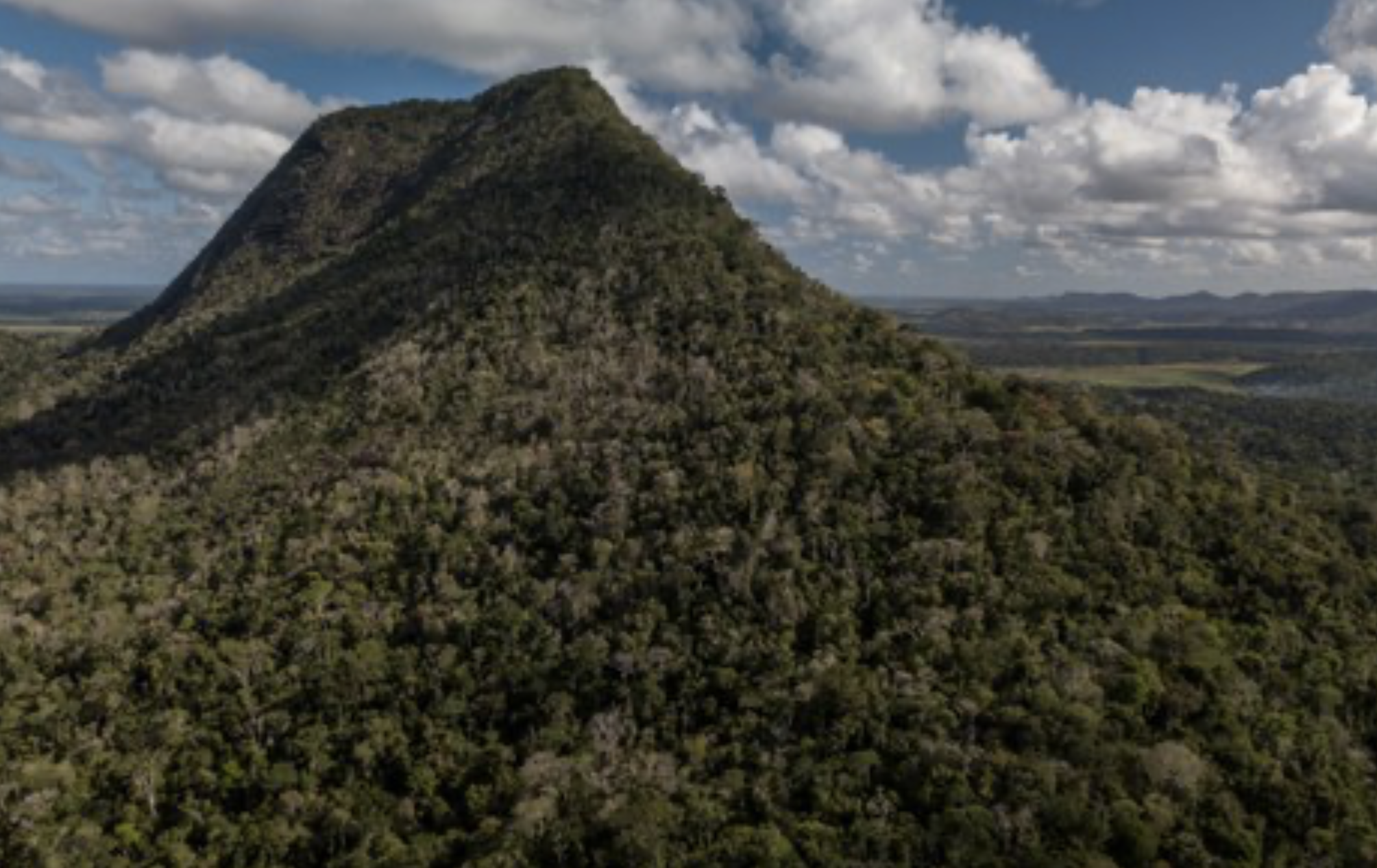
Monte Pascoal National Park
Explore Now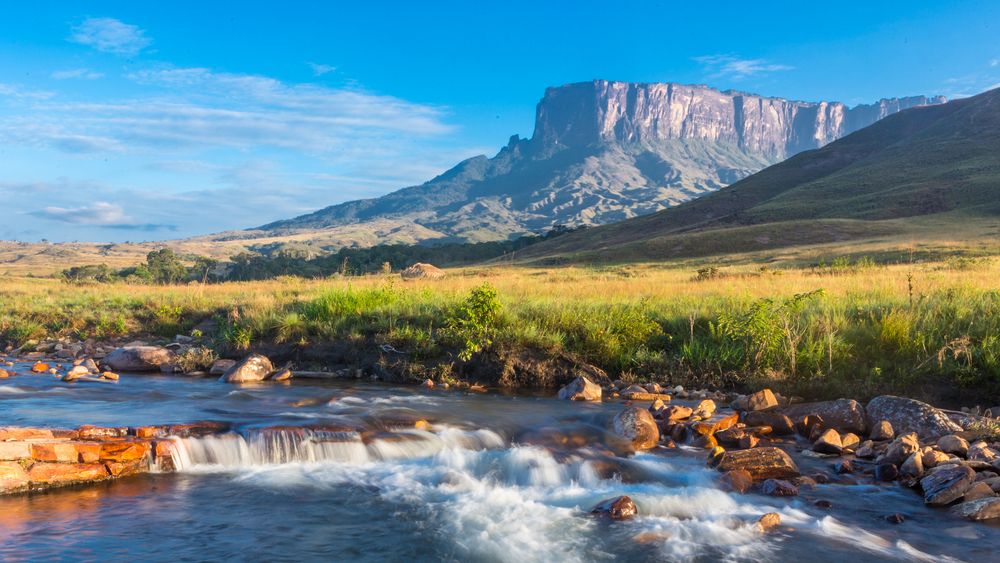
Monte Roraima National Park
Explore Now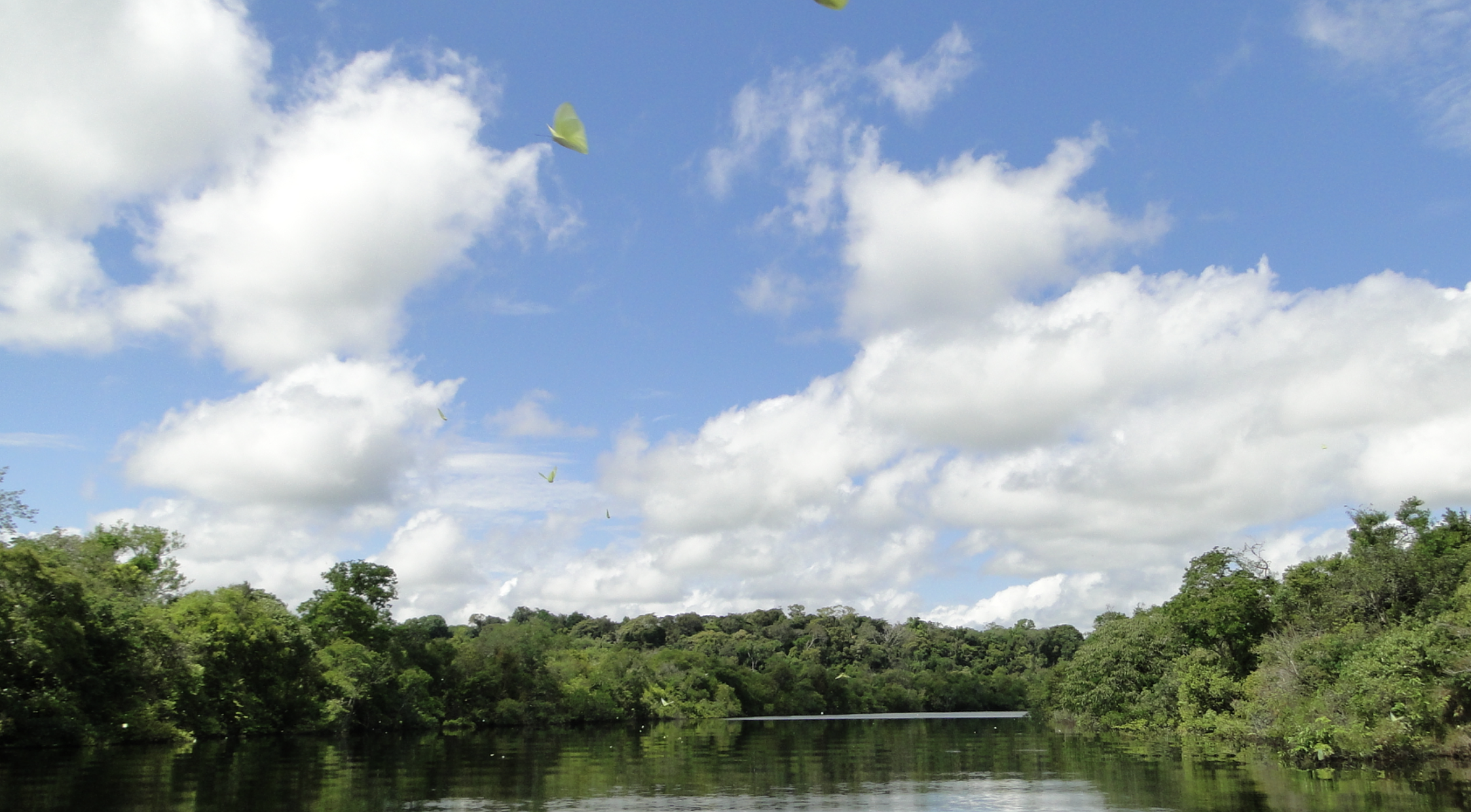
Nascentes do Lago Jari National Park
Explore Now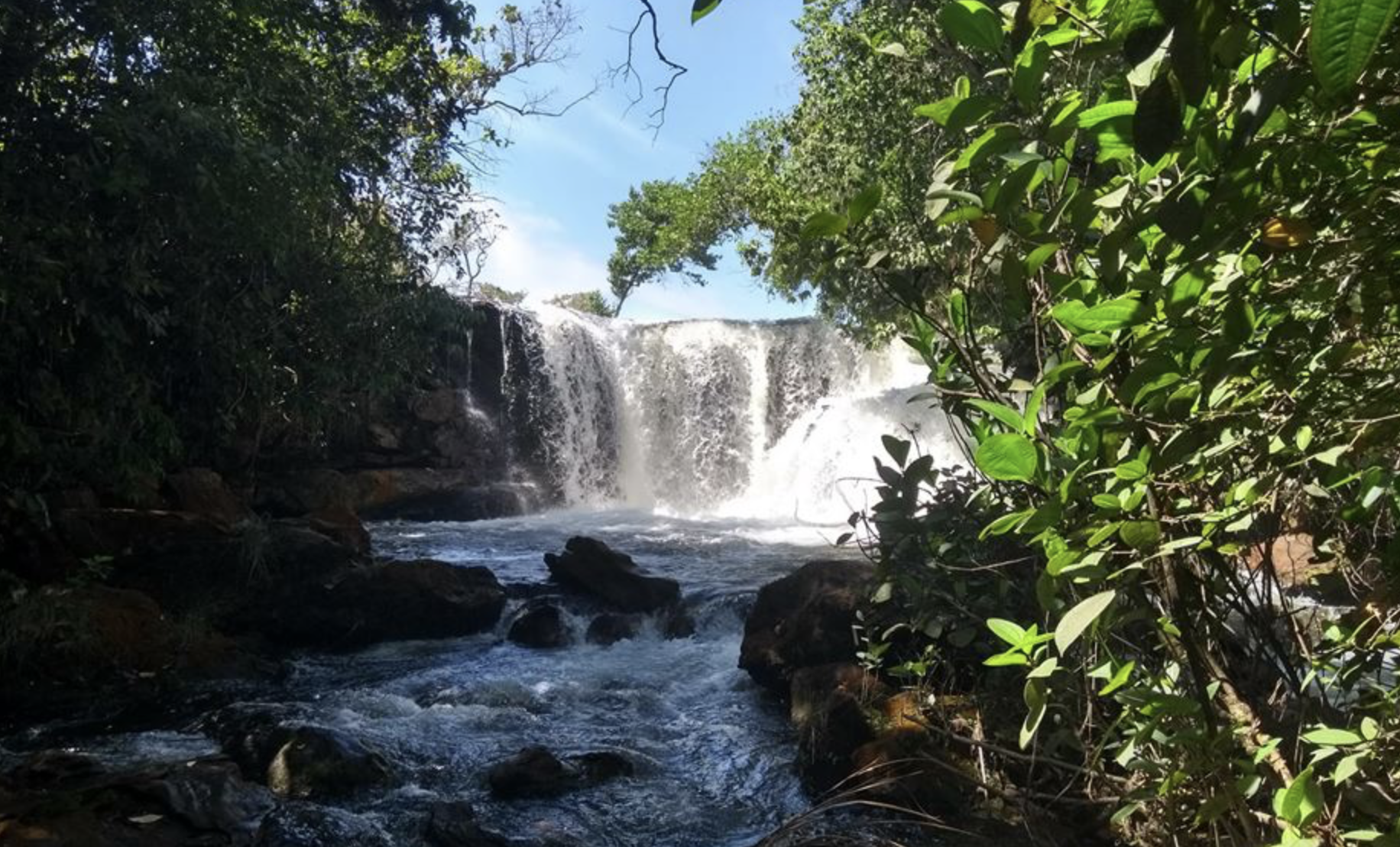
Nascentes do Rio Parnaiba National Park
Explore Now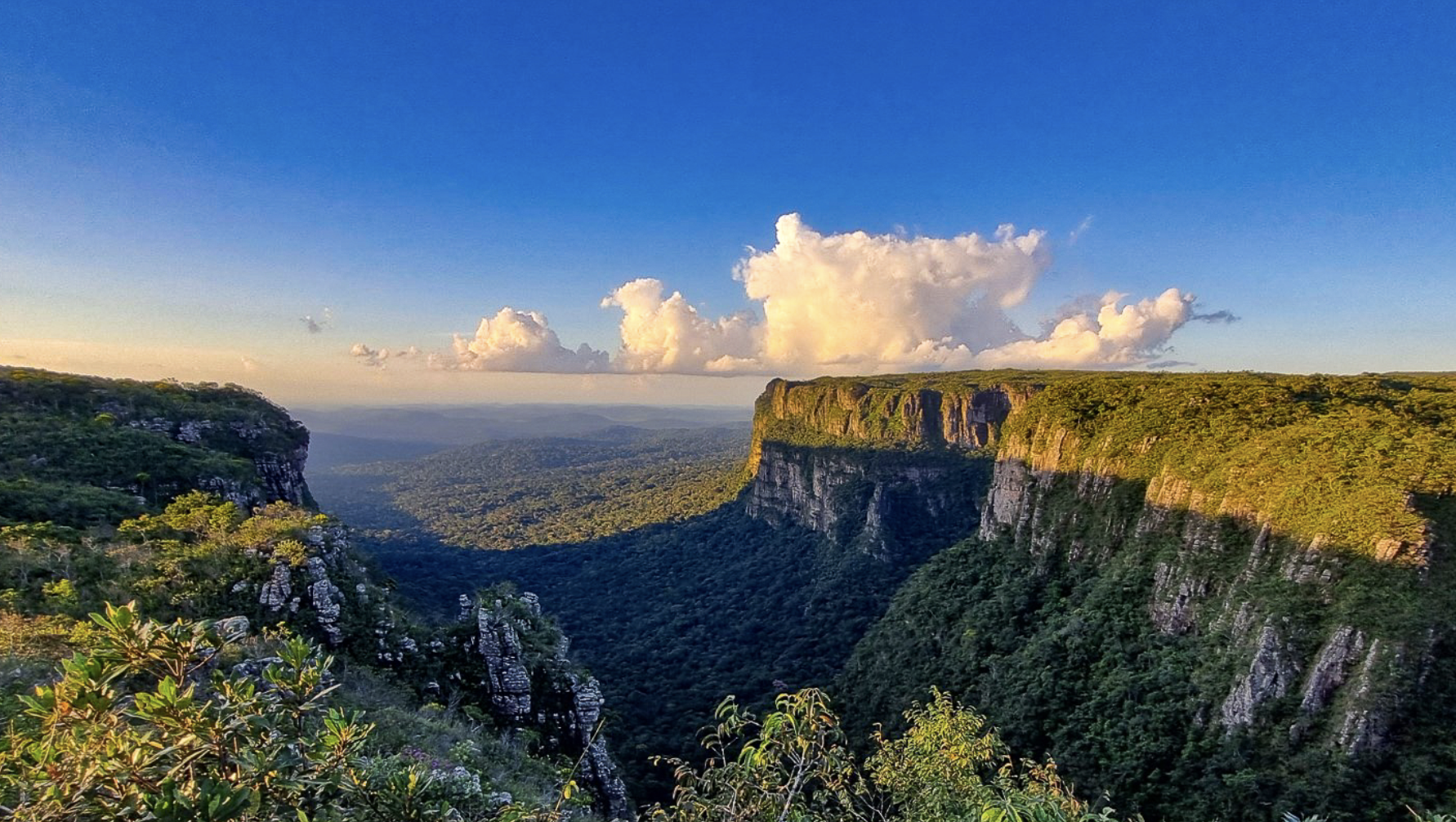
Pacaás Novos National Park
Explore Now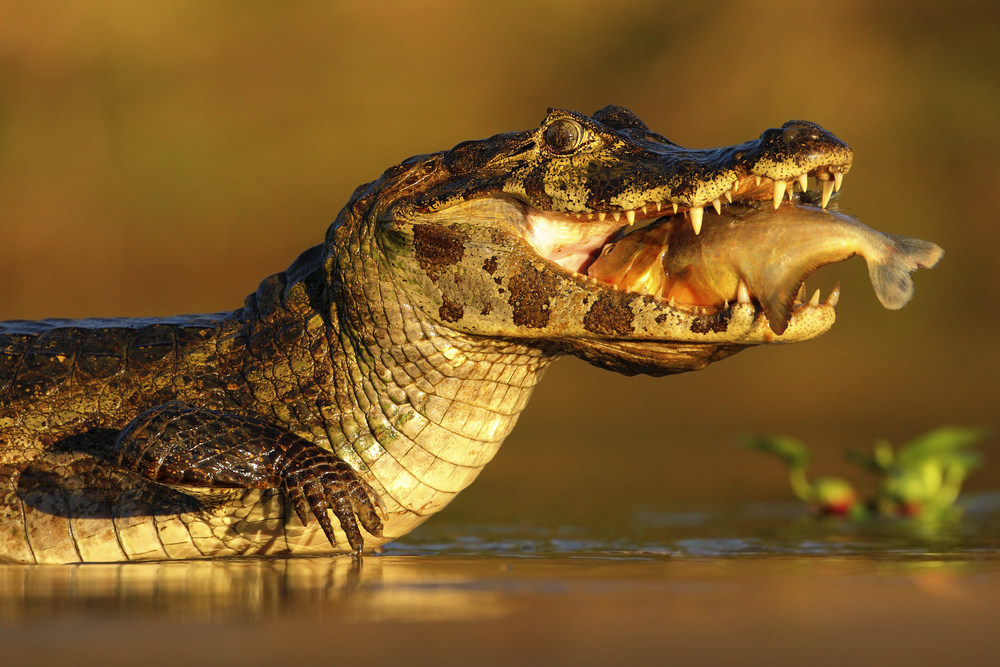
Pantanal Matogrossense National Park
Explore Now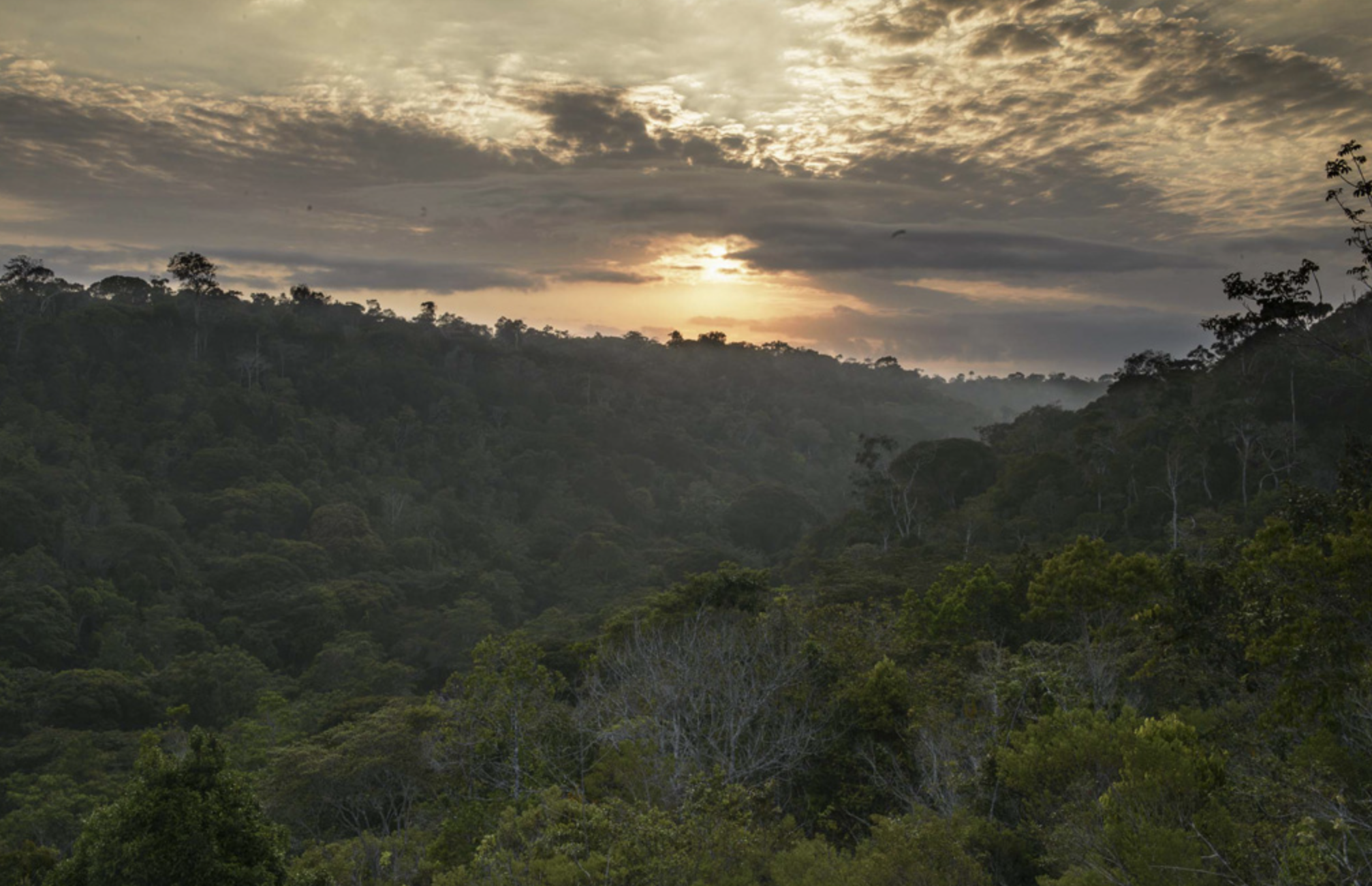
Pau Brasil National Park
Explore Now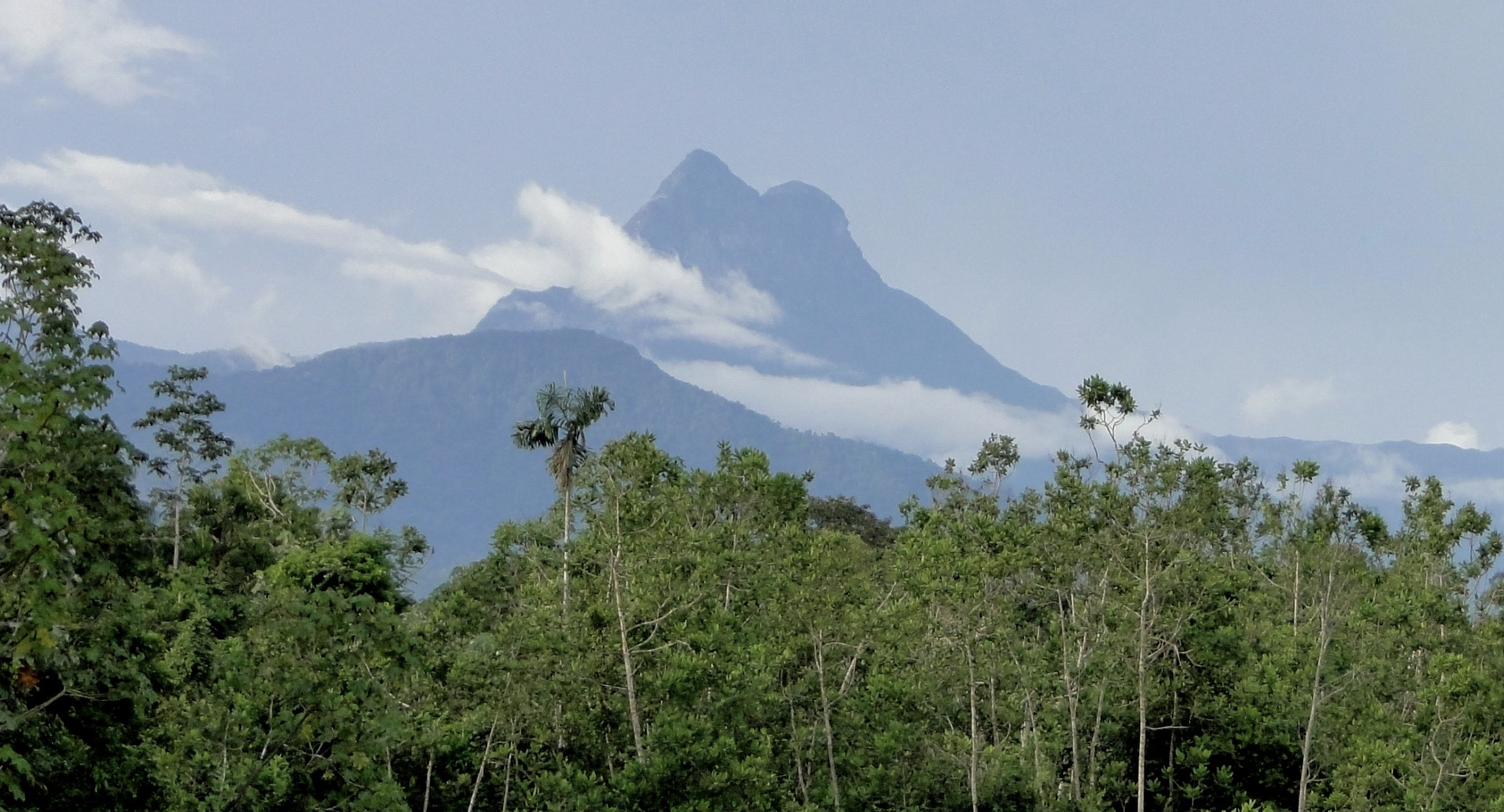
Pico da Neblina National Park
Explore Now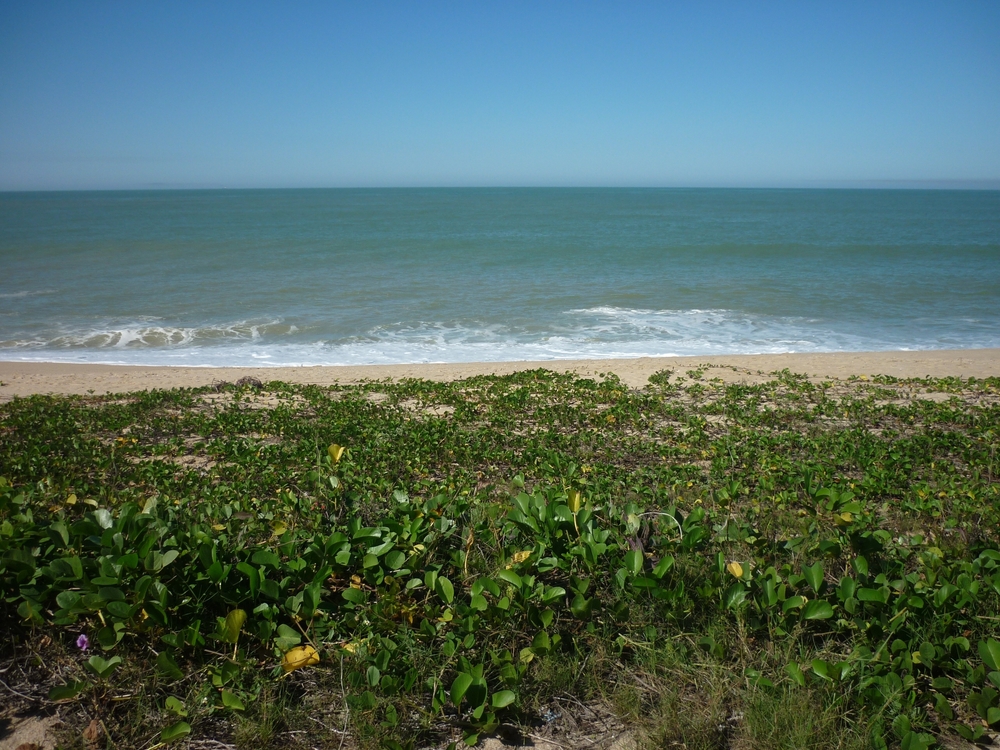
Restinga de Jurubatiba National Park
Explore Now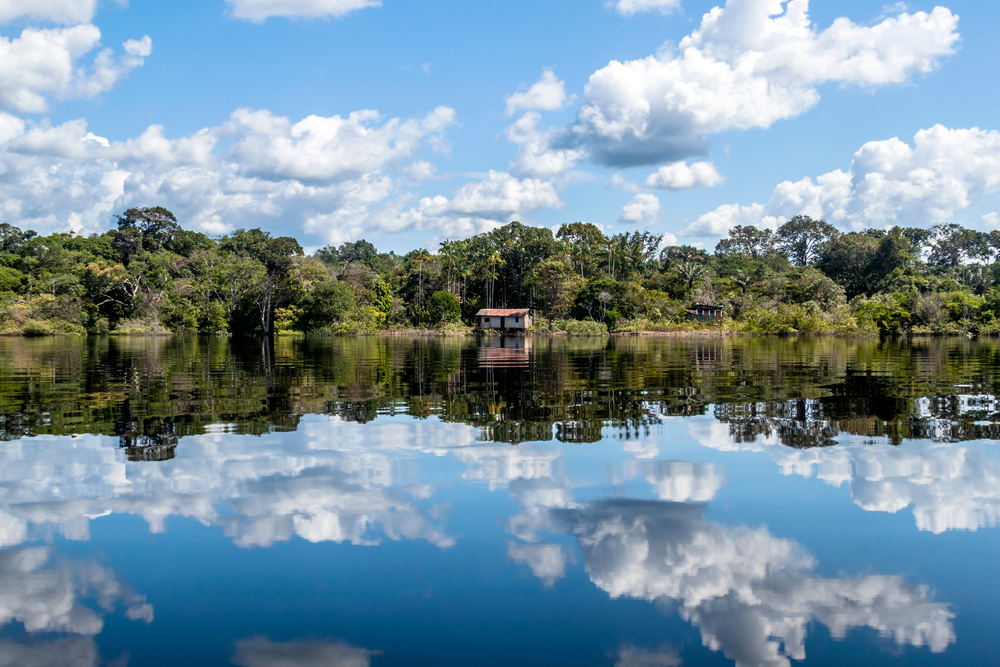
Rio Novo National Park
Explore Now
Saint-Hilaire/Lange National Park
Explore Now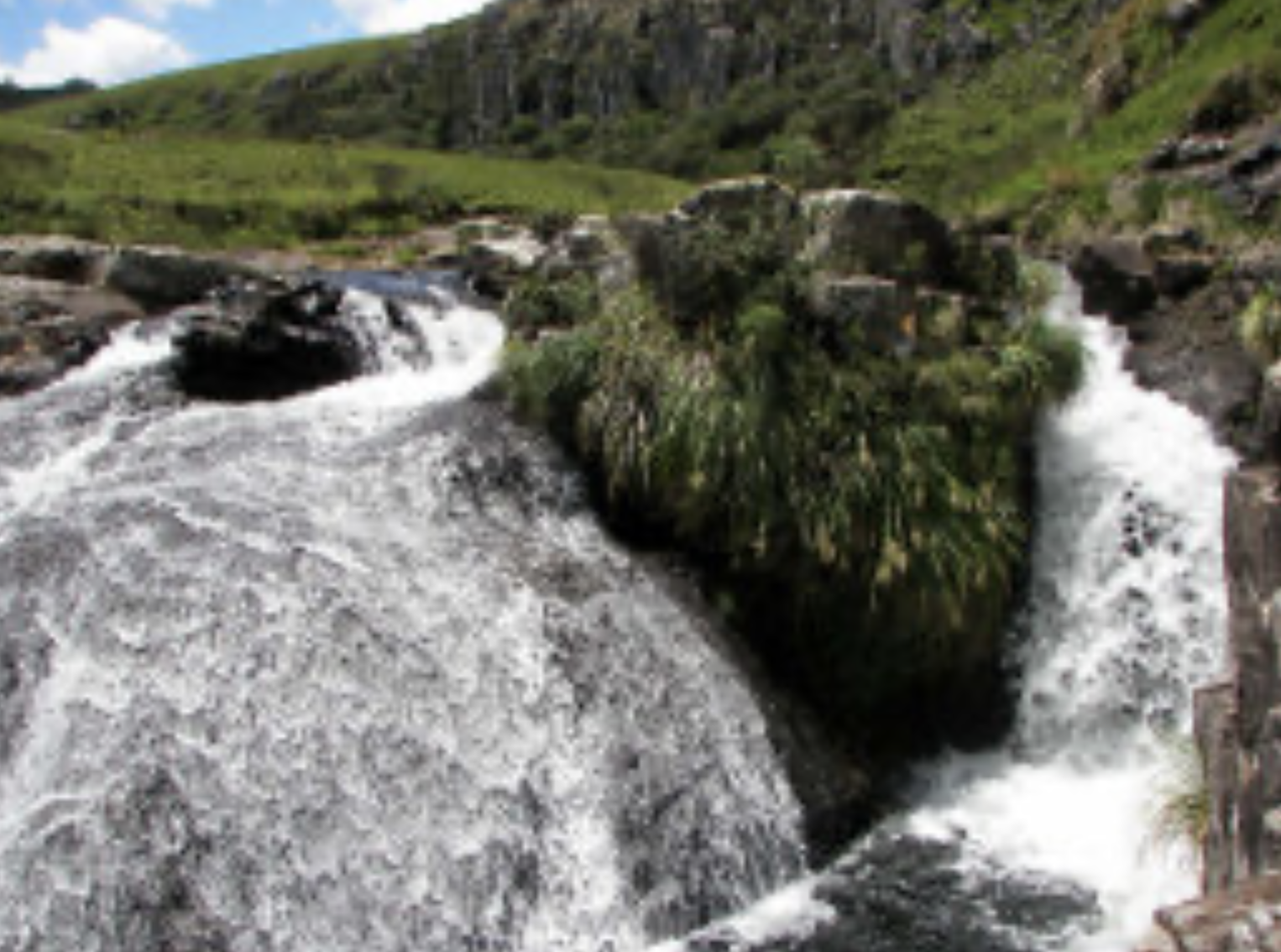
São Joaquim National Park
Explore Now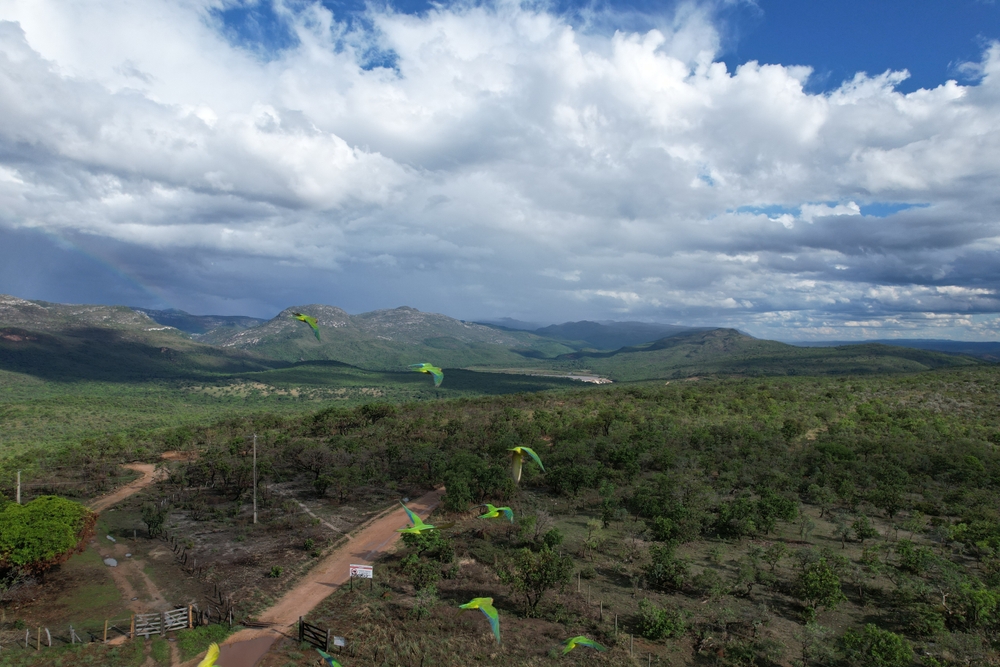
Sempre Vivas National Park
Explore Now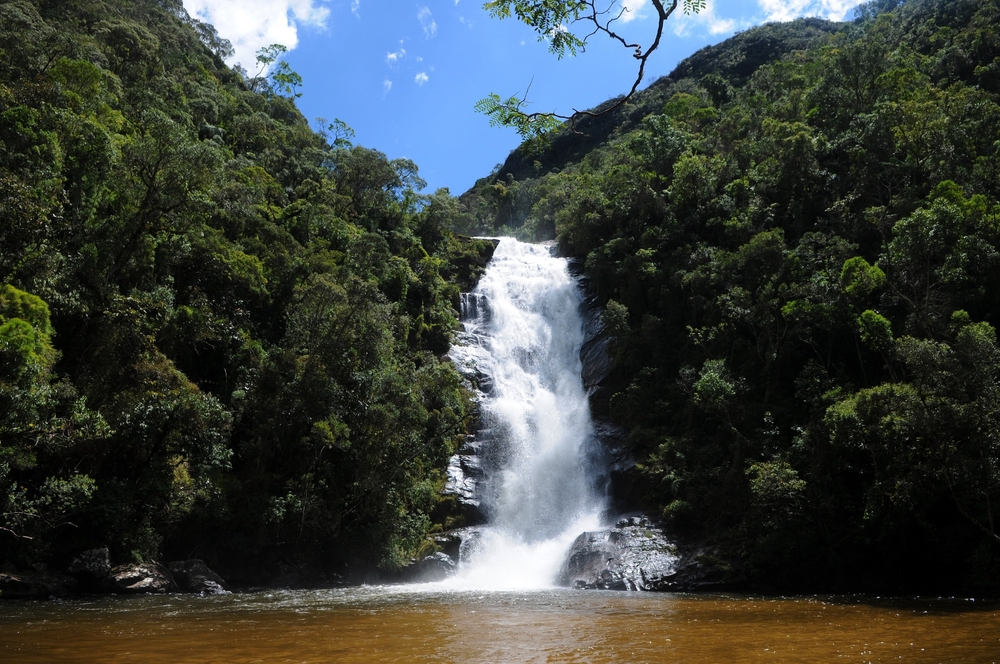
Serra da Bocaina National Park
Explore Now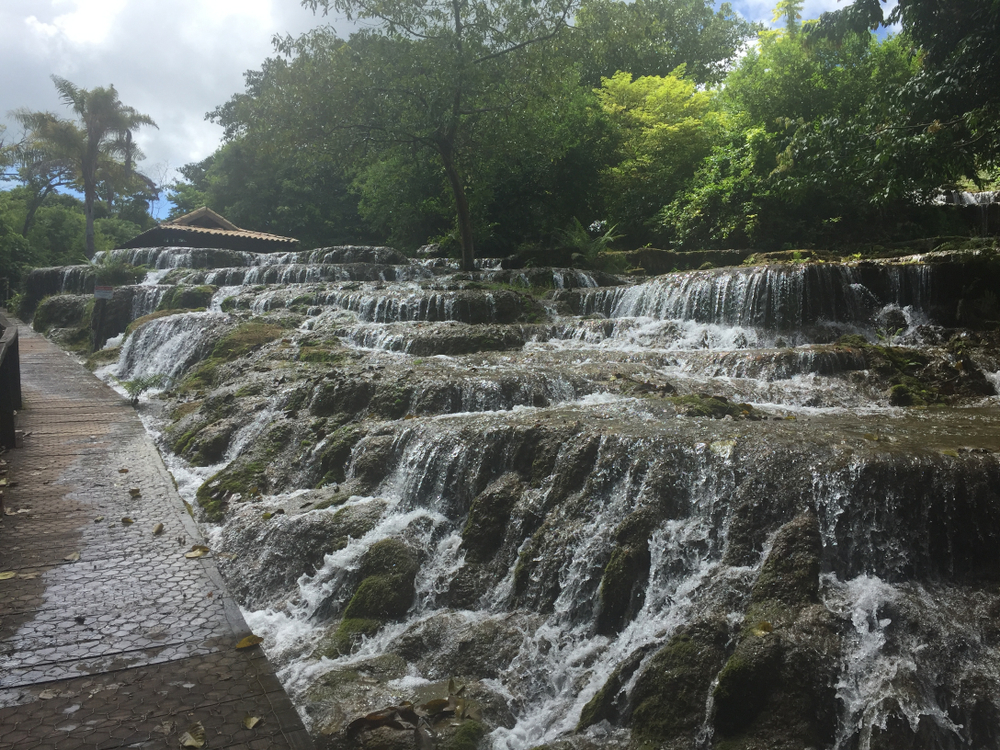
Serra da Bodoquena National Park
Explore Now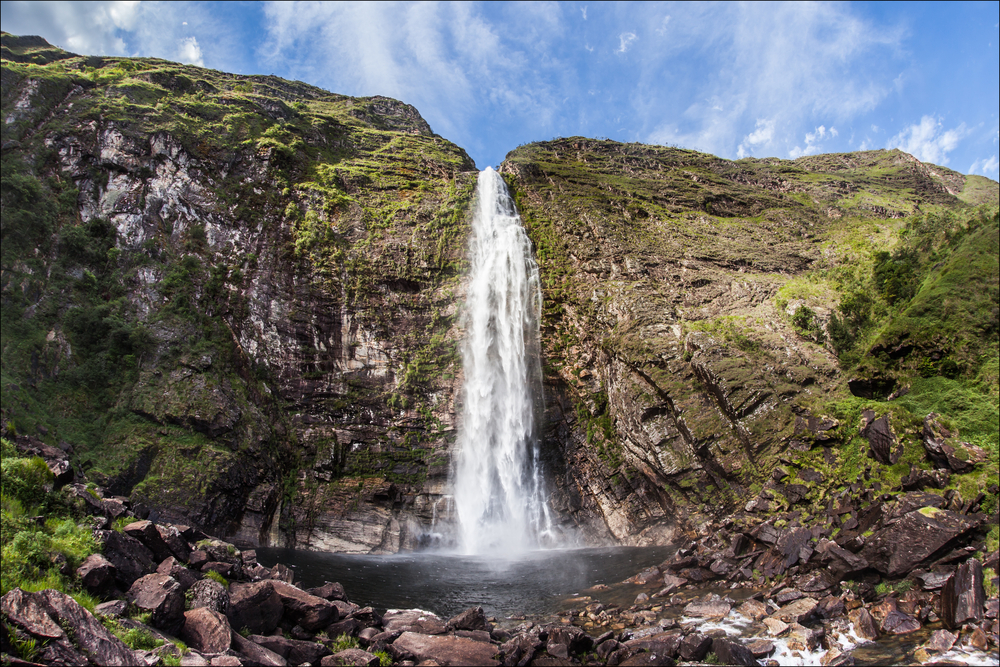
Serra da Canastra NP
Explore Now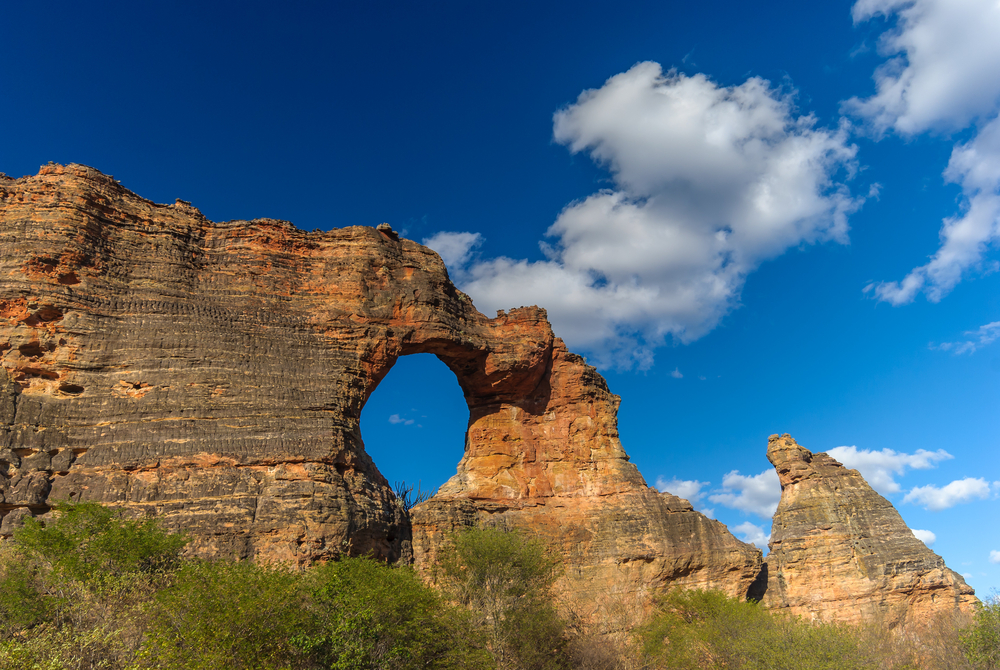
Serra da Capivara National Park
Explore Now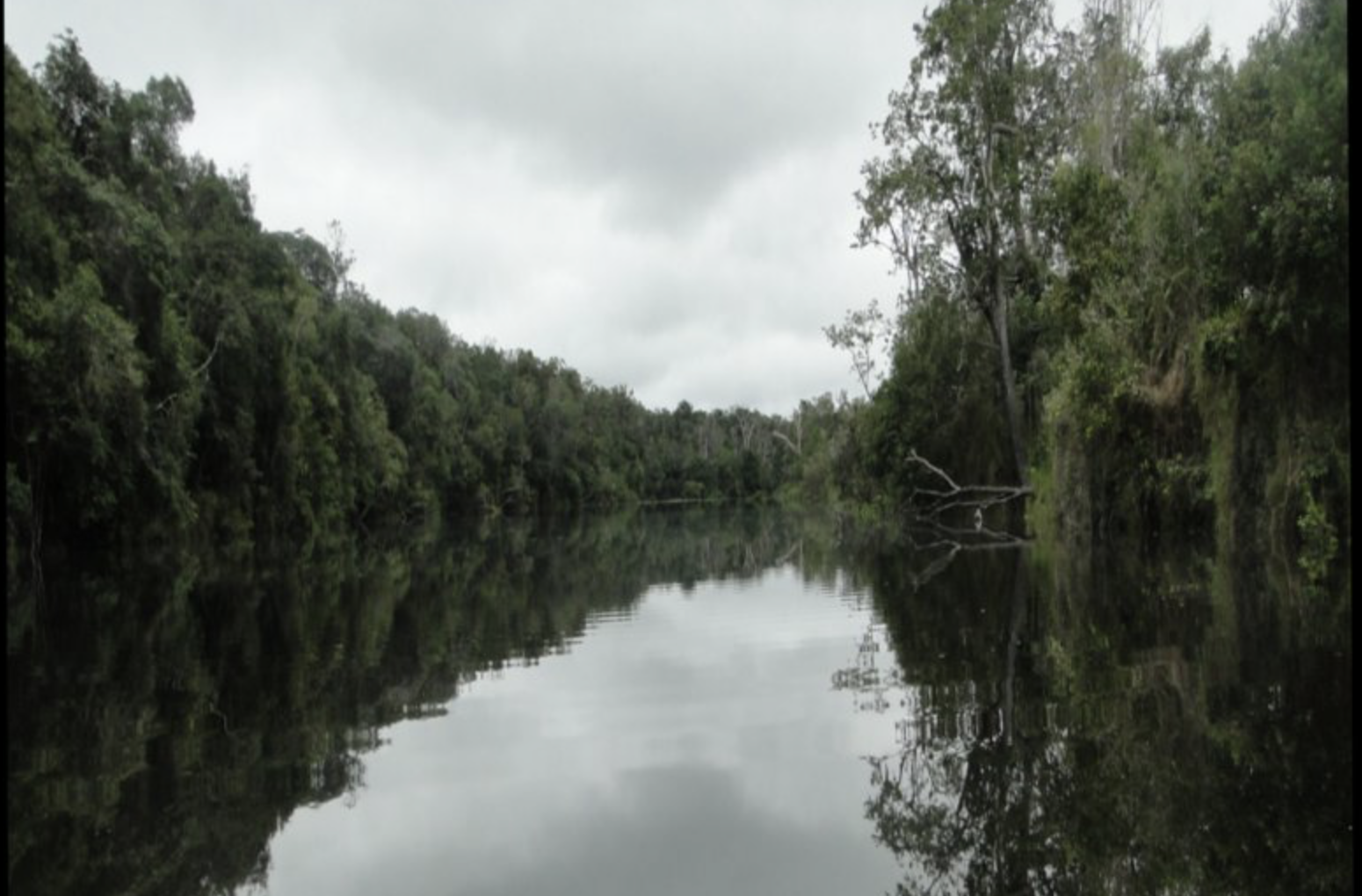
Serra da Cutia National Park
Explore Now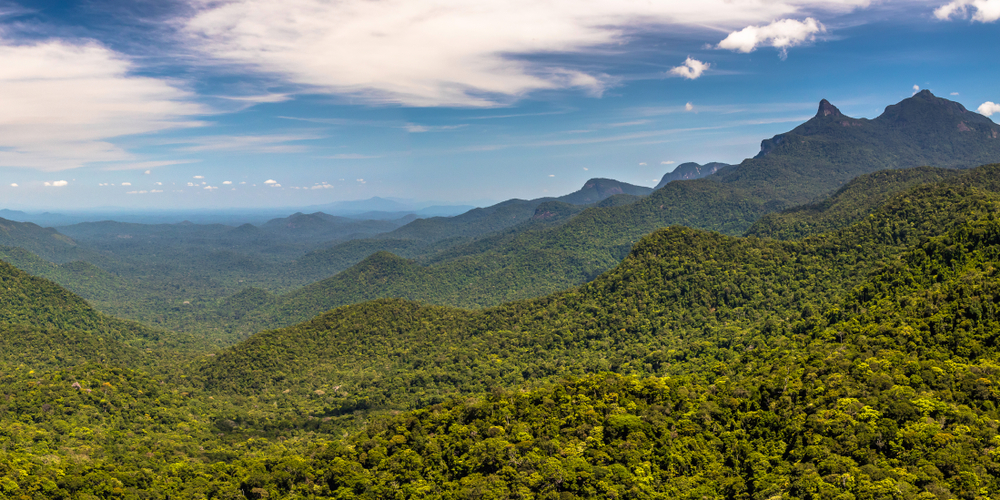
Serra da Mocidade National Park
Explore Now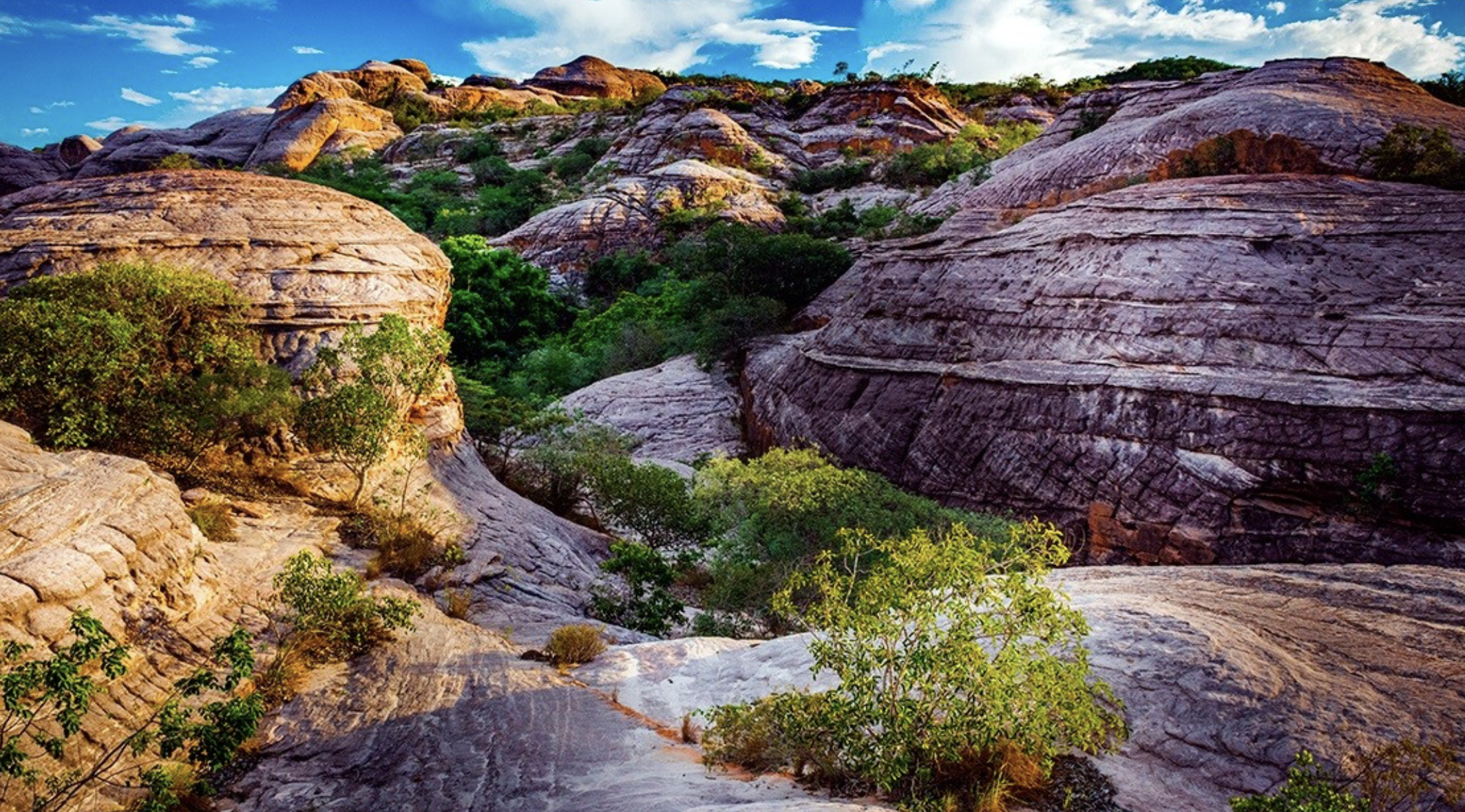
Serra das Confusões National Park
Explore Now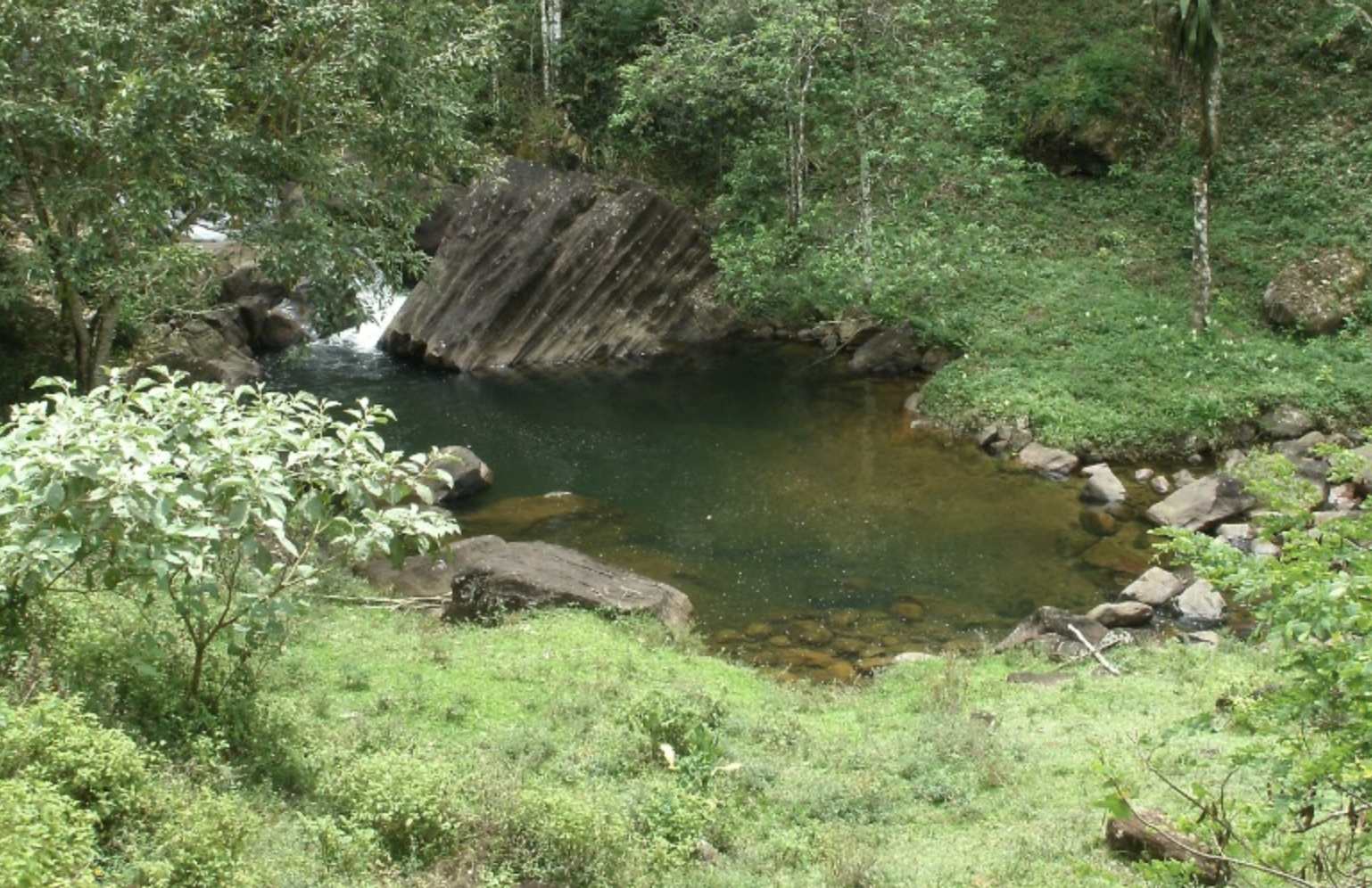
Serra das Lontras National Park
Explore Now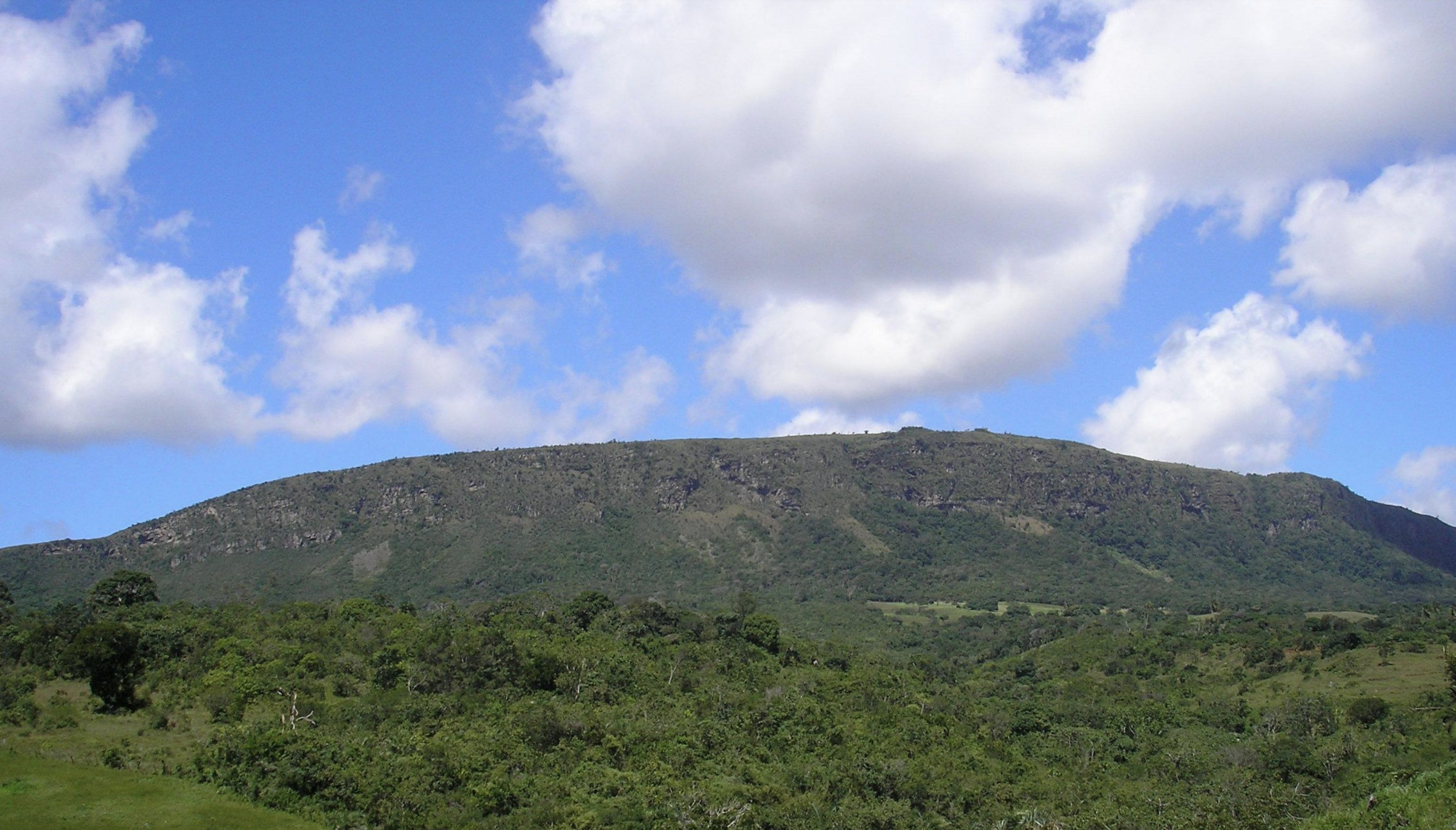
Serra de Itabaiana National Park
Explore Now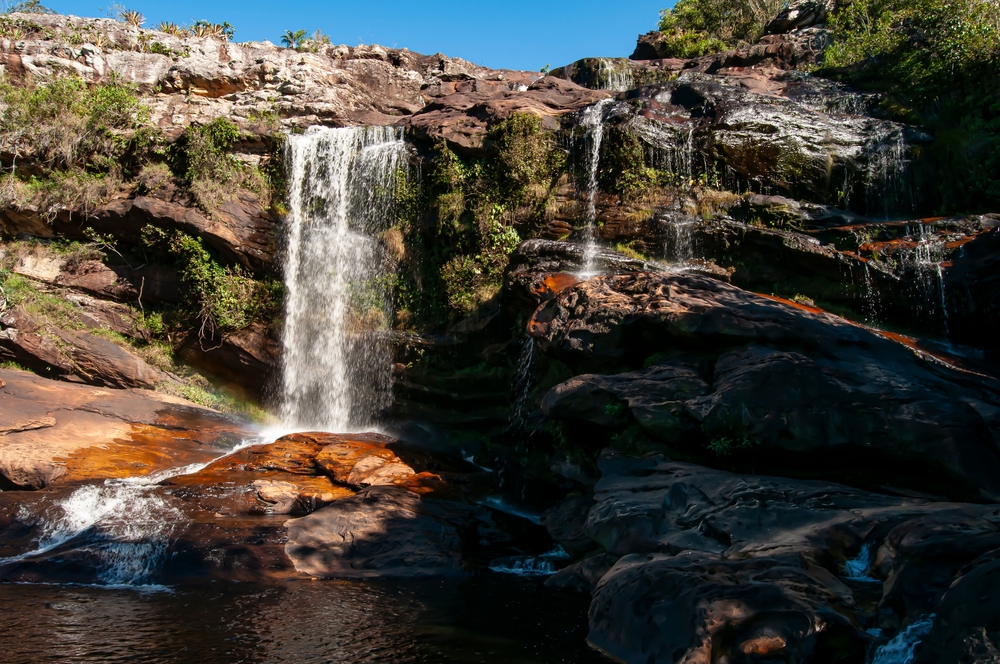
Serra do Cipó National Park
Explore Now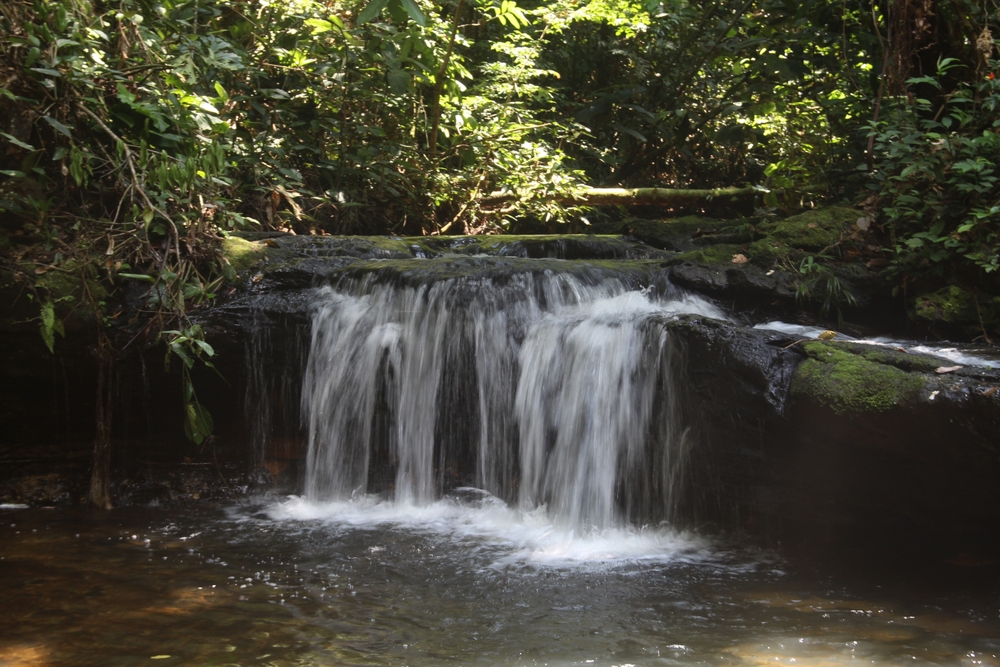
Serra do Divisor National Park
Explore Now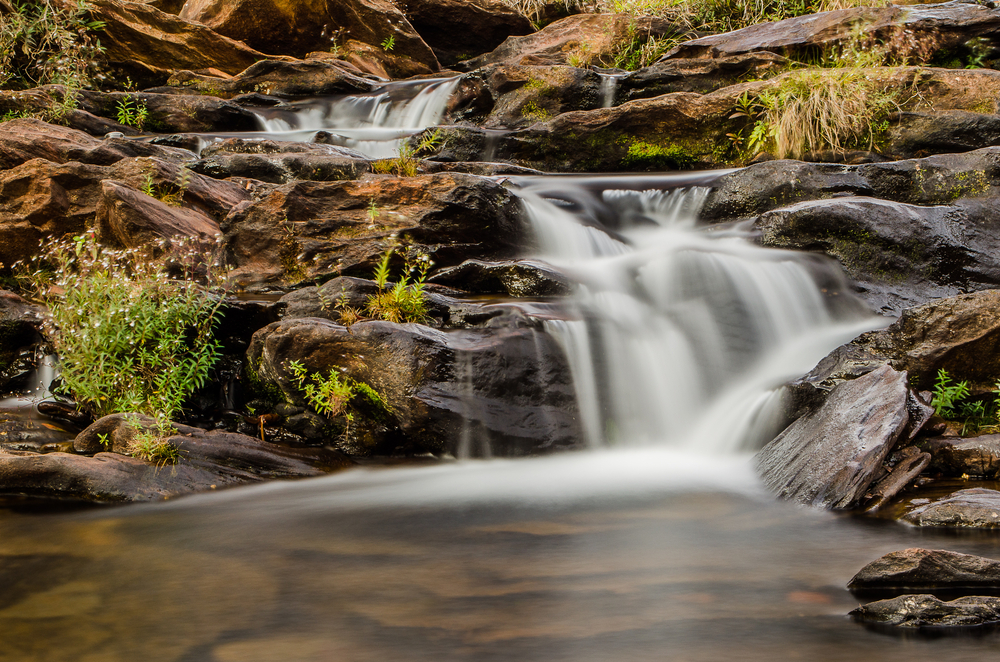
Serra do Gandarela National Park
Explore Now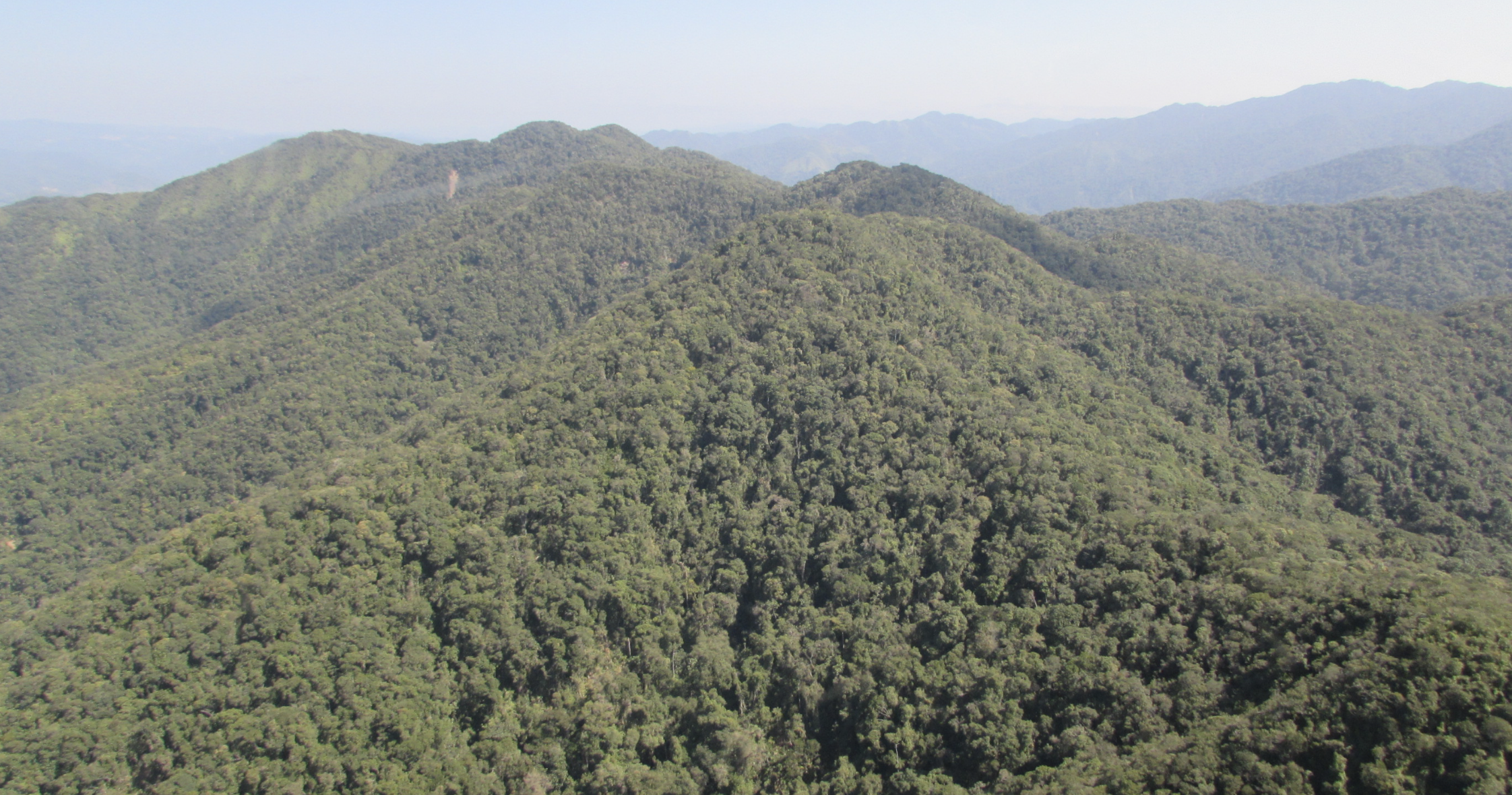
Serra do Itajaí National Park
Explore Now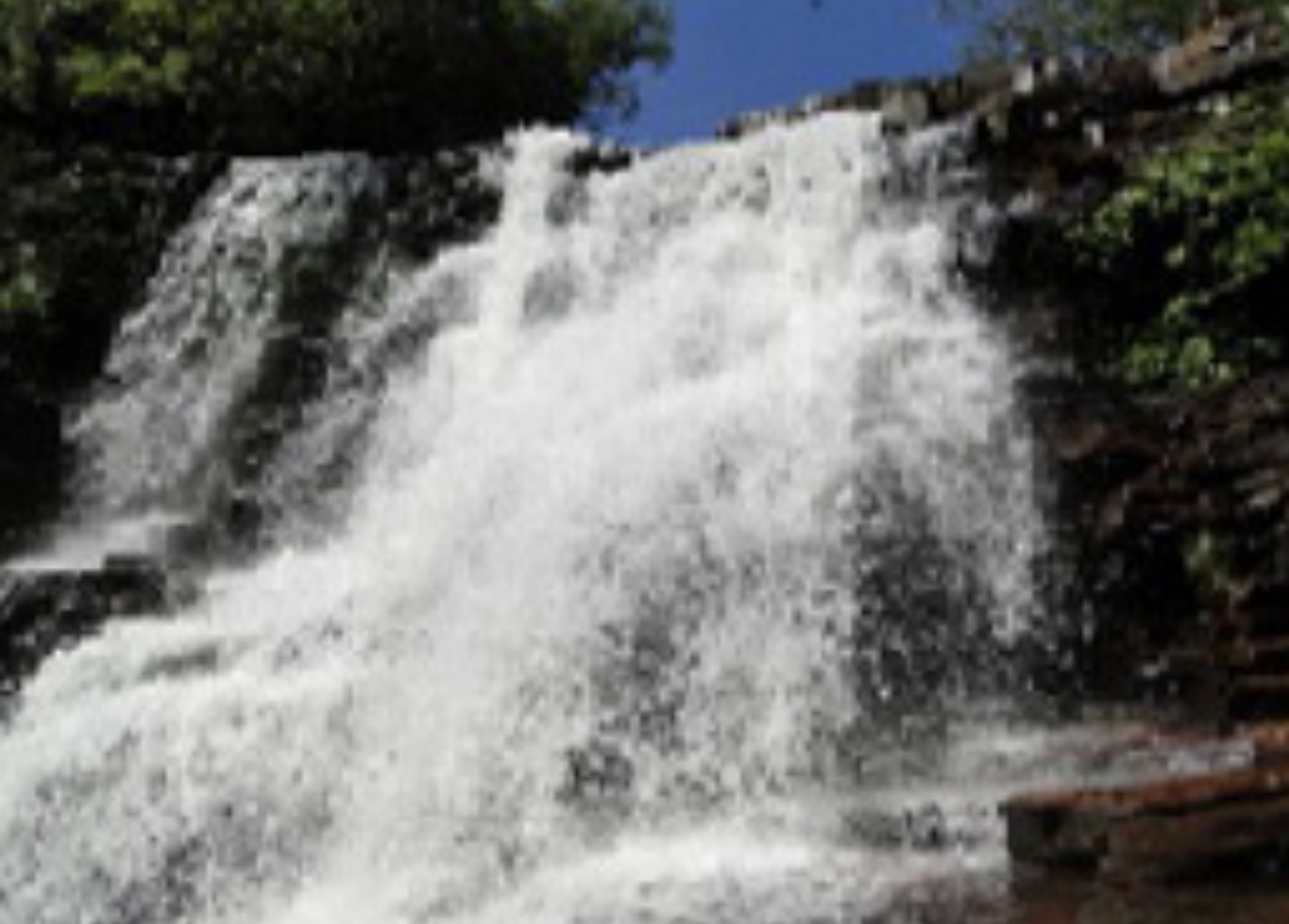
Serra do Pardo National Park
Explore Now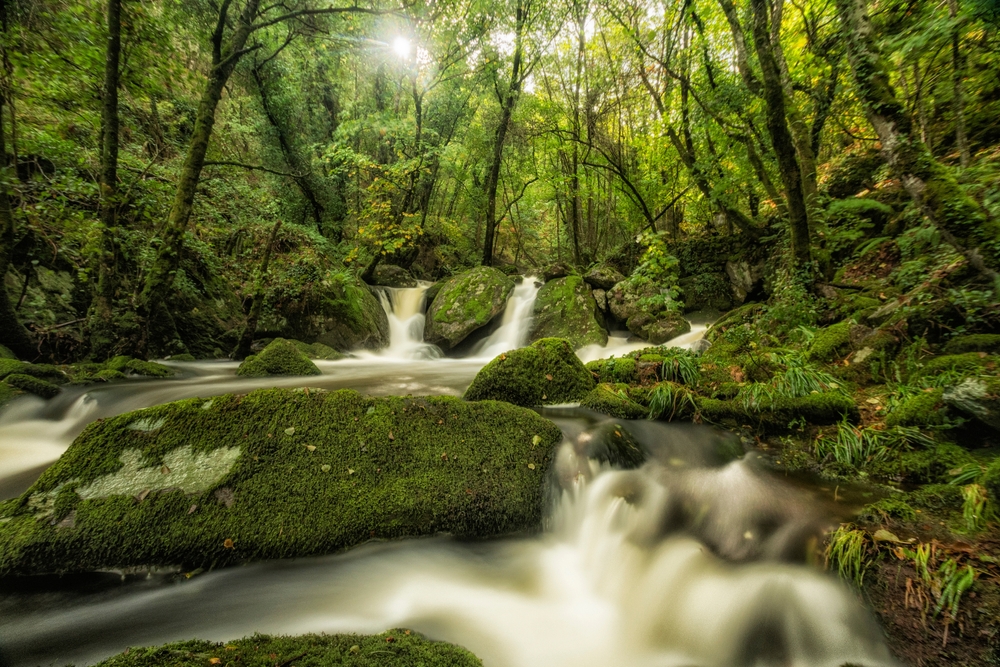
Serra do Teixeira National Park
Explore Now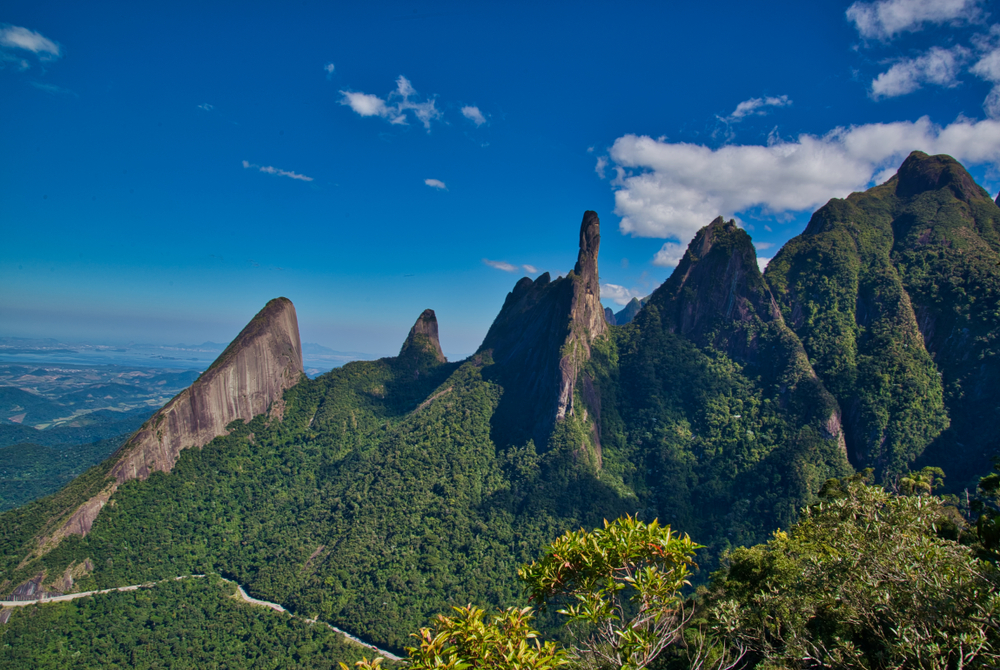
Serra dos Órgãos National Park
Explore Now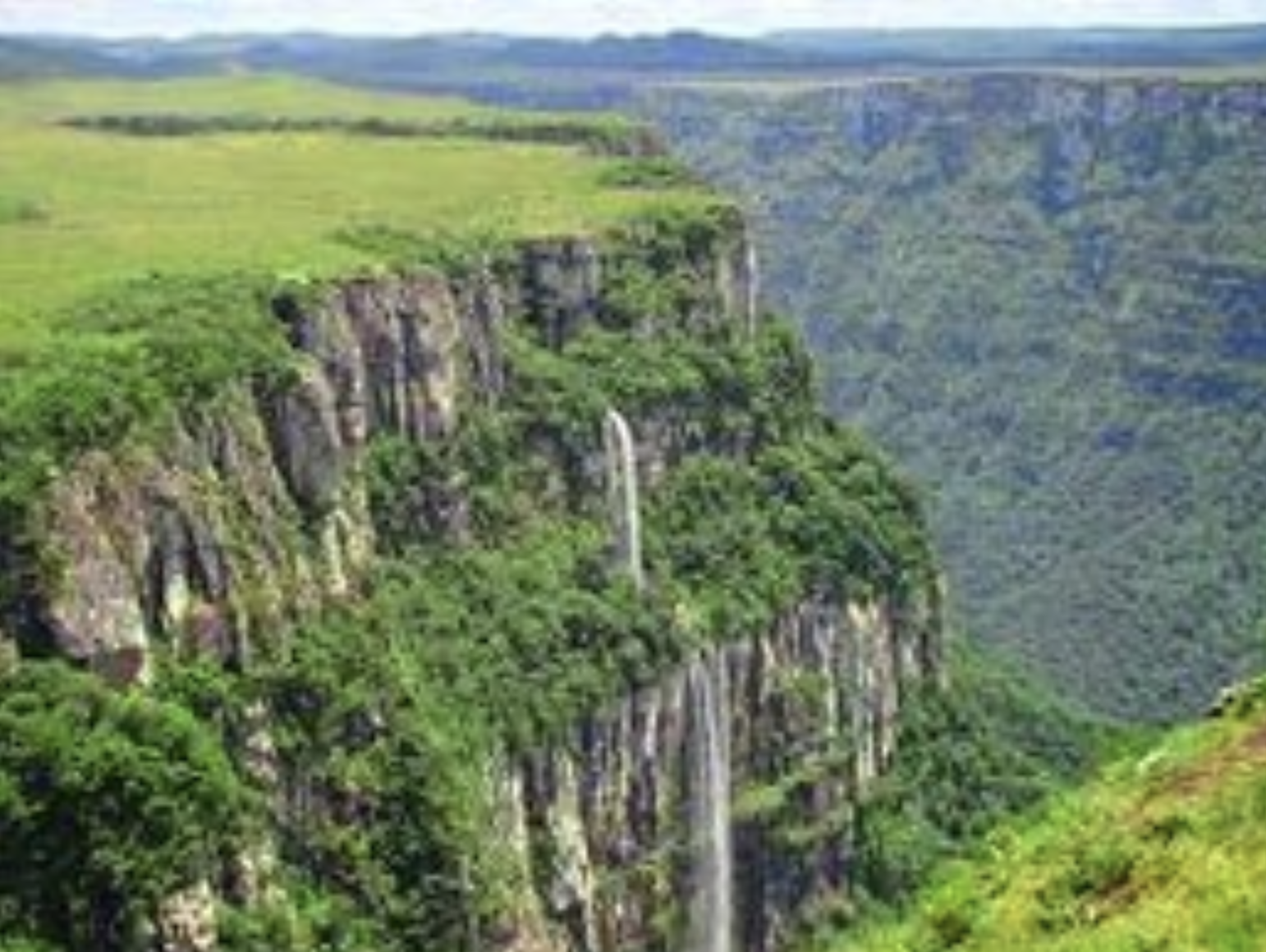
Serra Geral National Park
Explore Now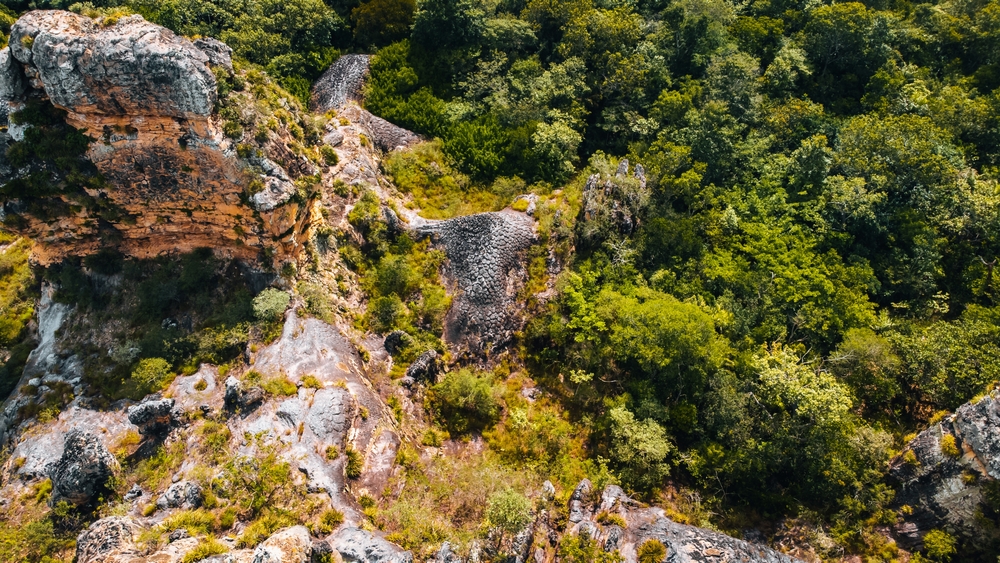
Sete Cidades National Park
Explore Now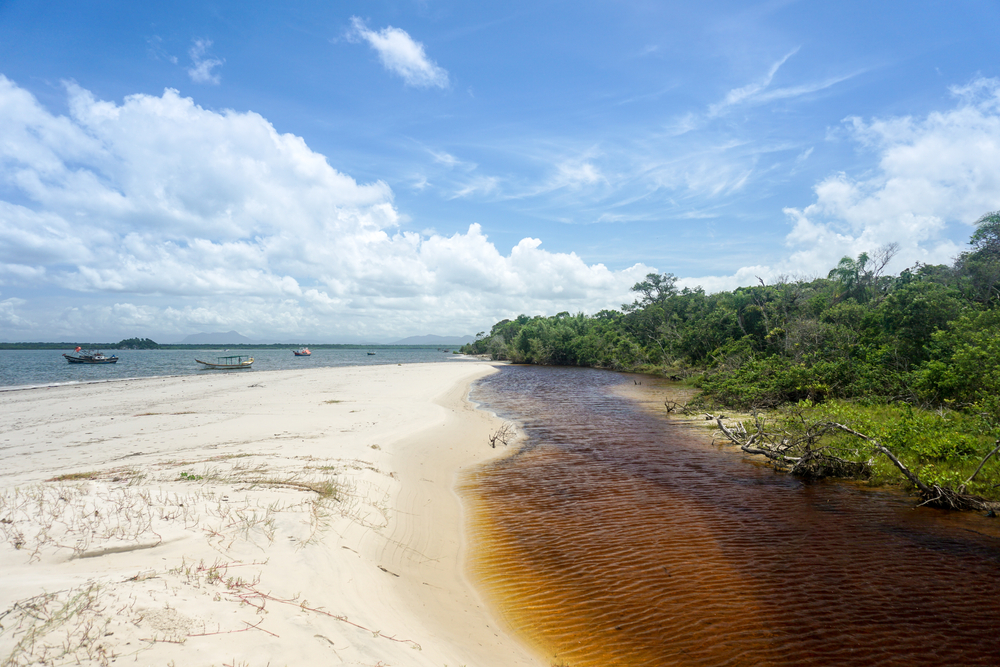
Superagui National Park
Explore Now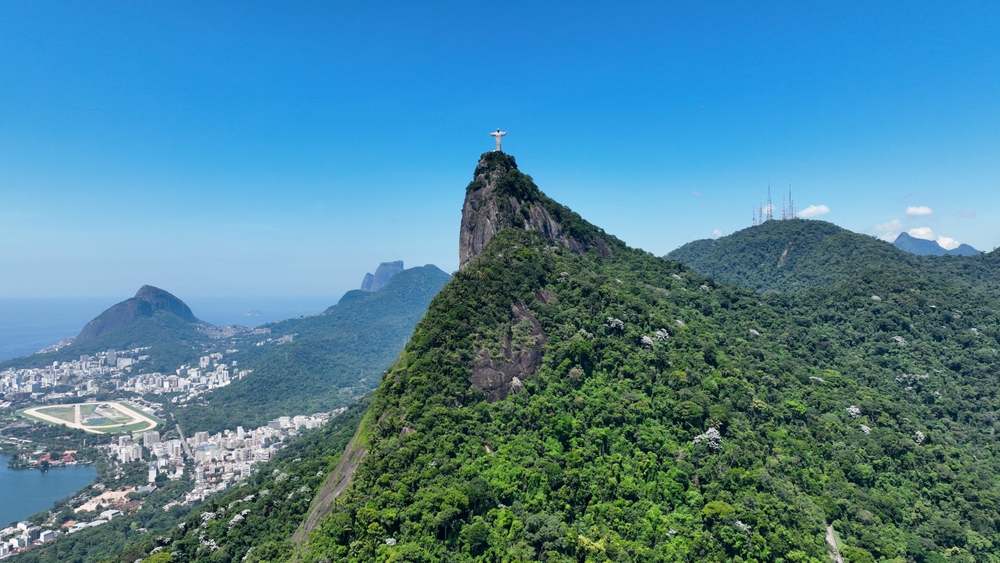
Tijuca National Park
Explore Now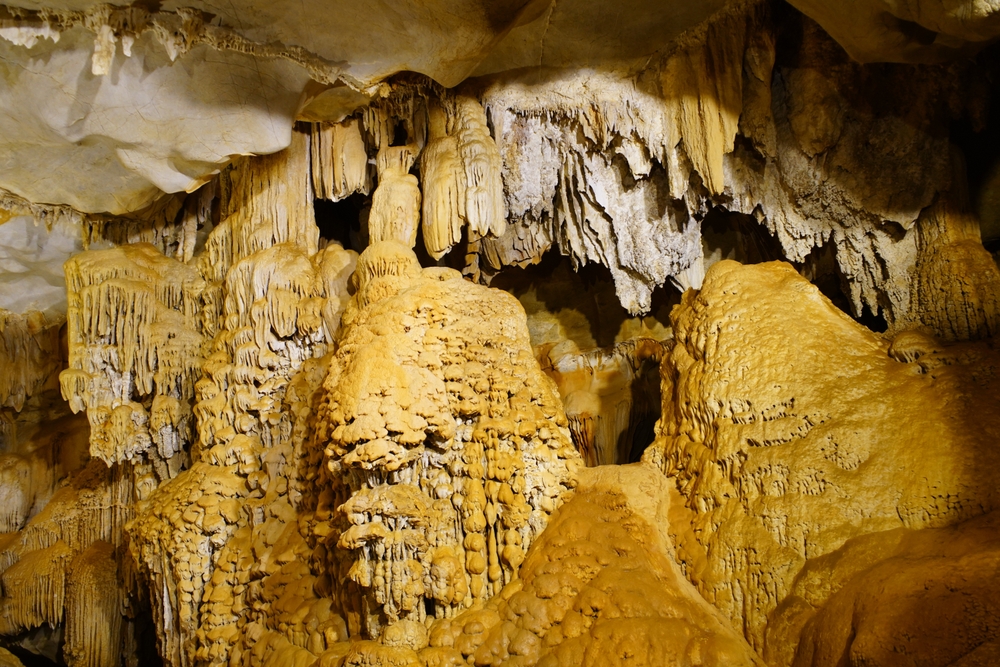
Ubajara National Park
Explore Now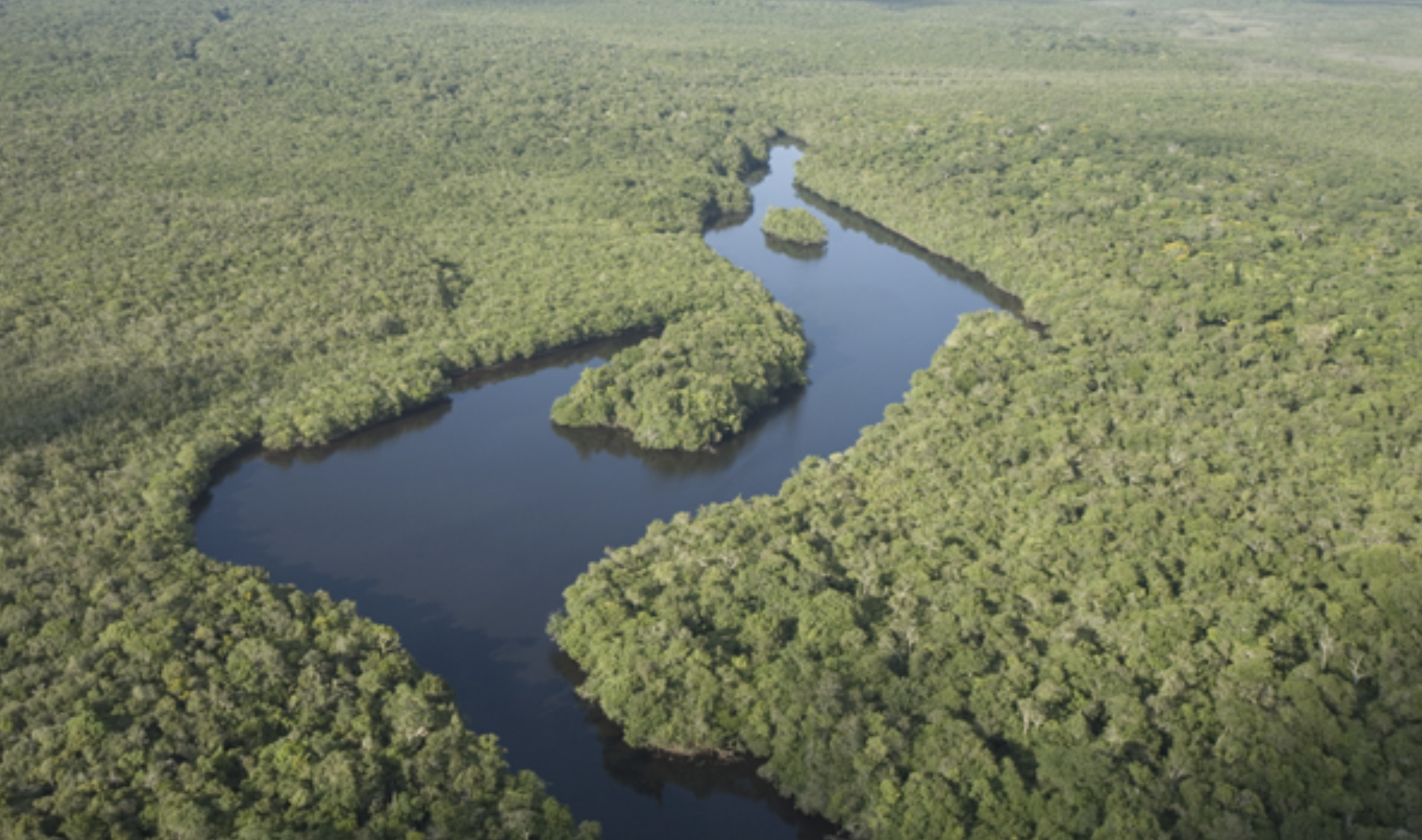
Viruá National Park
Explore NowFAQ’s
1. How many national parks does Brazil have?
2. What is the largest national park in Brazil?
The largest national park in Brazil is Tumucumaque Mountains National Park (Parque Nacional Montanhas do Tumucumaque). Located in the state of Amapá, in the northern region of Brazil, Tumucumaque Mountains National Park covers an area of approximately 38,874 square kilometers (about 15,015 square miles).
Established in 2002, Tumucumaque Mountains National Park is part of the Amazon rainforest and is known for its vast and pristine wilderness. The park encompasses a diverse range of habitats, including dense rainforest, mountains, rivers, and savannas. It is home to a wide variety of plant and animal species, including jaguars, giant otters, tapirs, and numerous species of birds and insects.
Tumucumaque Mountains National Park is recognized for its ecological importance and biodiversity, and it plays a crucial role in the conservation of the Amazon rainforest and its ecosystems
3. What is the smallest national park in Brazil?
The smallest national park in Brazil is the Serra da Capivara National Park (Parque Nacional Serra da Capivara). Located in the state of Piauí, in the northeastern region of Brazil, Serra da Capivara National Park covers an area of approximately 1290.4 square kilometers (about 498.7 square miles).
Established in 1979, Serra da Capivara National Park is renowned for its significant archaeological sites, which contain some of the oldest and most extensive rock art collections in the Americas. The park protects important cultural heritage sites, including ancient rock shelters, caves, and paintings that date back thousands of years, providing insights into the lives and cultures of prehistoric human populations in the region.
Despite its relatively small size compared to other national parks in Brazil, Serra da Capivara National Park is of great archaeological and cultural significance, attracting visitors interested in learning about Brazil’s rich history and heritage.
4. What was the first national park in Brazil?
The first national park in Brazil is Itatiaia National Park (Parque Nacional do Itatiaia). Established on June 14, 1937, Itatiaia National Park is located in the states of Rio de Janeiro and Minas Gerais, in the southeastern region of Brazil.
Itatiaia National Park encompasses an area of approximately 120 square kilometers (about 46 square miles) and protects a diverse range of ecosystems, including Atlantic rainforest, high-altitude grasslands, and rocky peaks. The park is known for its stunning natural beauty, including waterfalls, lakes, and panoramic views of the surrounding landscape.
As the first national park in Brazil, Itatiaia National Park holds historical significance in the country’s conservation efforts and serves as a model for protected area management. It offers visitors opportunities for hiking, birdwatching, and wildlife observation, as well as educational programs and scientific research initiatives aimed at preserving Brazil’s biodiversity and natural heritage.
5. What is the most popular national park in Brazil?
The most popular national park in Brazil is Iguaçu National Park. Located on the border between Brazil and Argentina, this park is home to the famous Iguaçu Falls, one of the largest and most impressive waterfall systems in the world.
The park spans 260 square miles (677 square kilometers) and is a UNESCO World Heritage site. Visitors come to witness the stunning natural beauty of the falls and the surrounding subtropical rainforest, which is rich in biodiversity, including species such as jaguars, tapirs, and toucans.
6. What organizations support and serve Brazil's national parks?
Semeia is a non-profit organization whose mission is to inspire Brazilians to visit and take pride in our natural parks and their importance to nature conservation. We believe parks are part of a virtuous circle, serving as instruments of environmental impact and tools for social and economic transformation.
We advocate for public policies that promote better park infrastructure and management, facilitate collaboration among private, public, and third-sector entities to enhance parks and sustainable tourism, and produce research and policy briefs to encourage public debate about natural parks and their impacts in Brazil.
Since 2011, we have supported over 20 local governments and national-level agencies and contributed to the conservation of more than 5,000 km² across 33 parks in Brazil. More recently, we have initiated plans to promote ecotourism and support local projects as tools to engage policymakers and connect Brazilians to our unique natural heritage.
Entreparques project is a project committed to supporting and promoting the national parks of Brazil. Dennis and Letícia visited the 75 parks in Brazil and share insights, images, and important messages about the national parks found across Brazil.
7. What percentage of Brazil's land area is protected through official National Parks?
Brazil has around 7.5% of its land area protected through national parks and other conservation units, covering approximately 1,500,000 square kilometers (579,000 square miles). These parks are vital for preserving the country’s unique ecosystems, from the Amazon rainforest to the Pantanal wetlands and the Atlantic Forest.
8. What other protected areas are there in Brazil?
In addition to national parks, Brazil has numerous other protected areas, including biological reserves, ecological stations, and sustainable development reserves.
One notable example is the Chico Mendes Extractive Reserve, which supports traditional communities while conserving the Amazon rainforest. Ecological stations, like Jureia-Itatins, focus on scientific research and the preservation of Brazil’s Atlantic Forest.
9. What nature attractions does Brazil have apart from National Parks?
Brazil is home to some of the world’s most stunning natural attractions outside its national parks. The Amazon River and its vast rainforest basin are among the most biodiverse areas on Earth.
The Pantanal, the world’s largest tropical wetland, is a haven for wildlife enthusiasts. Additionally, Lençóis Maranhenses, with its surreal landscape of sand dunes and seasonal lagoons, offers a unique experience. Brazil’s extensive coastline features world-renowned beaches like Copacabana and Ipanema.
10. What species are endemic and unique to Brazil alone?
Brazil boasts a wide variety of endemic species. Notable examples include the golden lion tamarin, a small primate native to the Atlantic Forest.
The maned wolf, with its distinctive long legs and reddish coat, is found in the Cerrado grasslands. Additionally, Brazil is home to the Brazilian three-banded armadillo, found in the dry forests and savannas of northeastern Brazil.
11. What is Brazil's main international airport?
Brazil’s primary international airport is São Paulo-Guarulhos International Airport (GRU), located in São Paulo. It is the busiest airport in the country and handles the majority of international flights.
Other major international airports include Rio de Janeiro-Galeão International Airport (GIG) and Brasília International Airport (BSB).
12. What international airline companies fly into Brazil?
The following international airlines serve Brazil:
- Aerolineas Argentinas
- Air Canada
- Air France
- American Airlines
- Avianca
- British Airways
- Copa Airlines
- Delta Air Lines
- Emirates
- KLM
- LATAM Airlines
- Lufthansa
- Qatar Airways
- TAP Air Portugal
- United Airlines
13. Who manages the national parks of Brazil?
Brazil’s national parks are managed by Instituto Chico Mendes de Conservação da Biodiversidade (ICMBio), a federal agency responsible for the protection and management of conservation units in the country. ICMBio works to preserve biodiversity and promote sustainable use of natural resources.
More information can be found on their official website: https://www.icmbio.gov.br.

